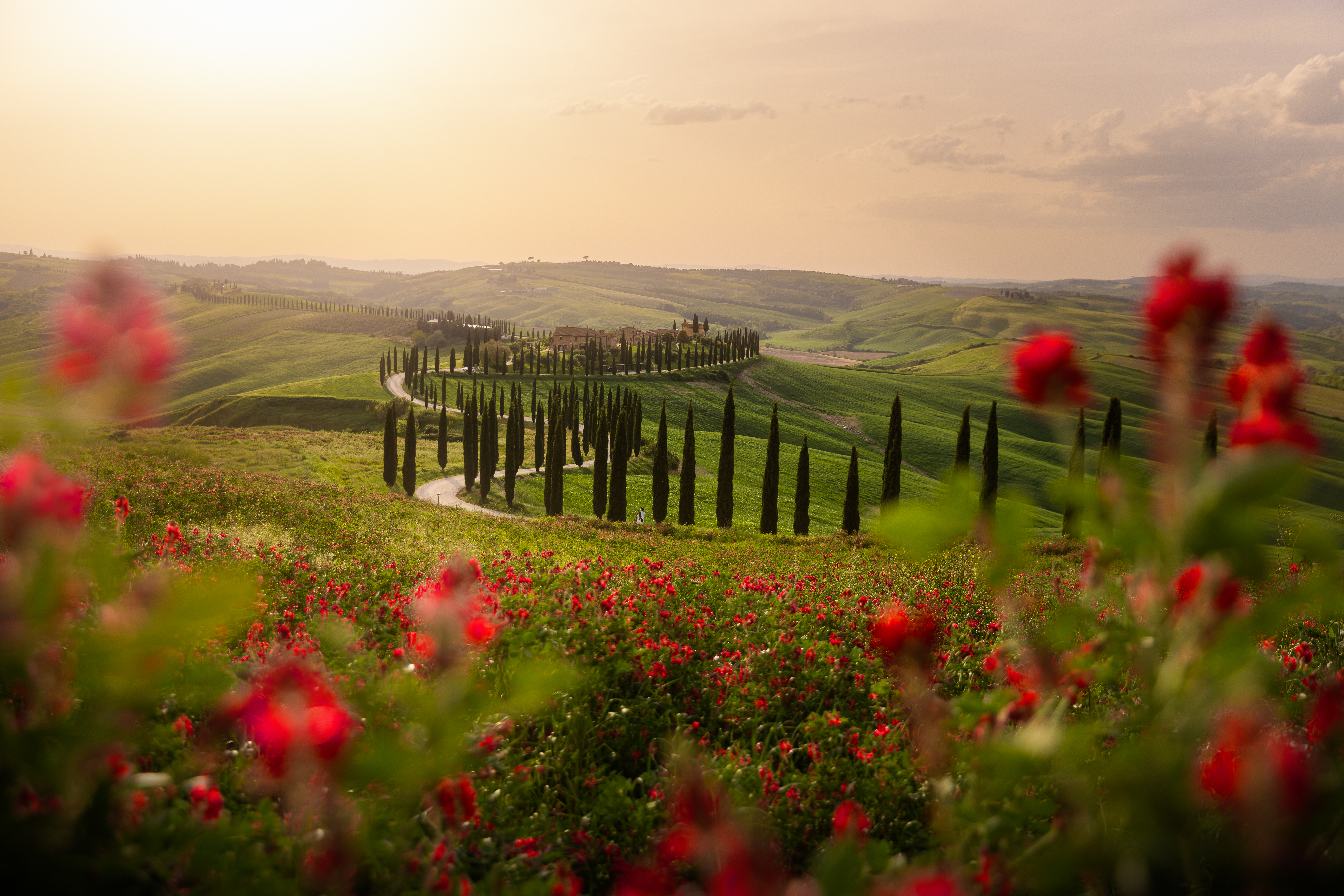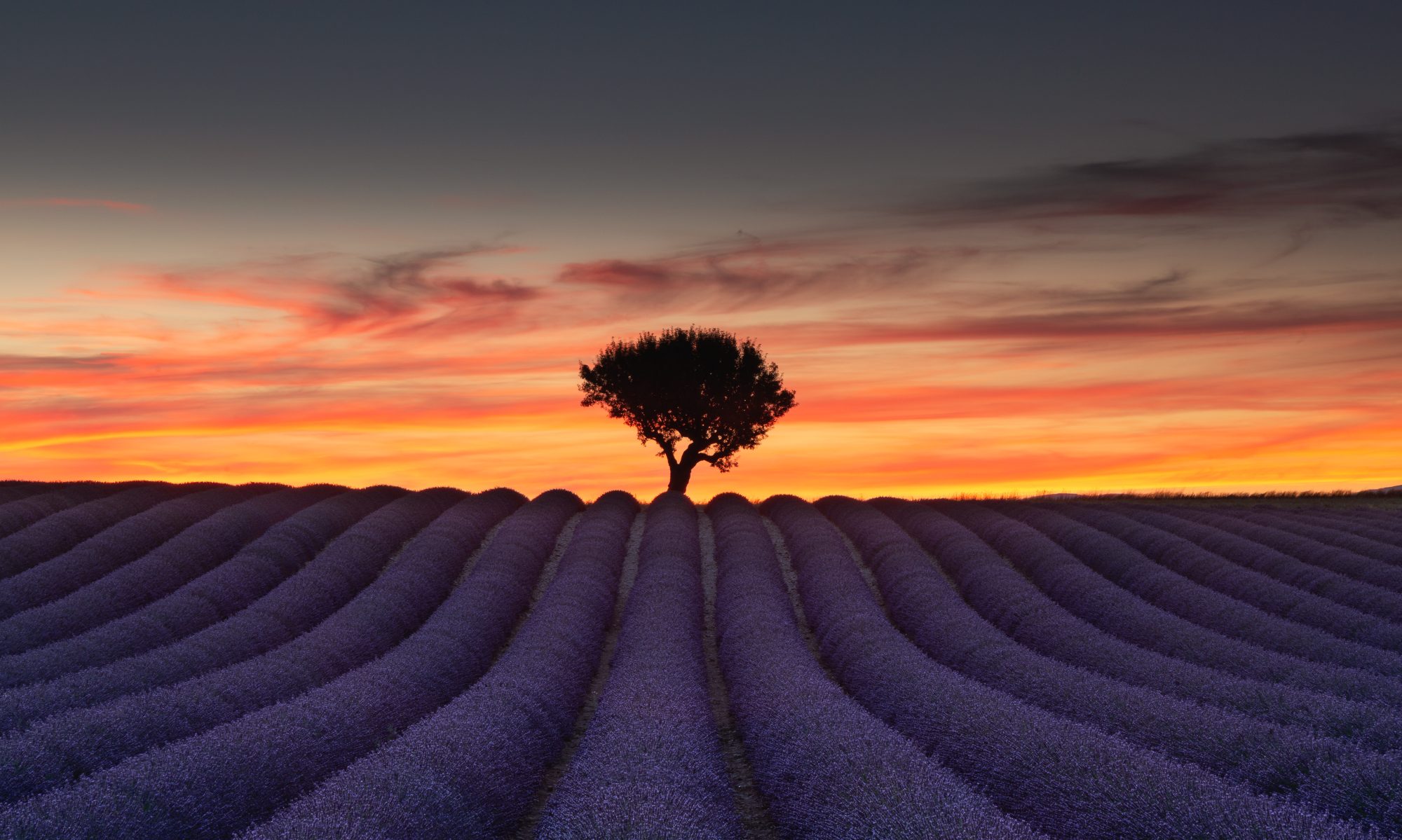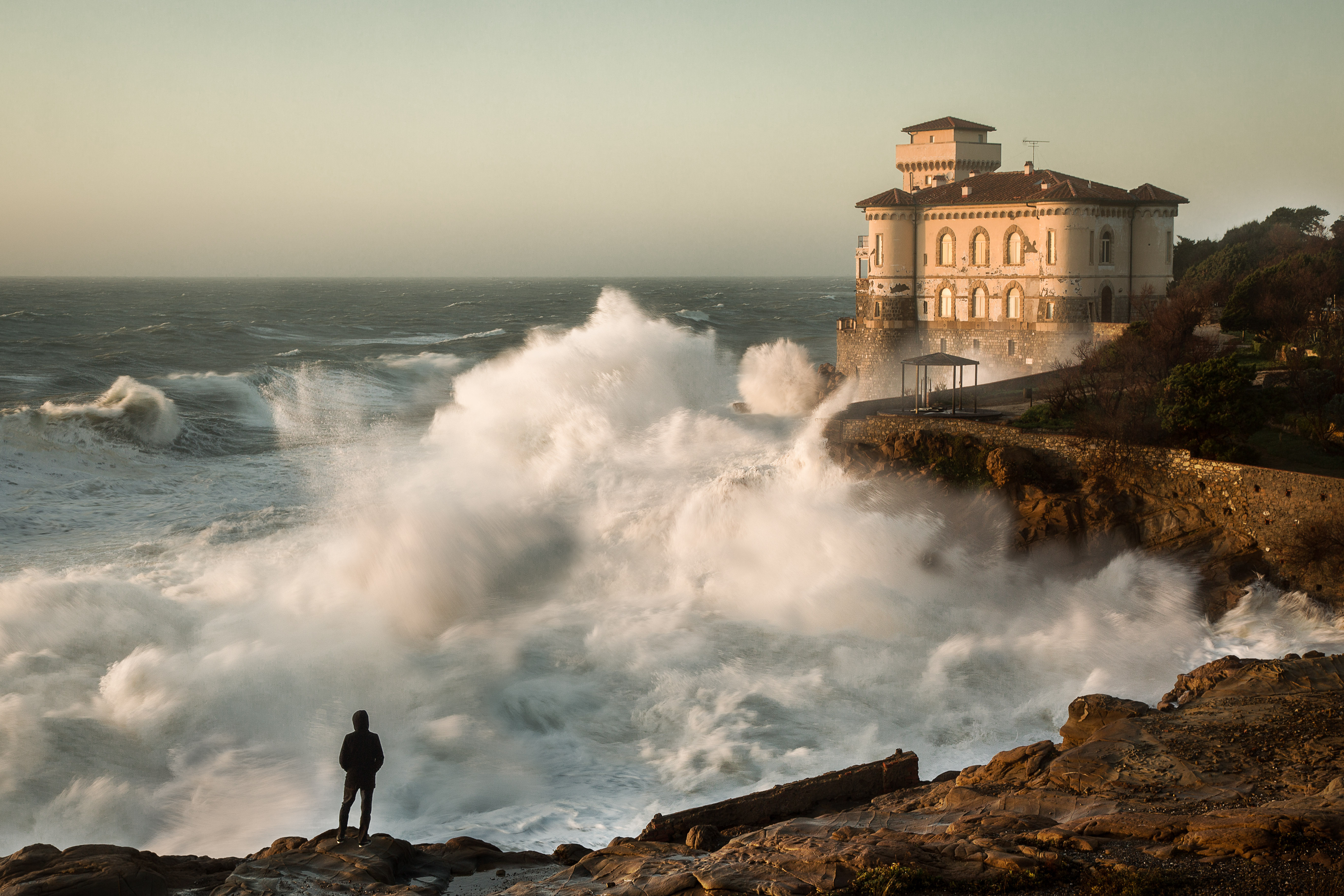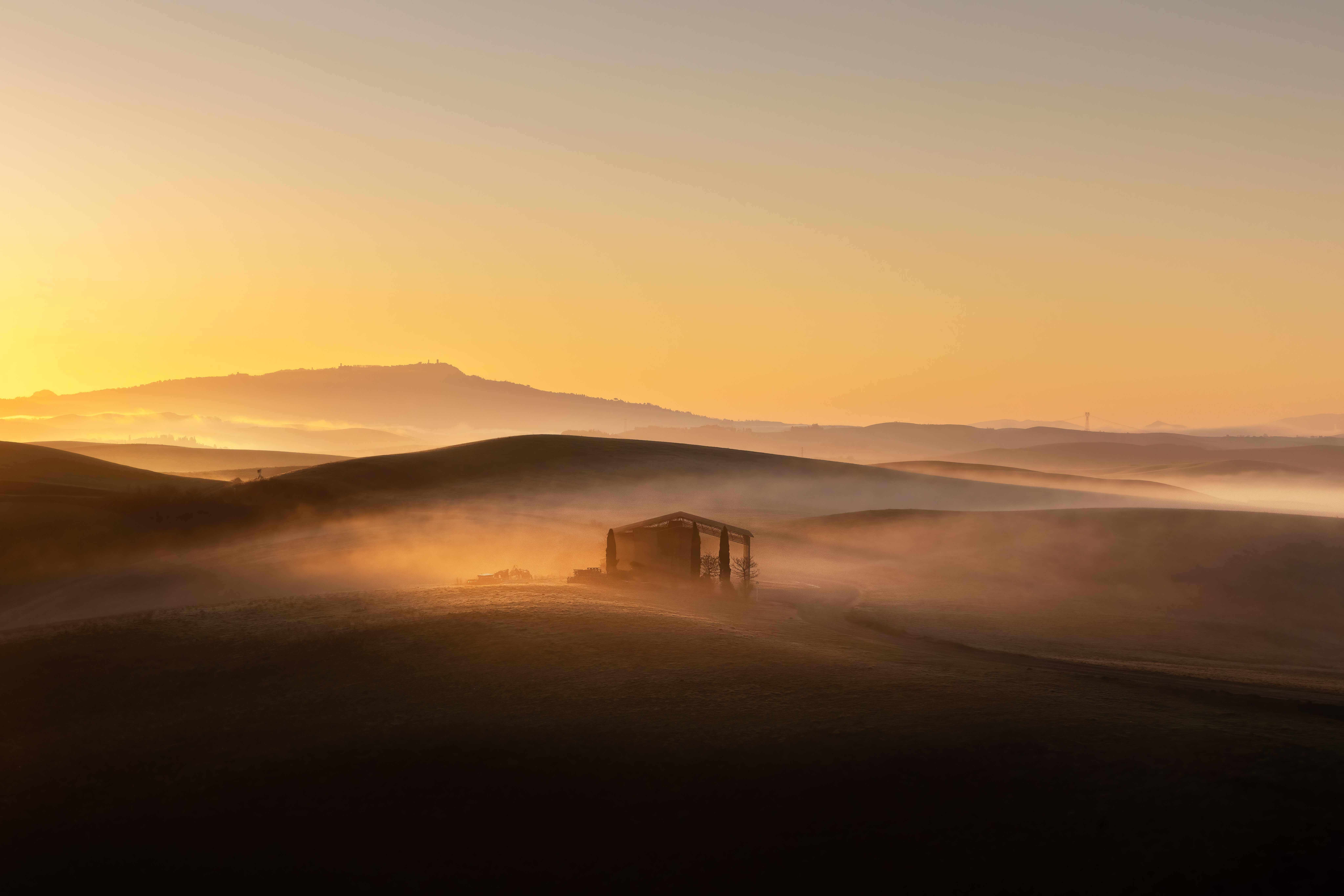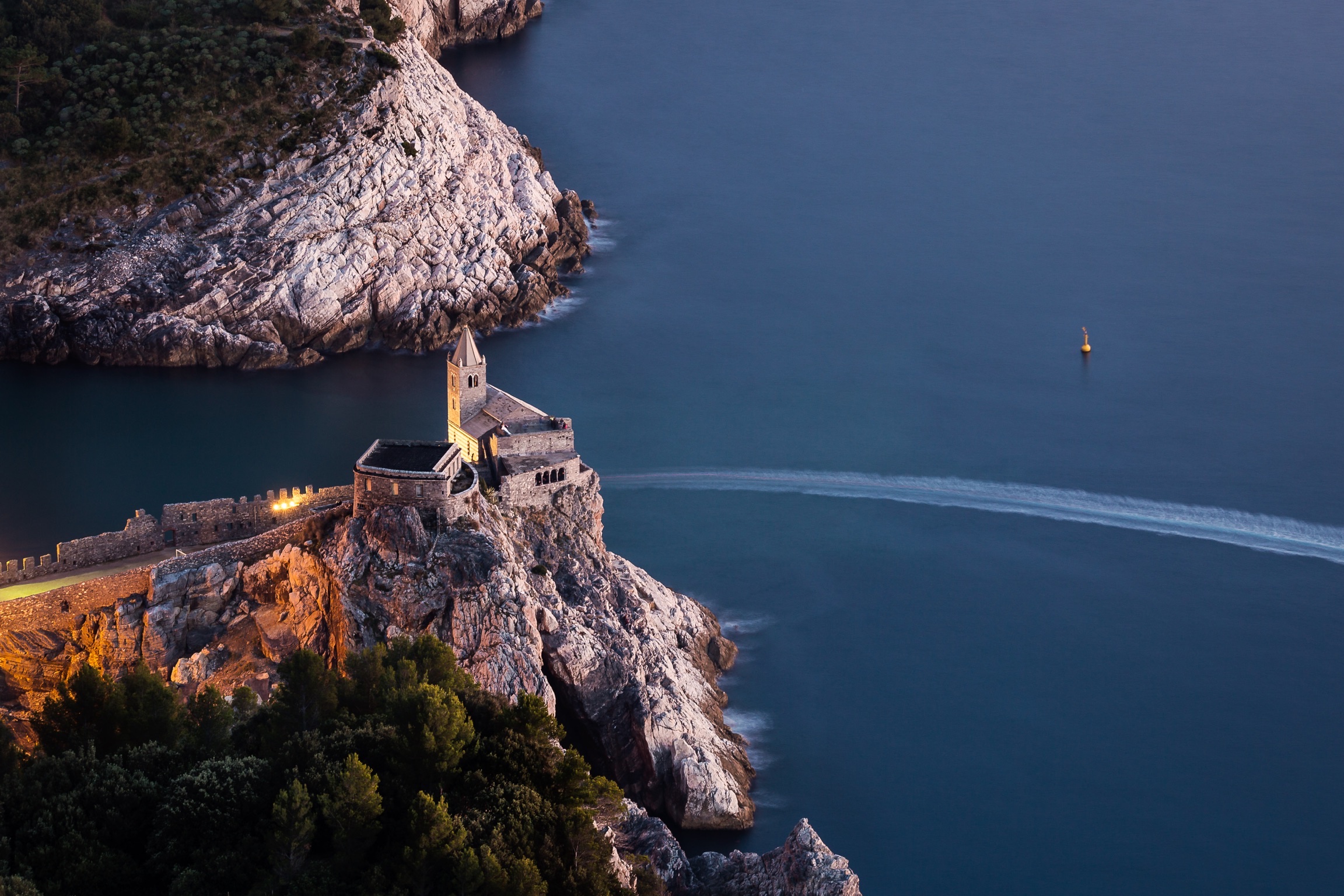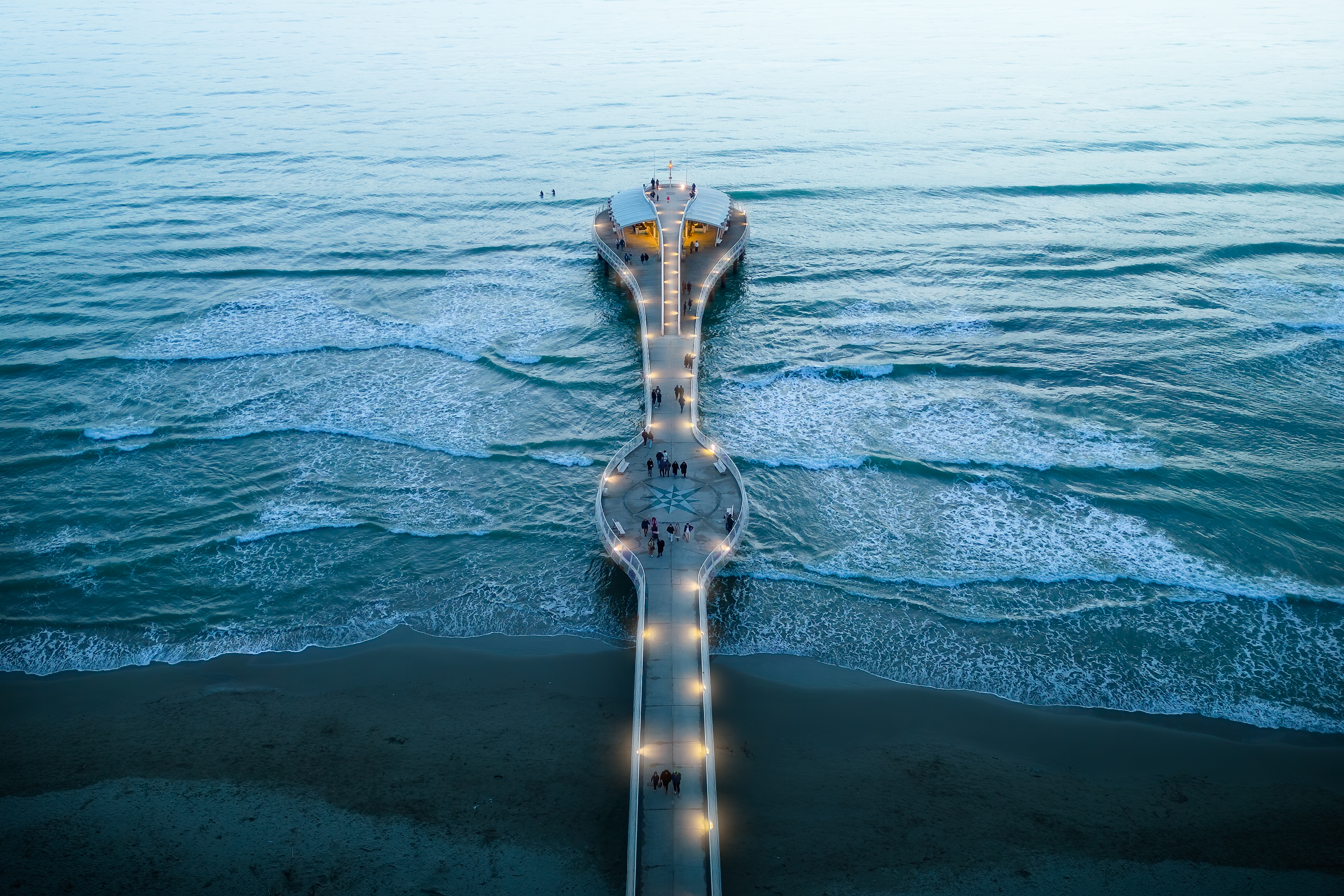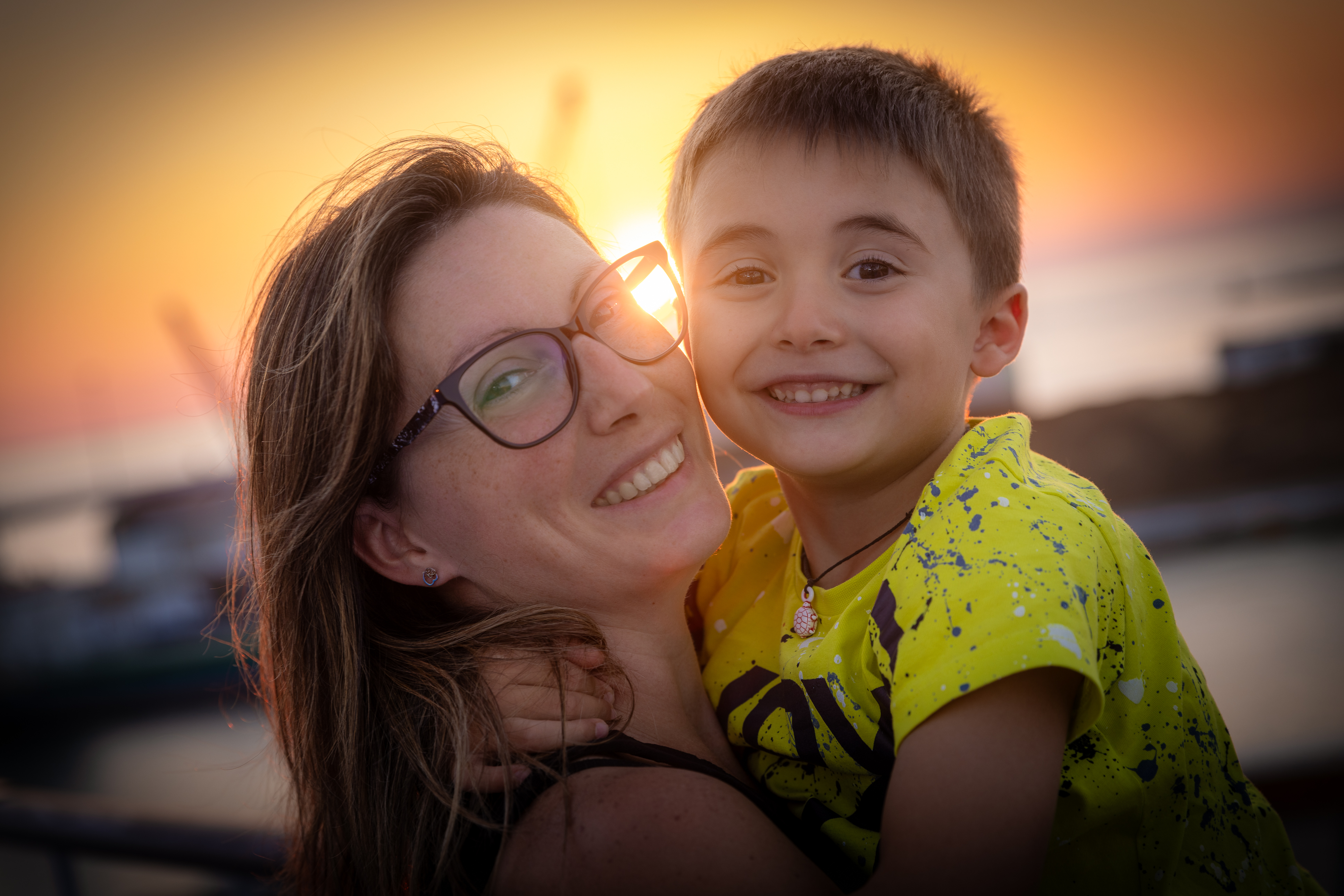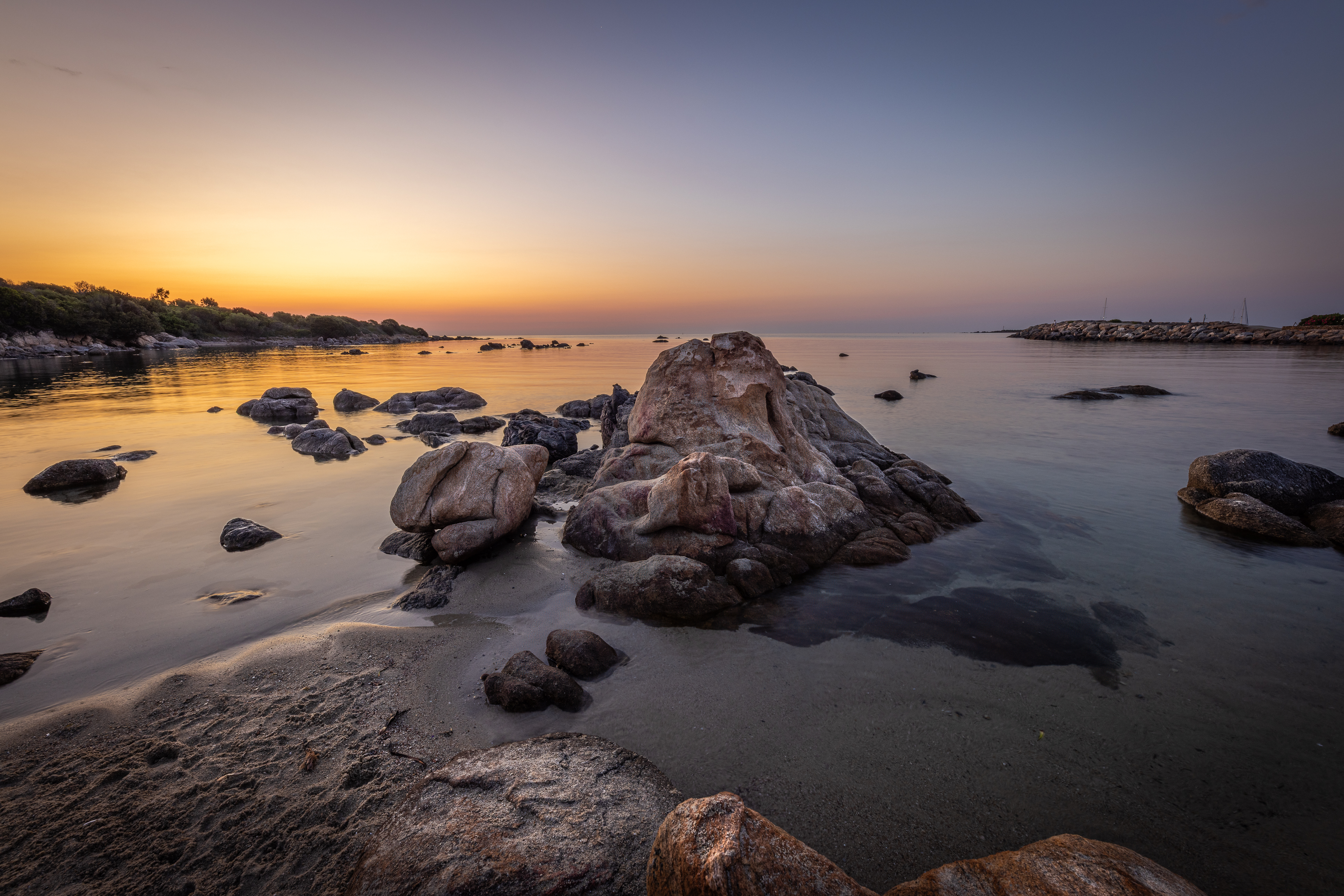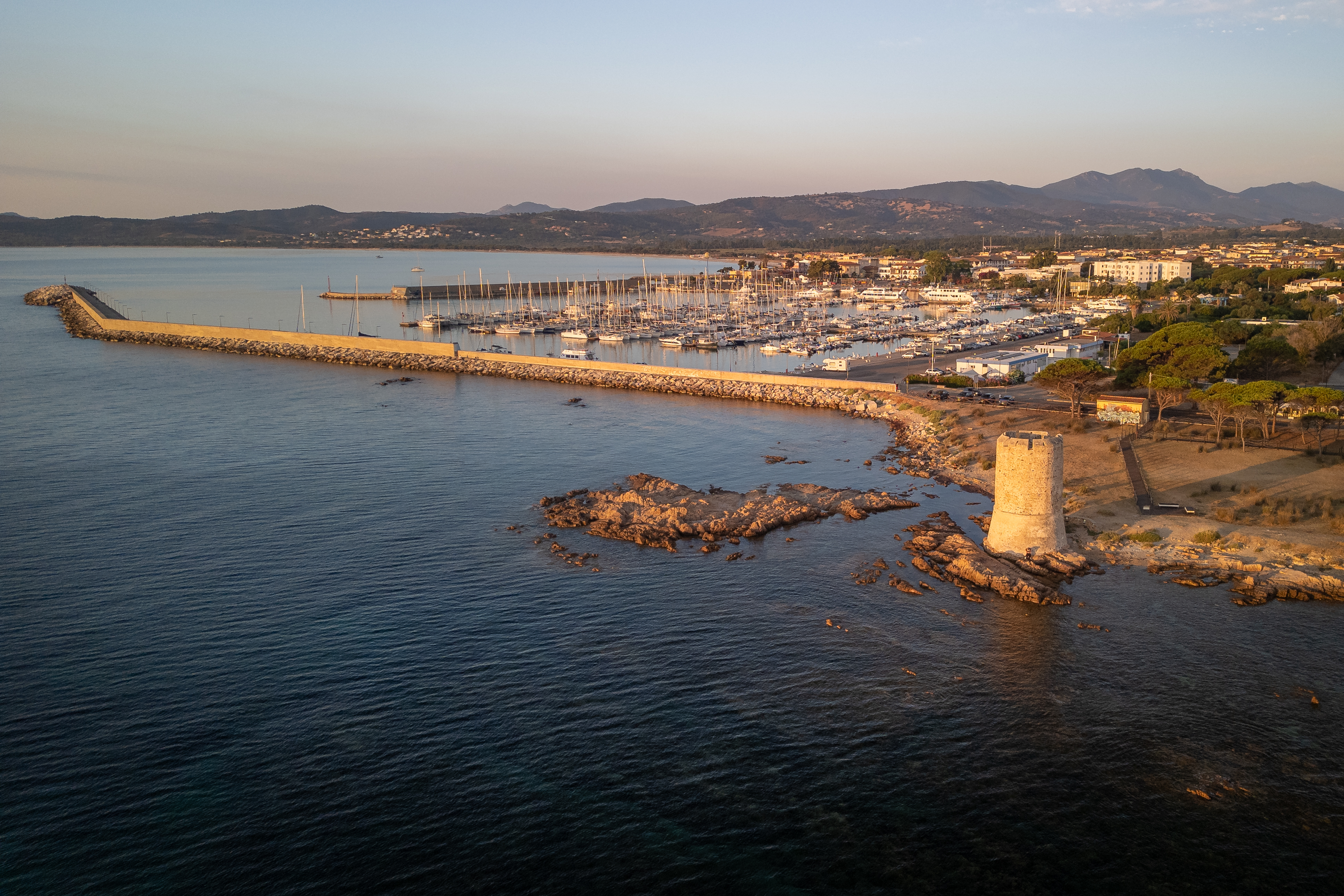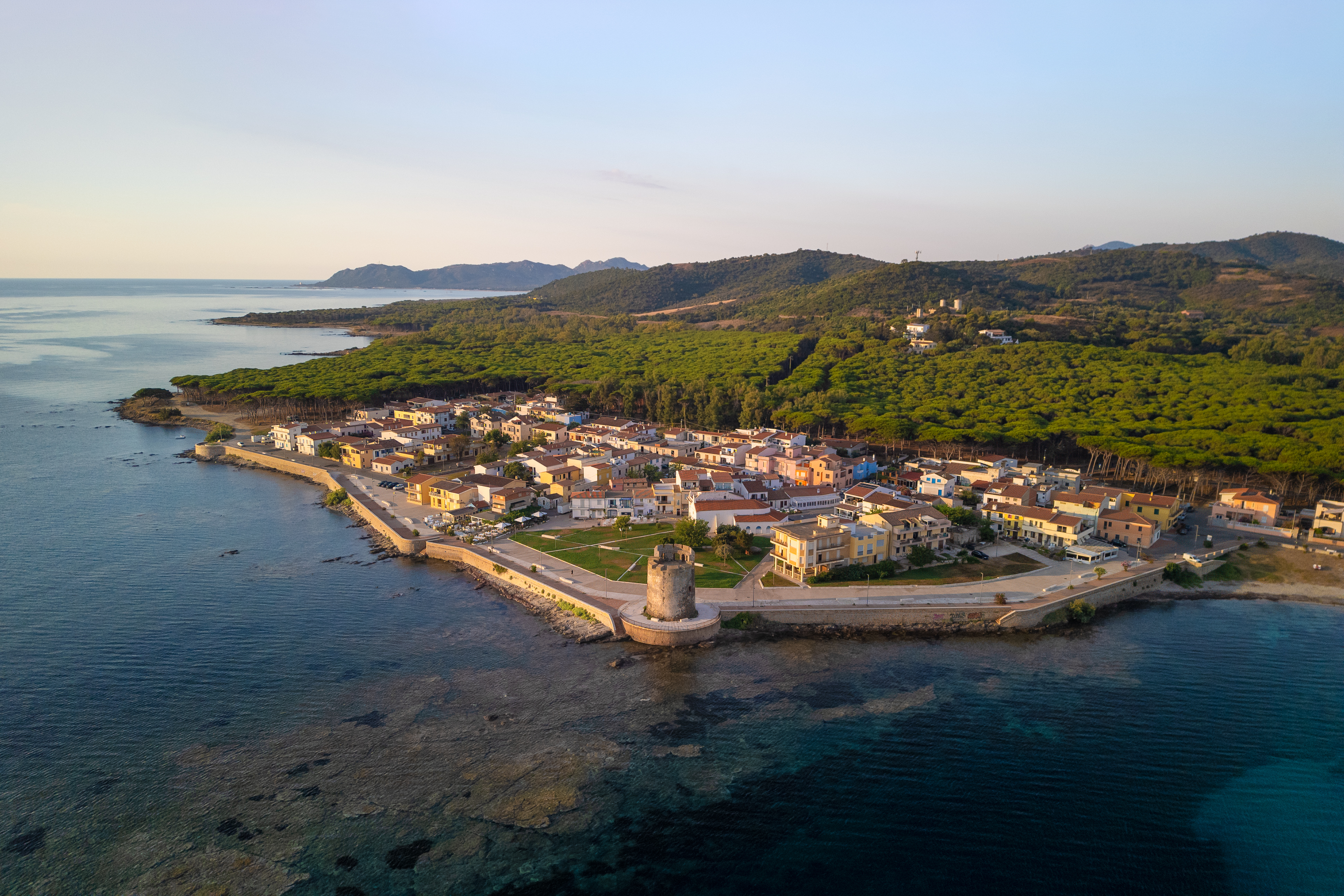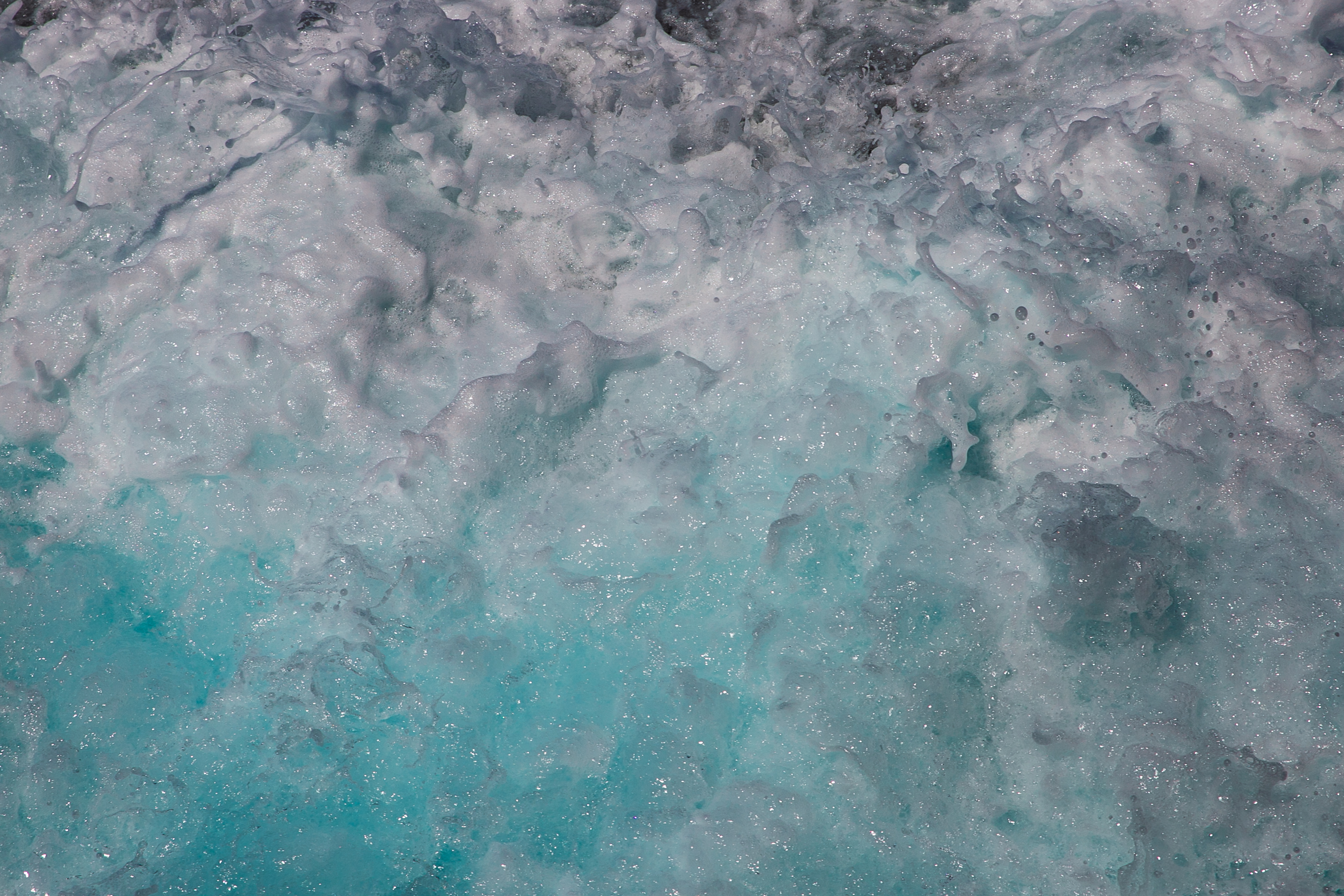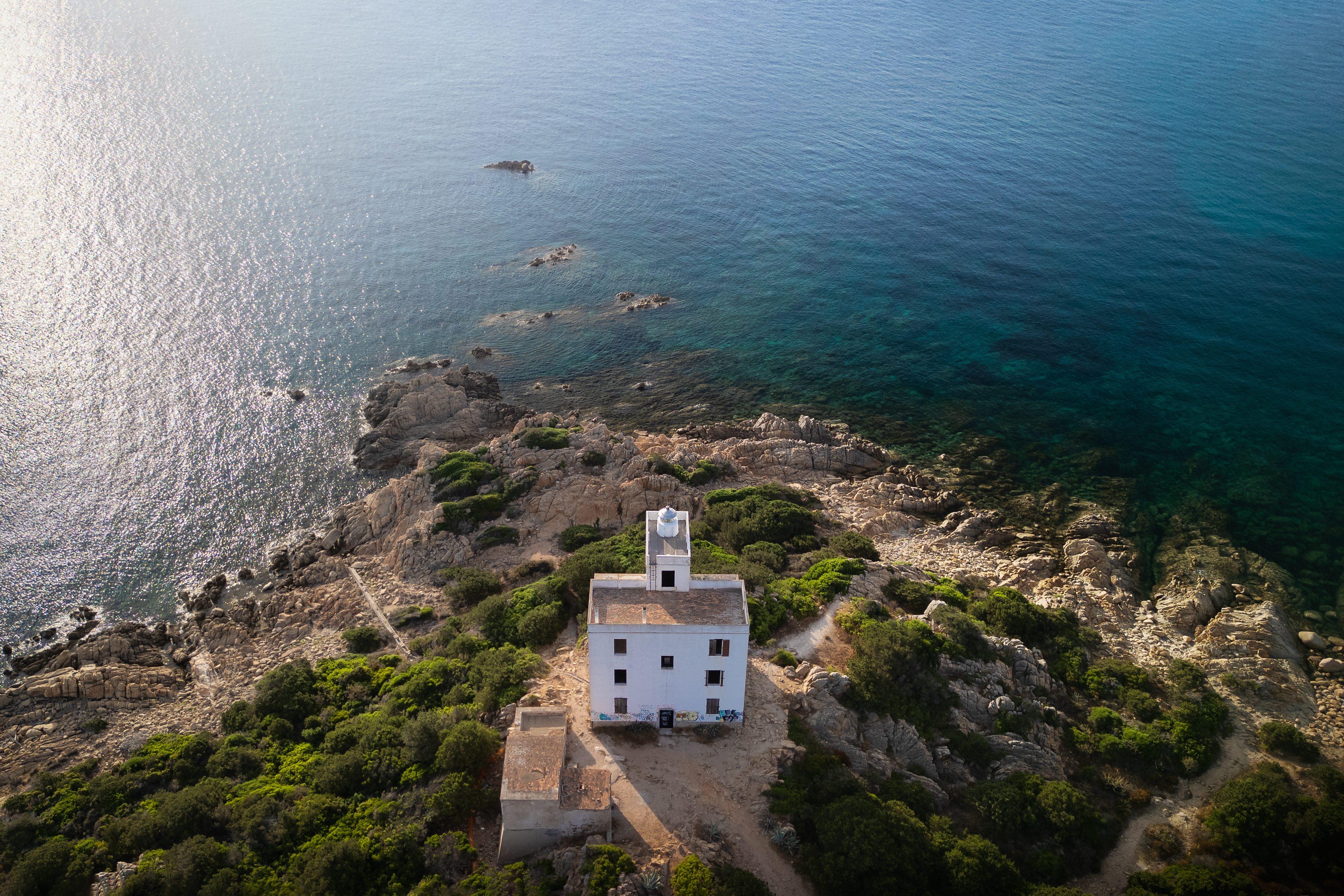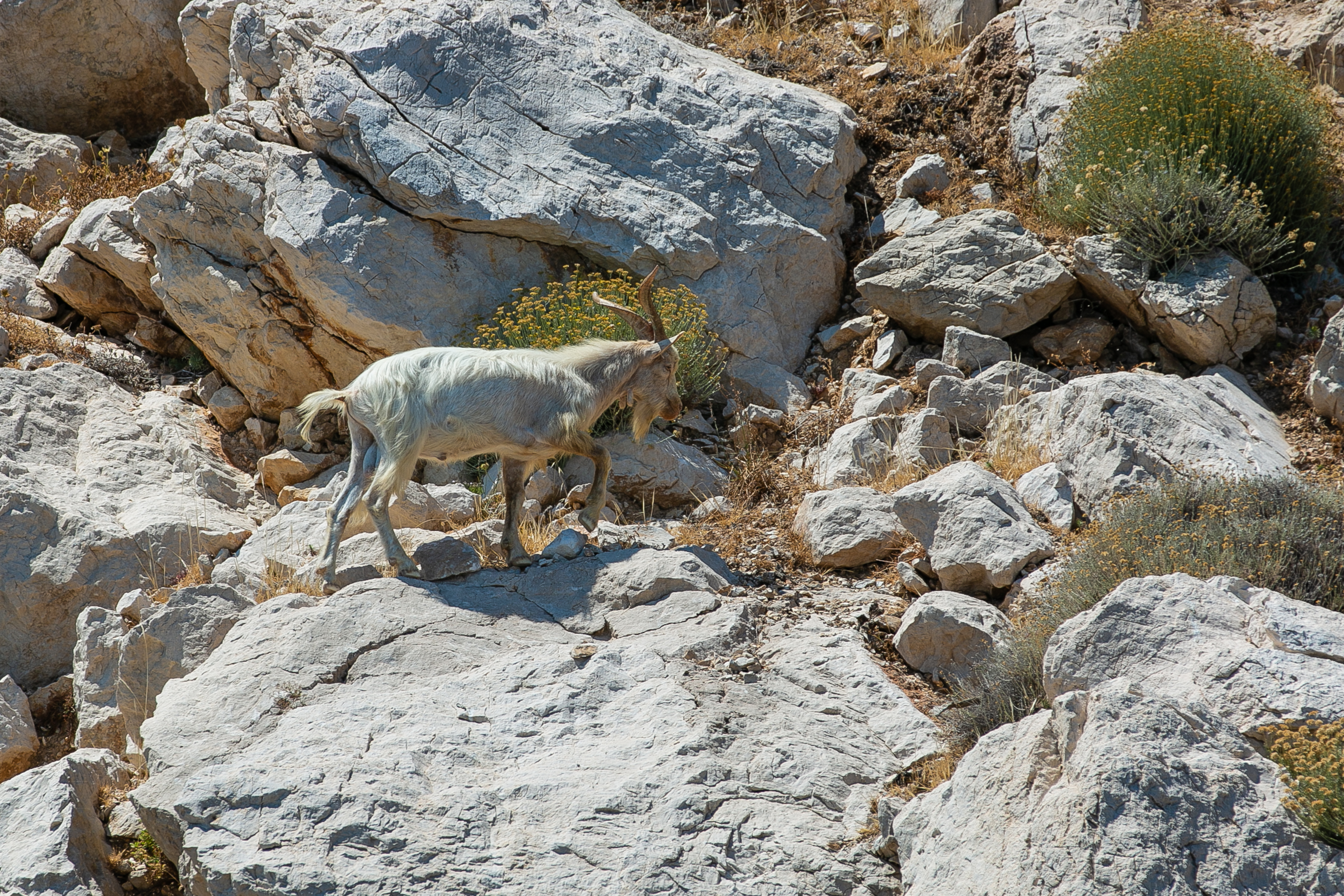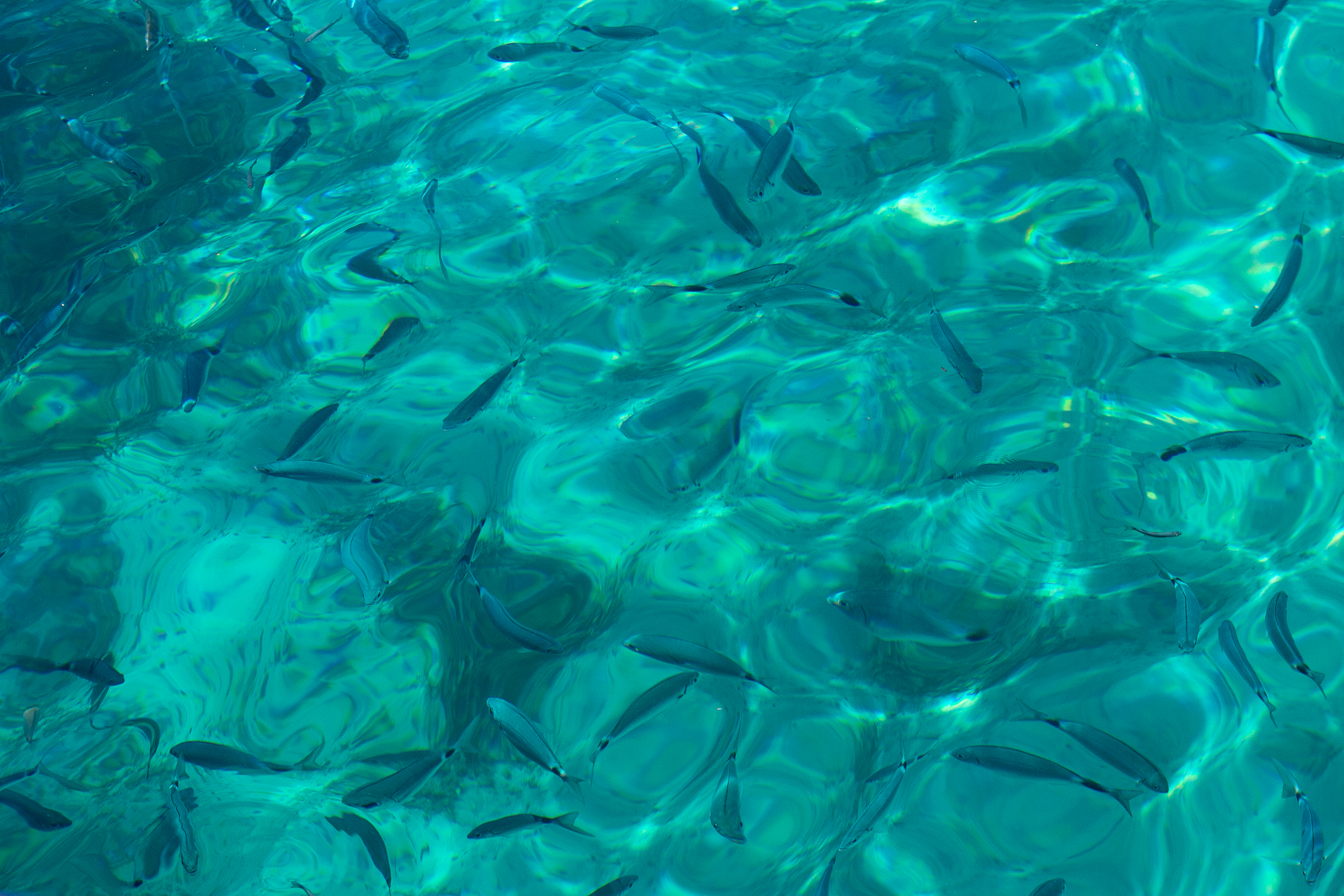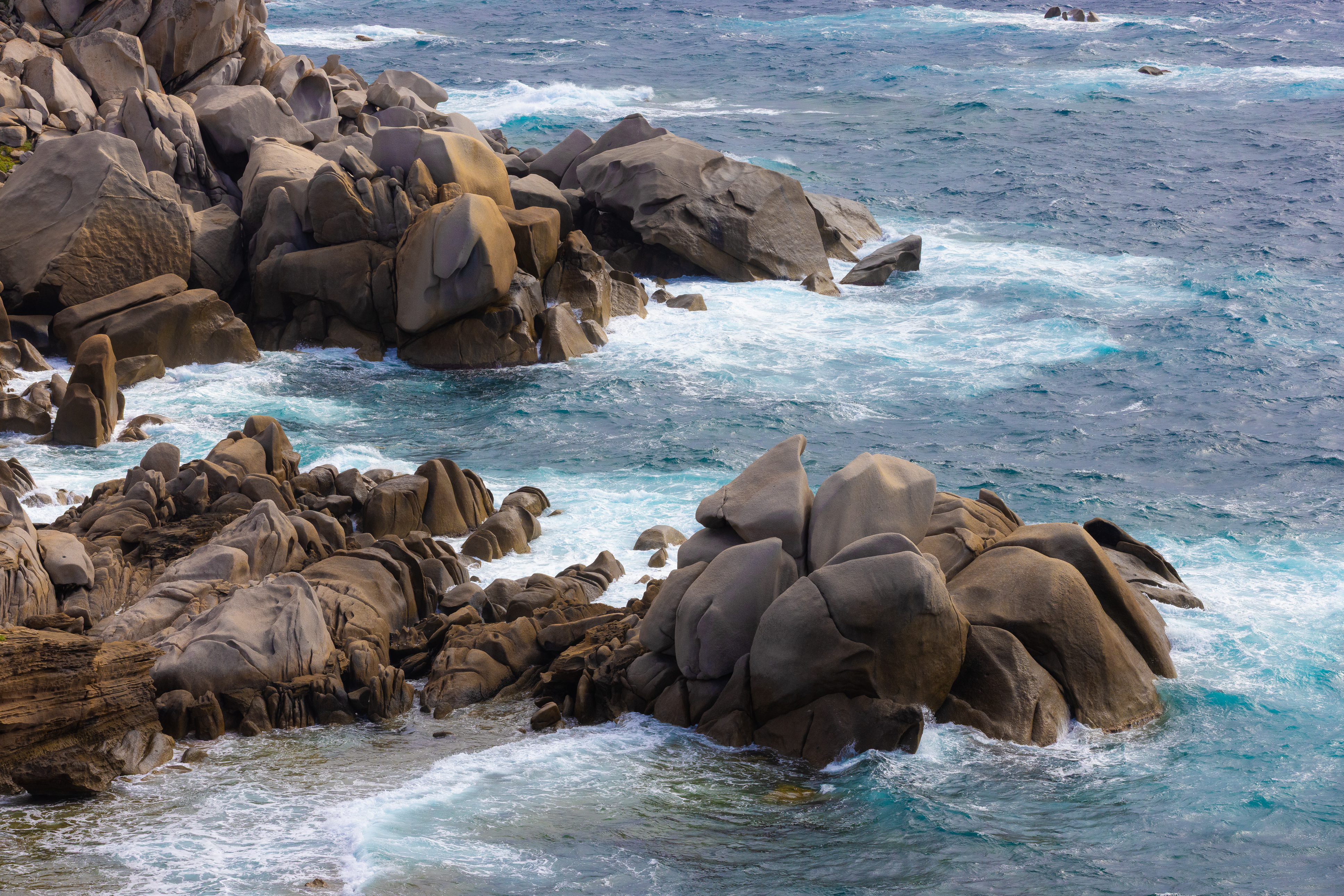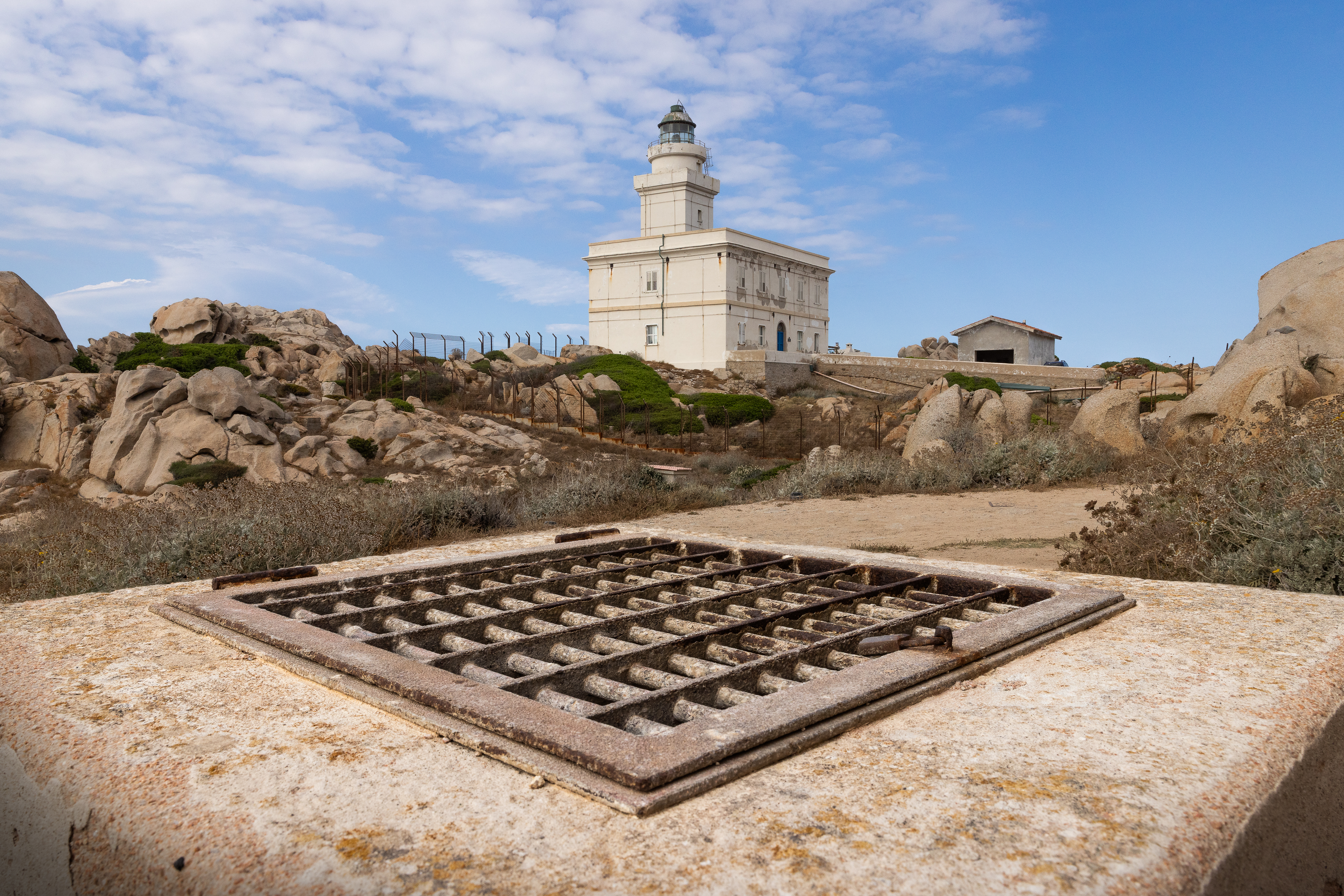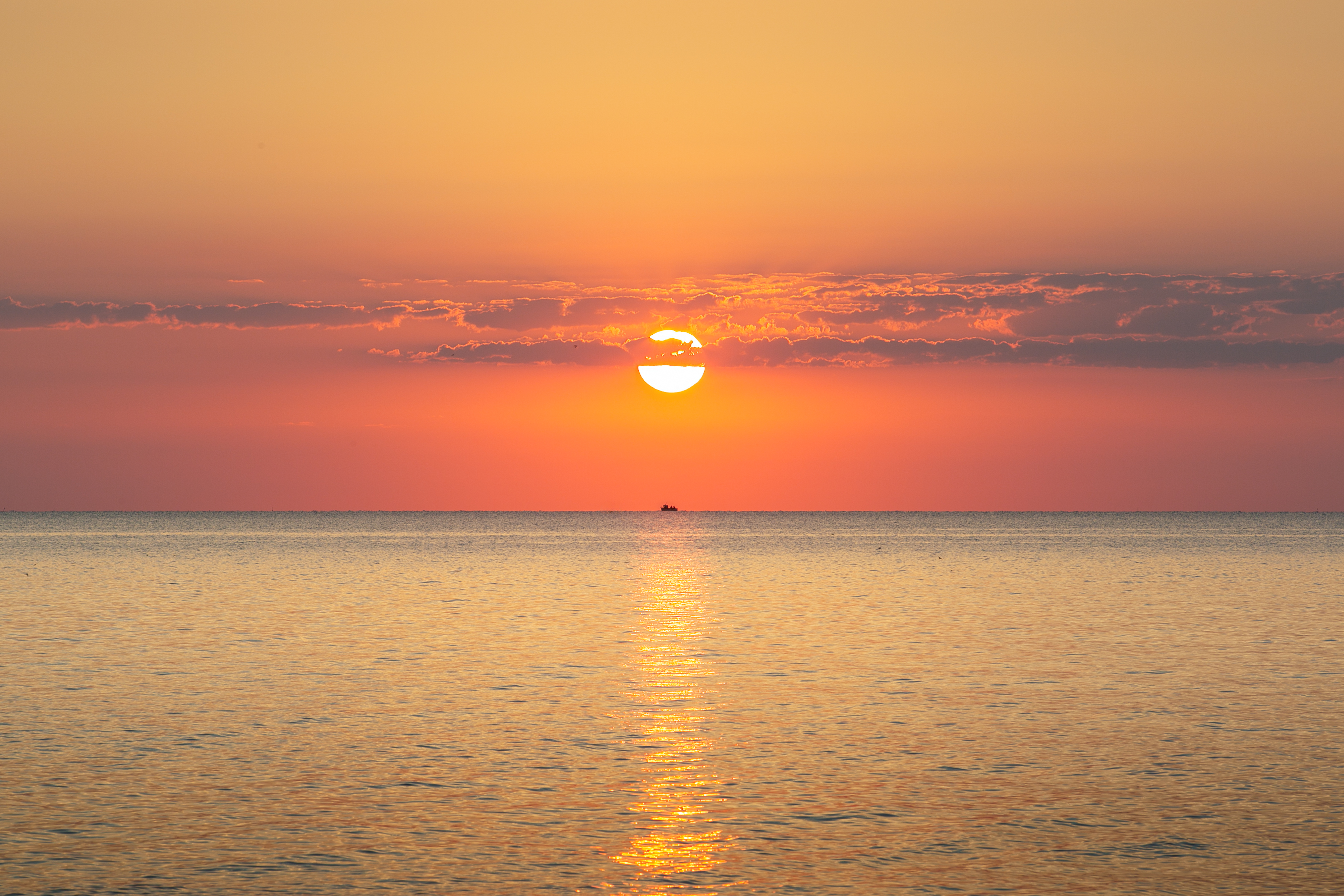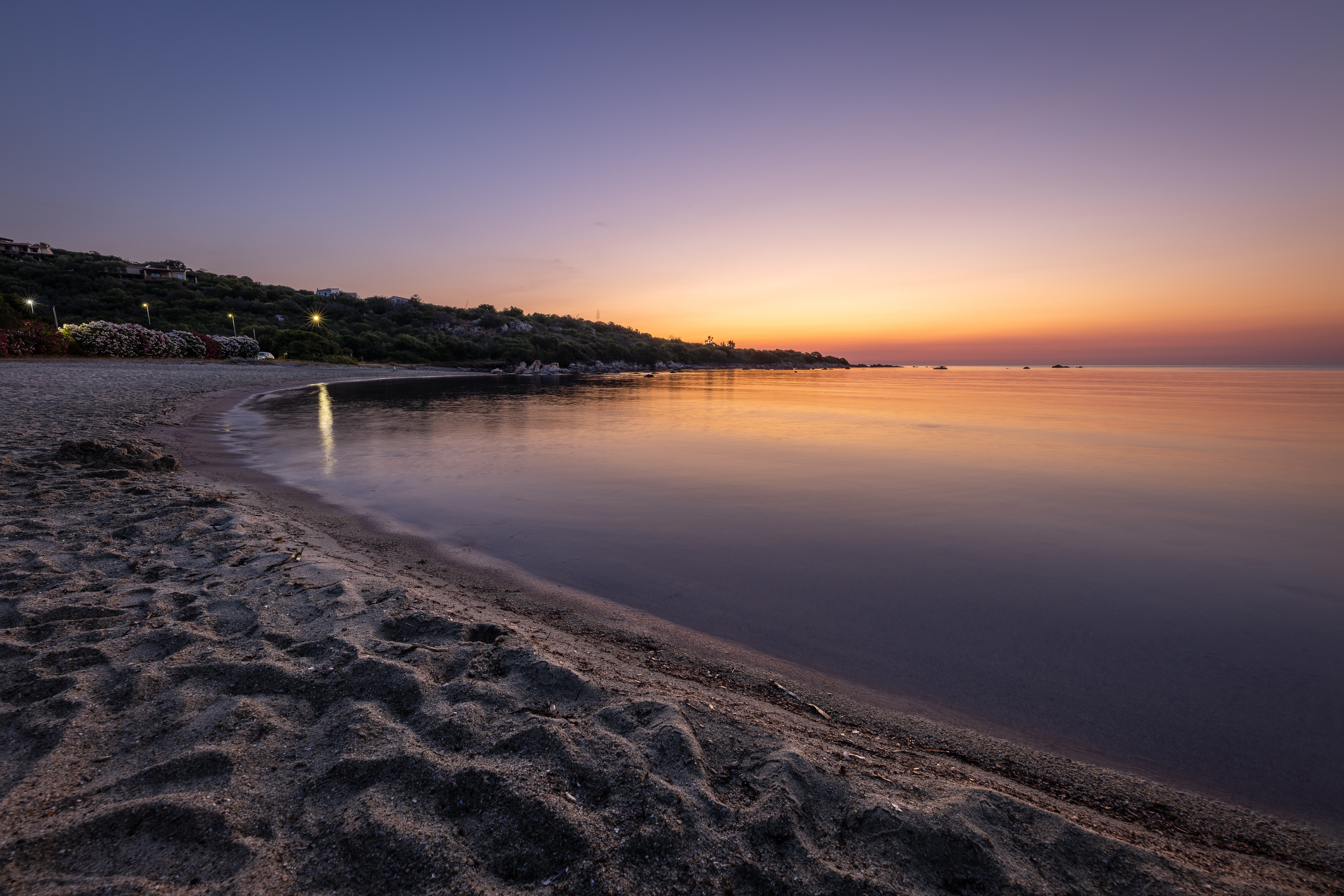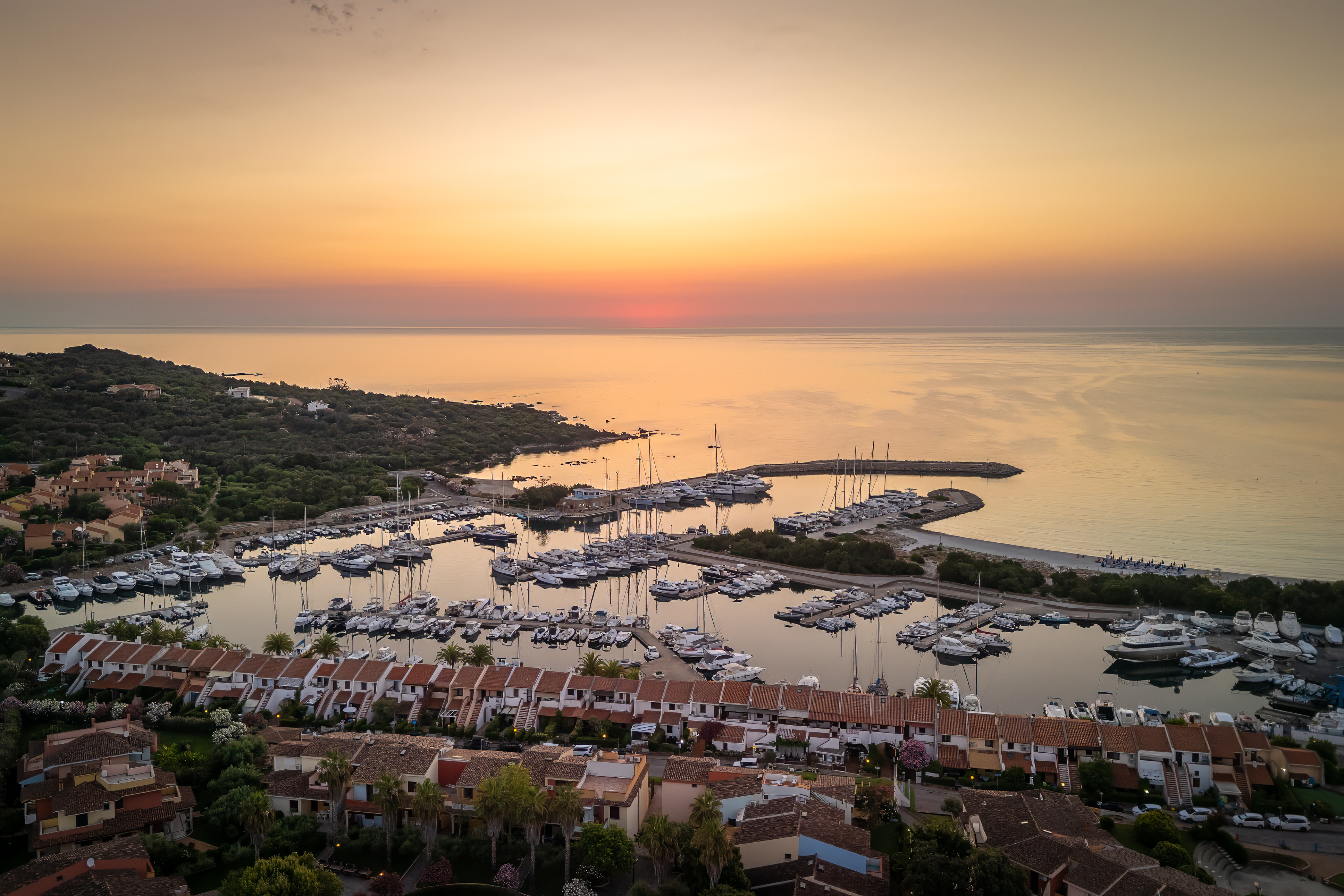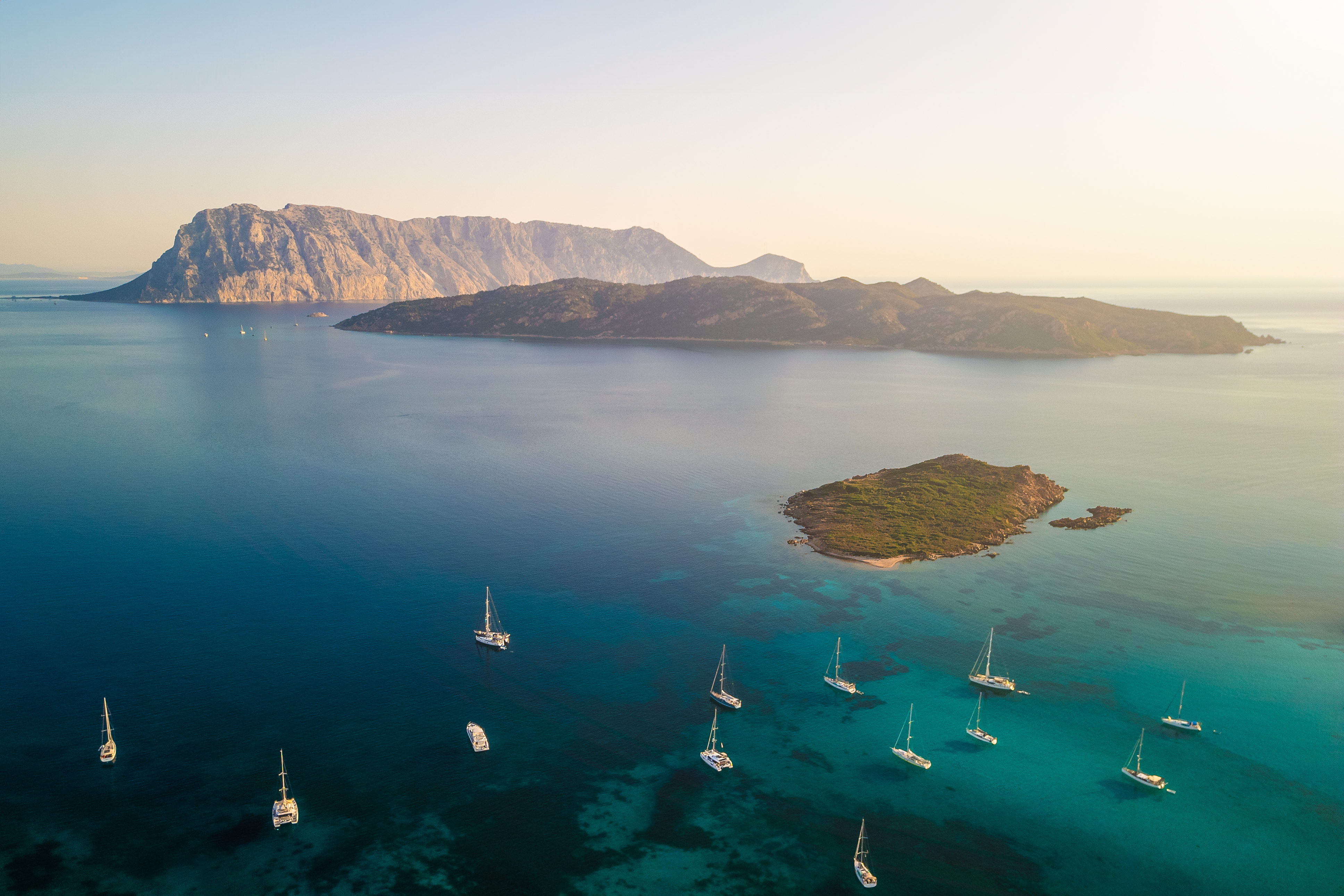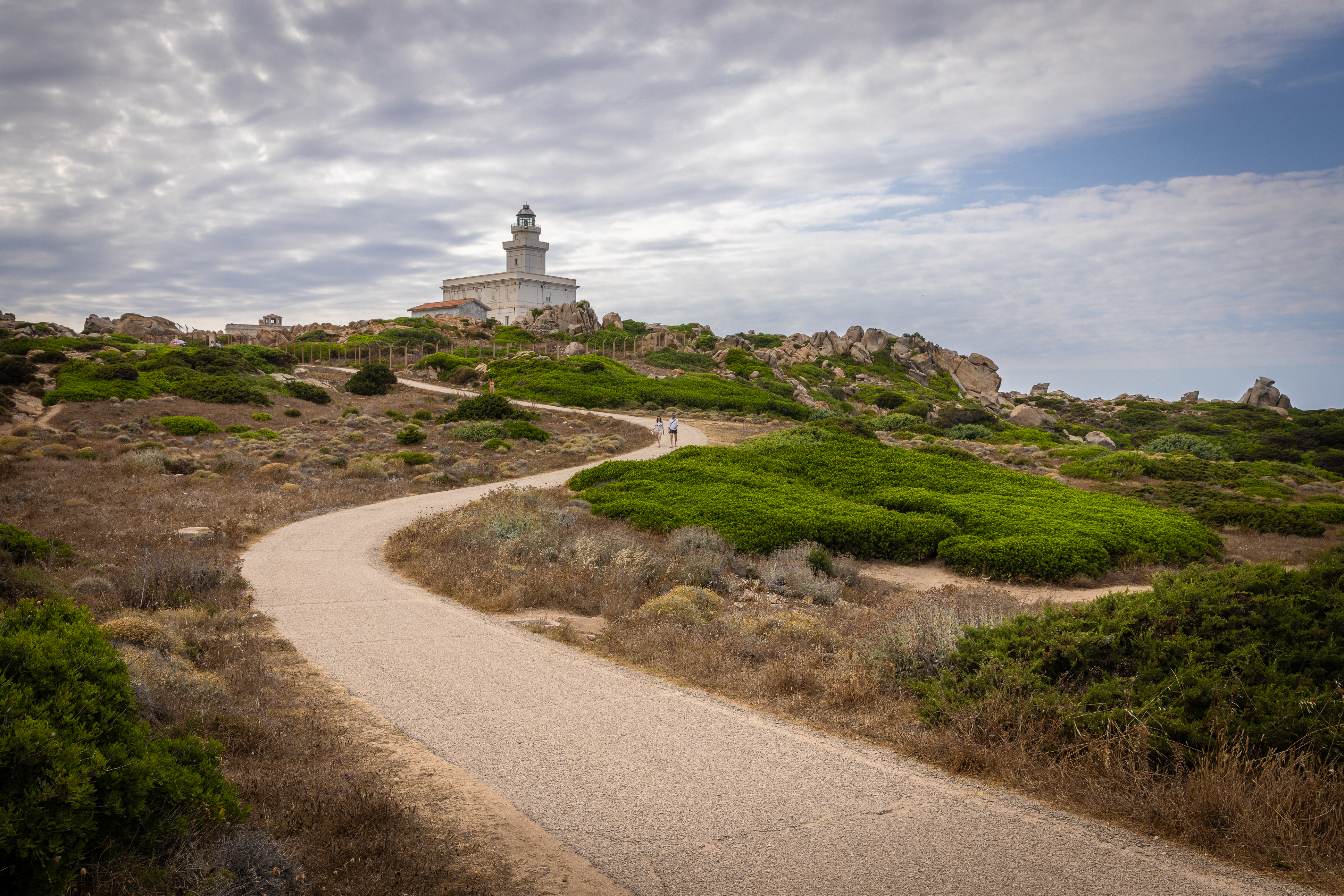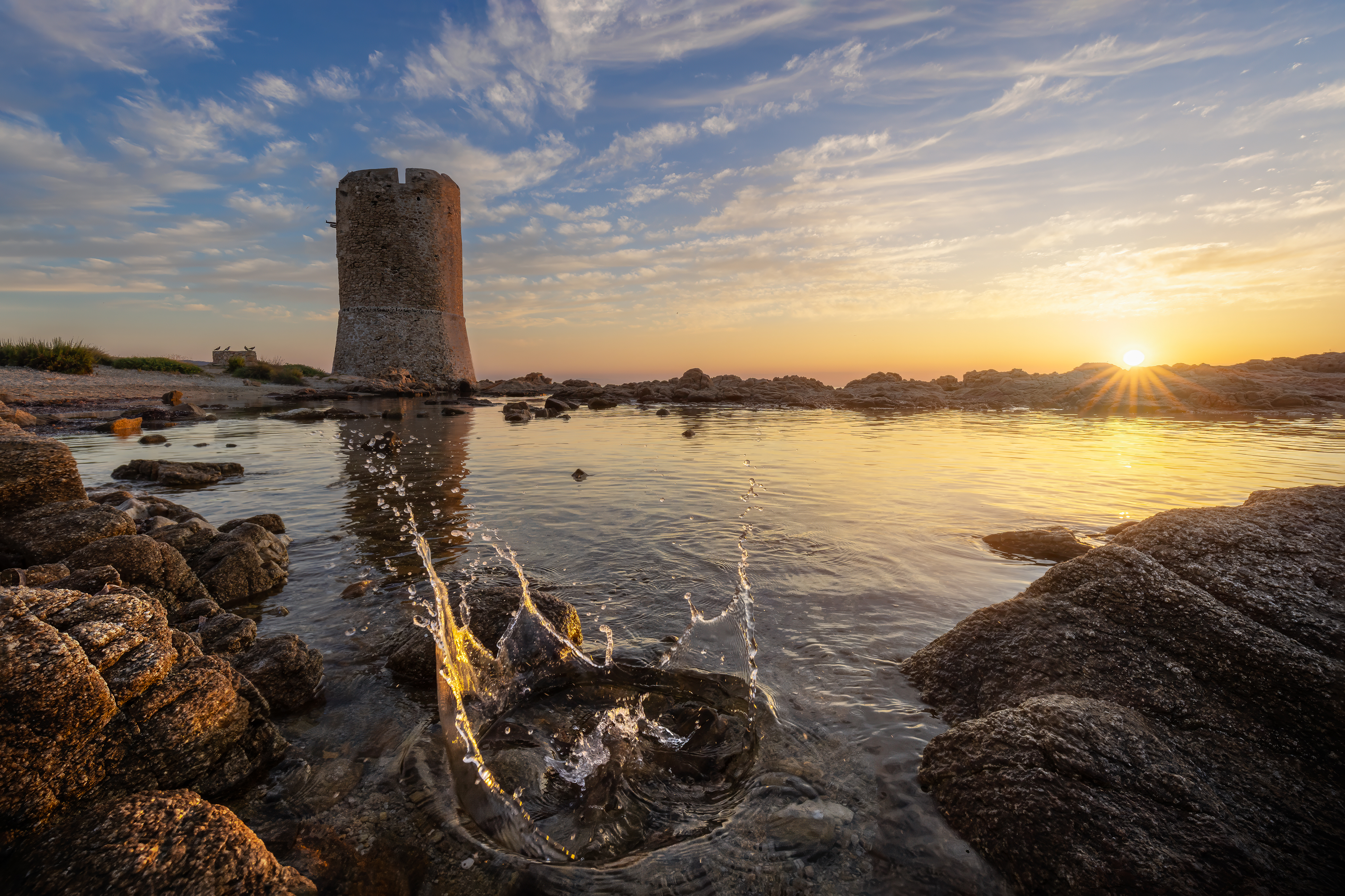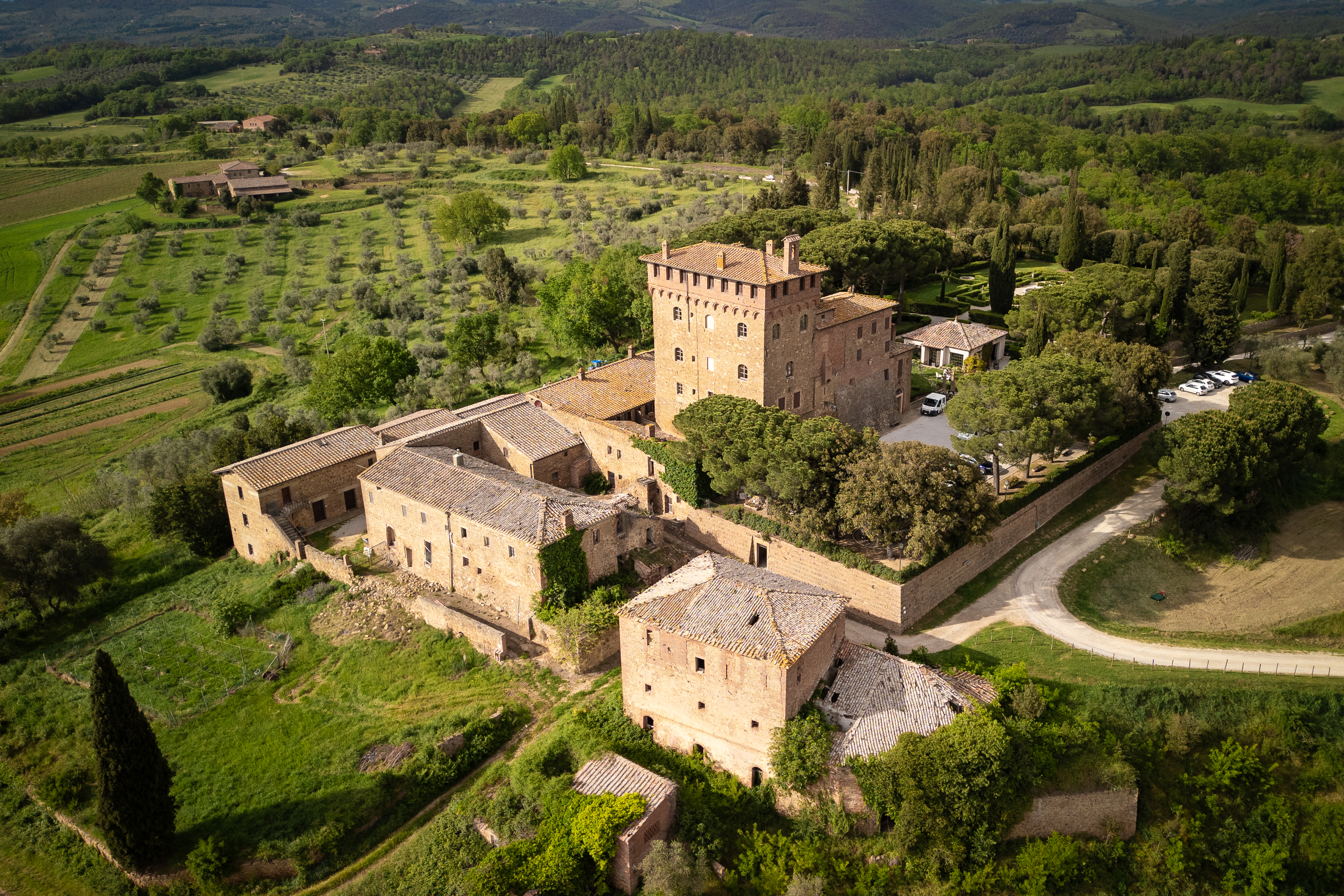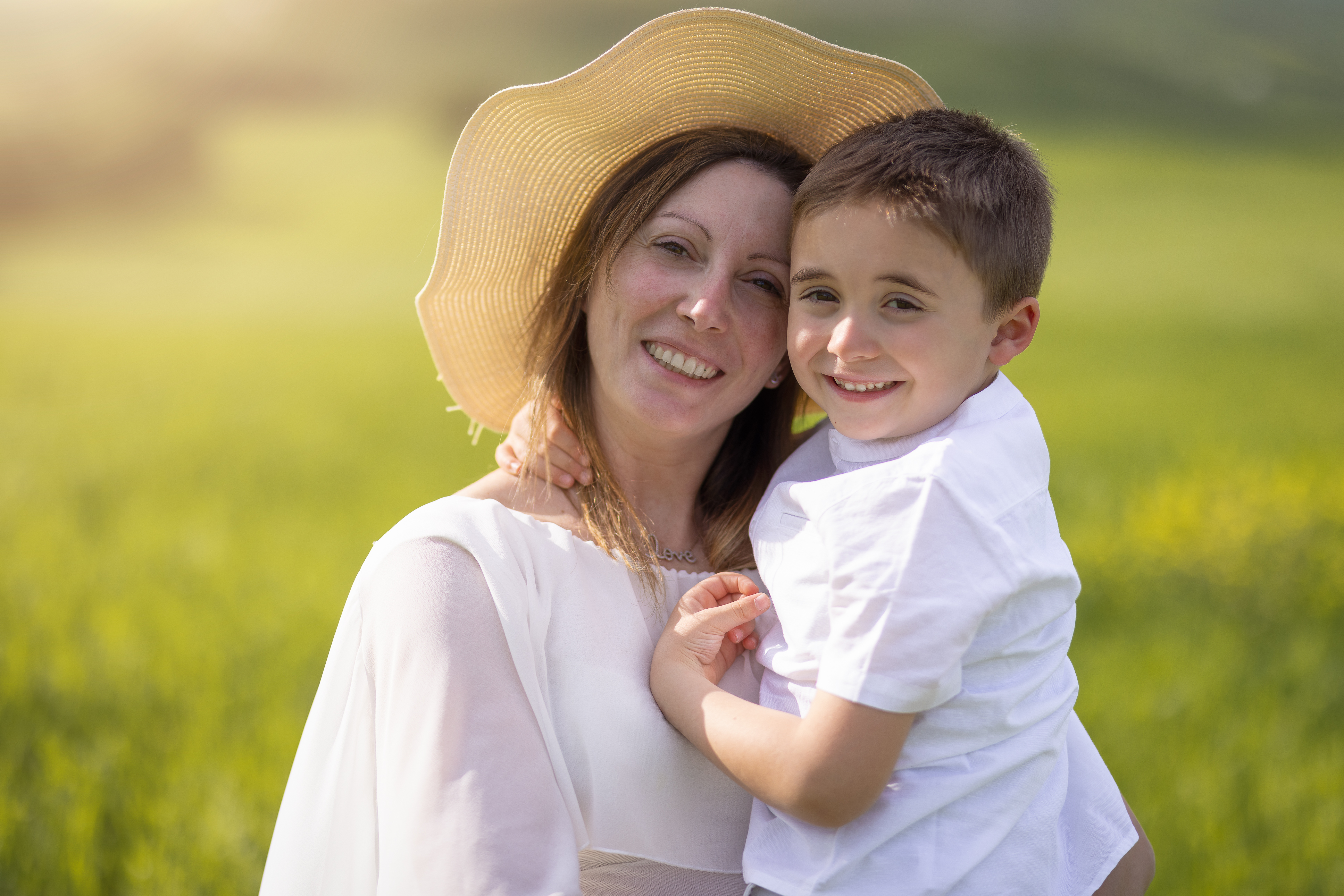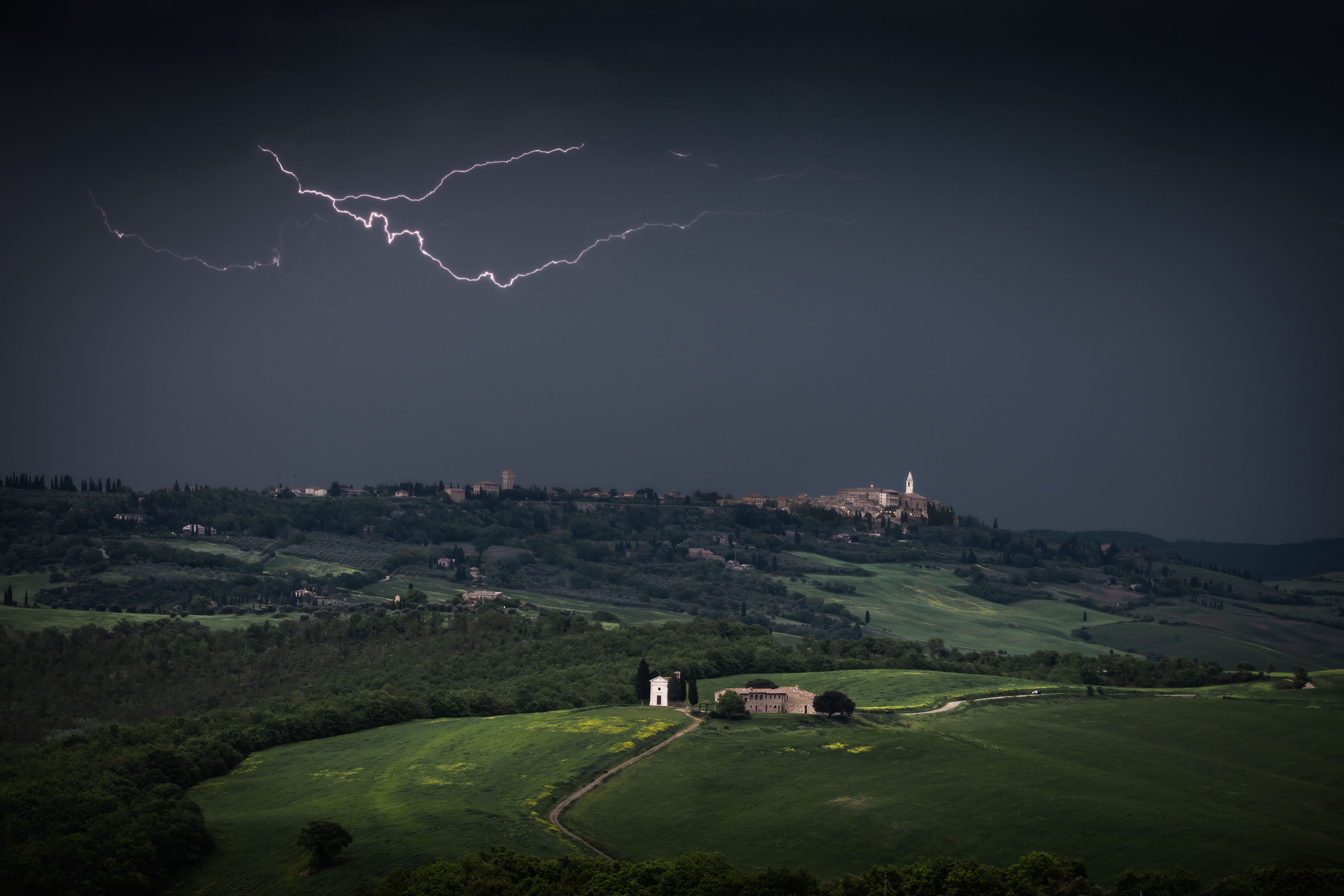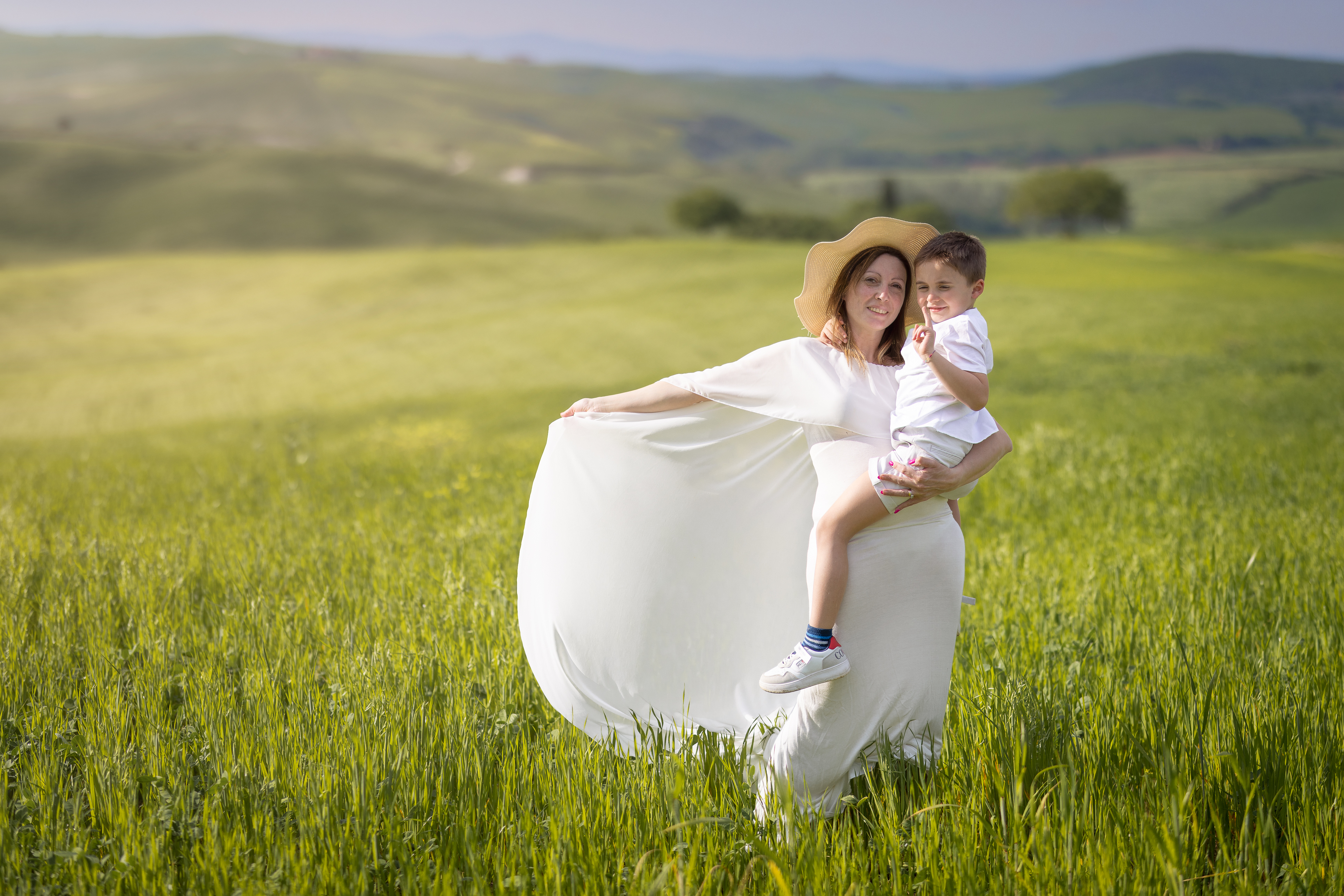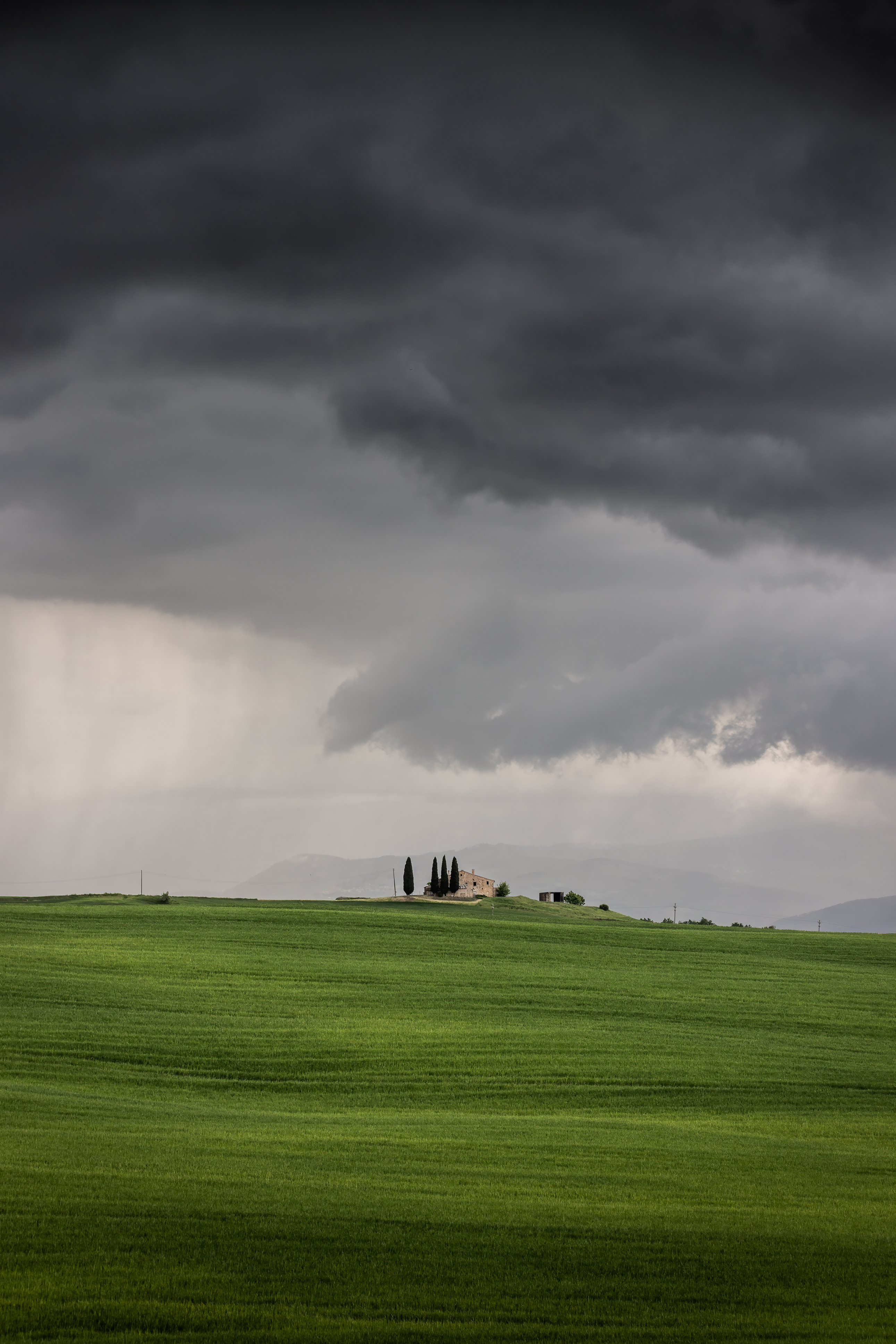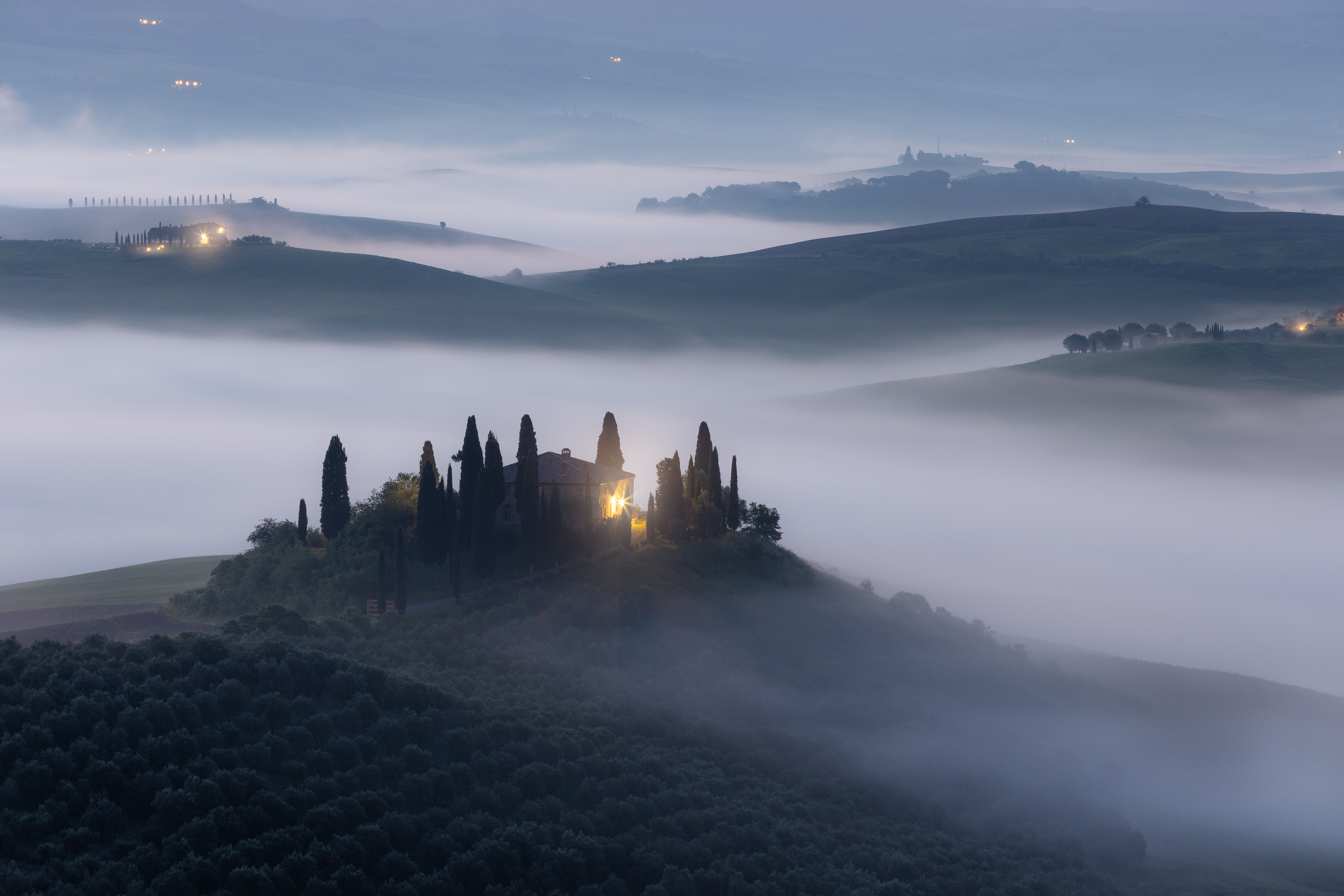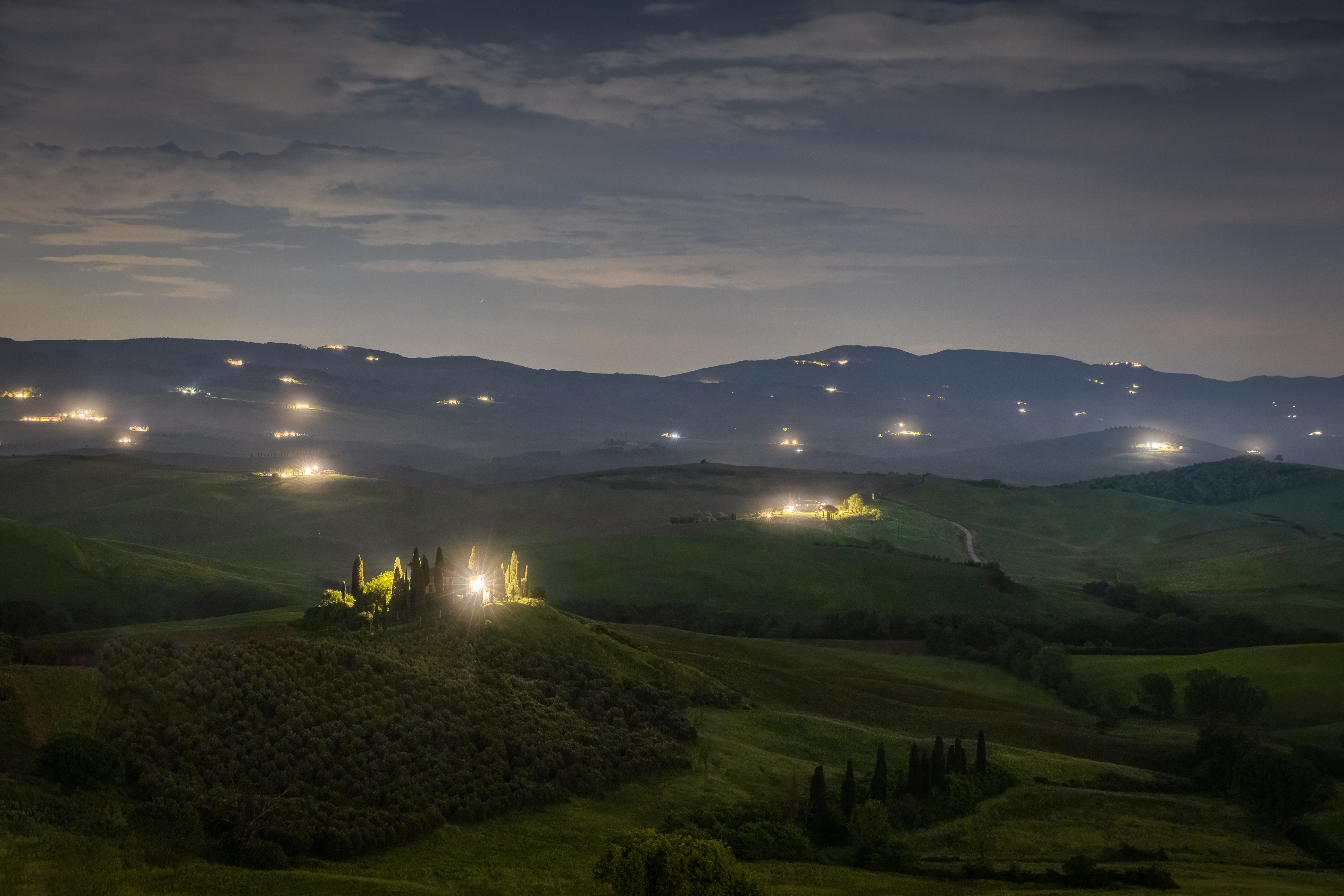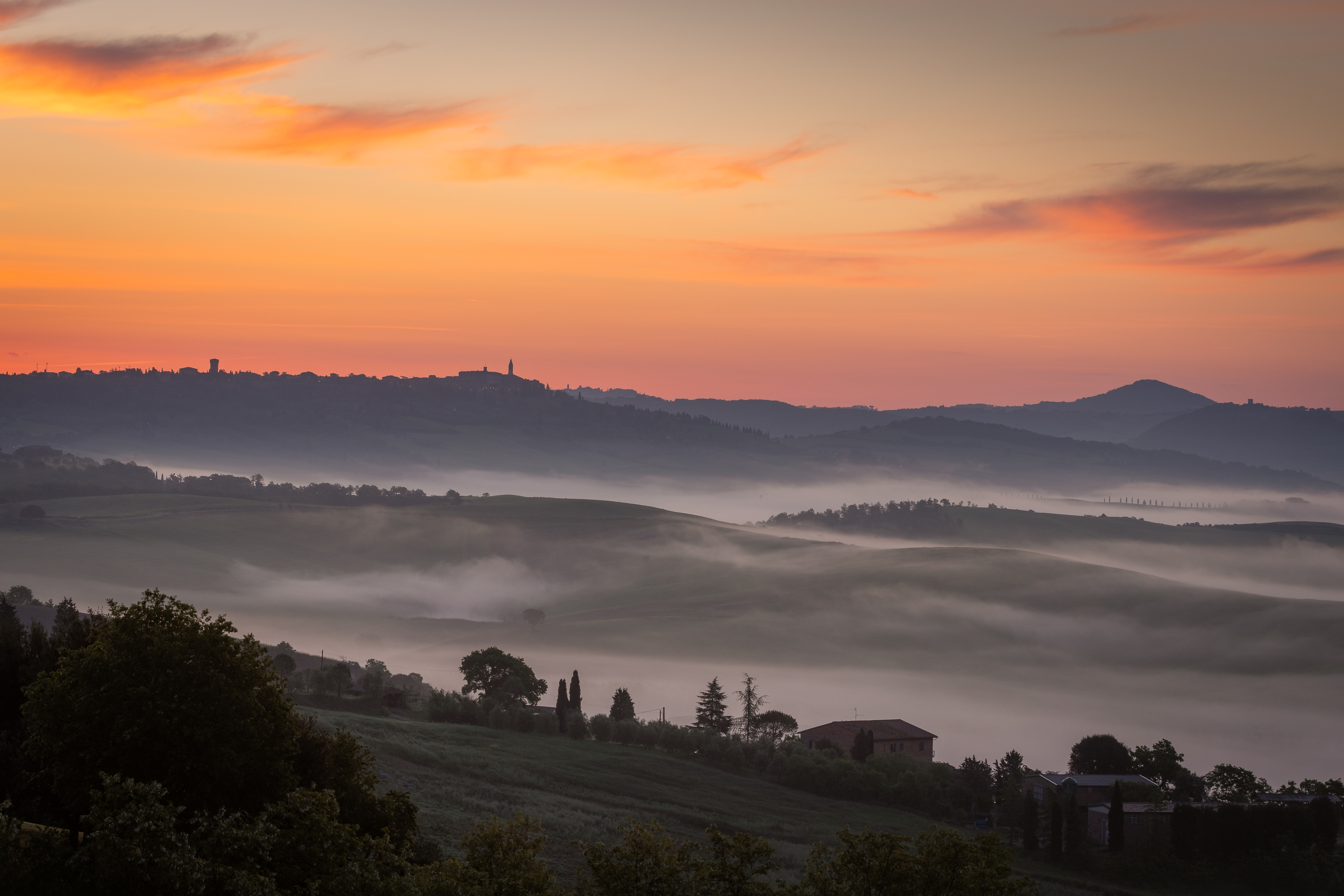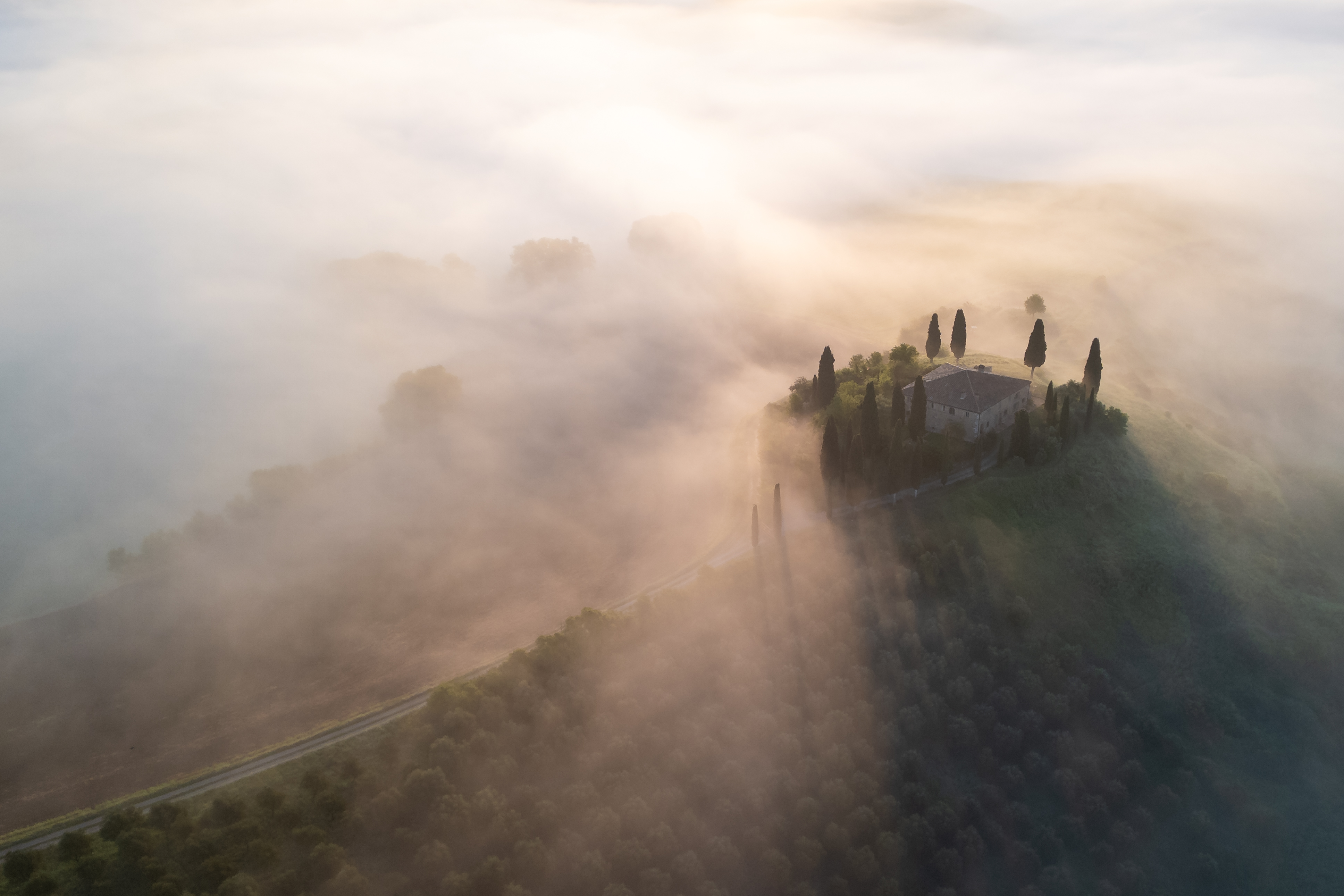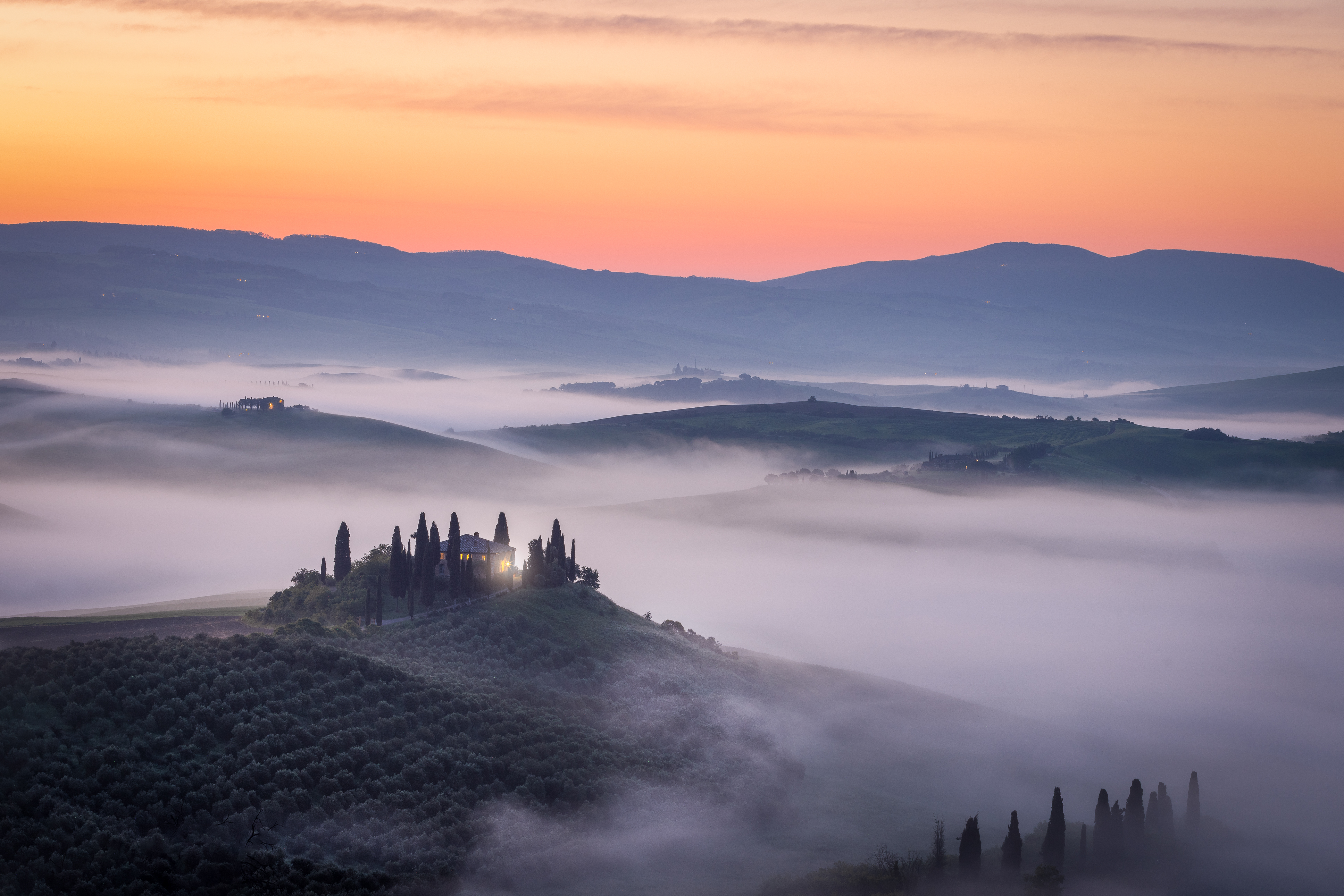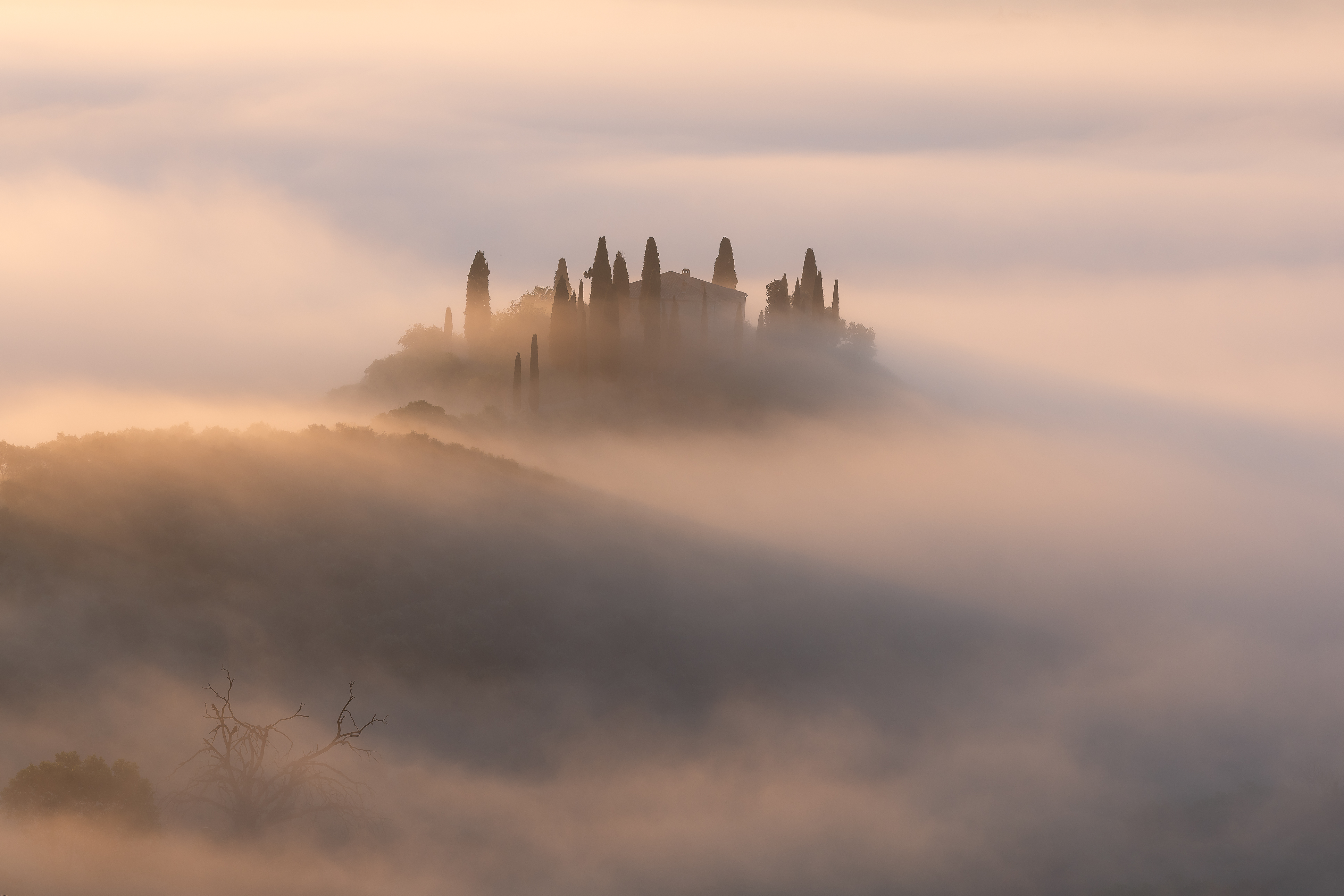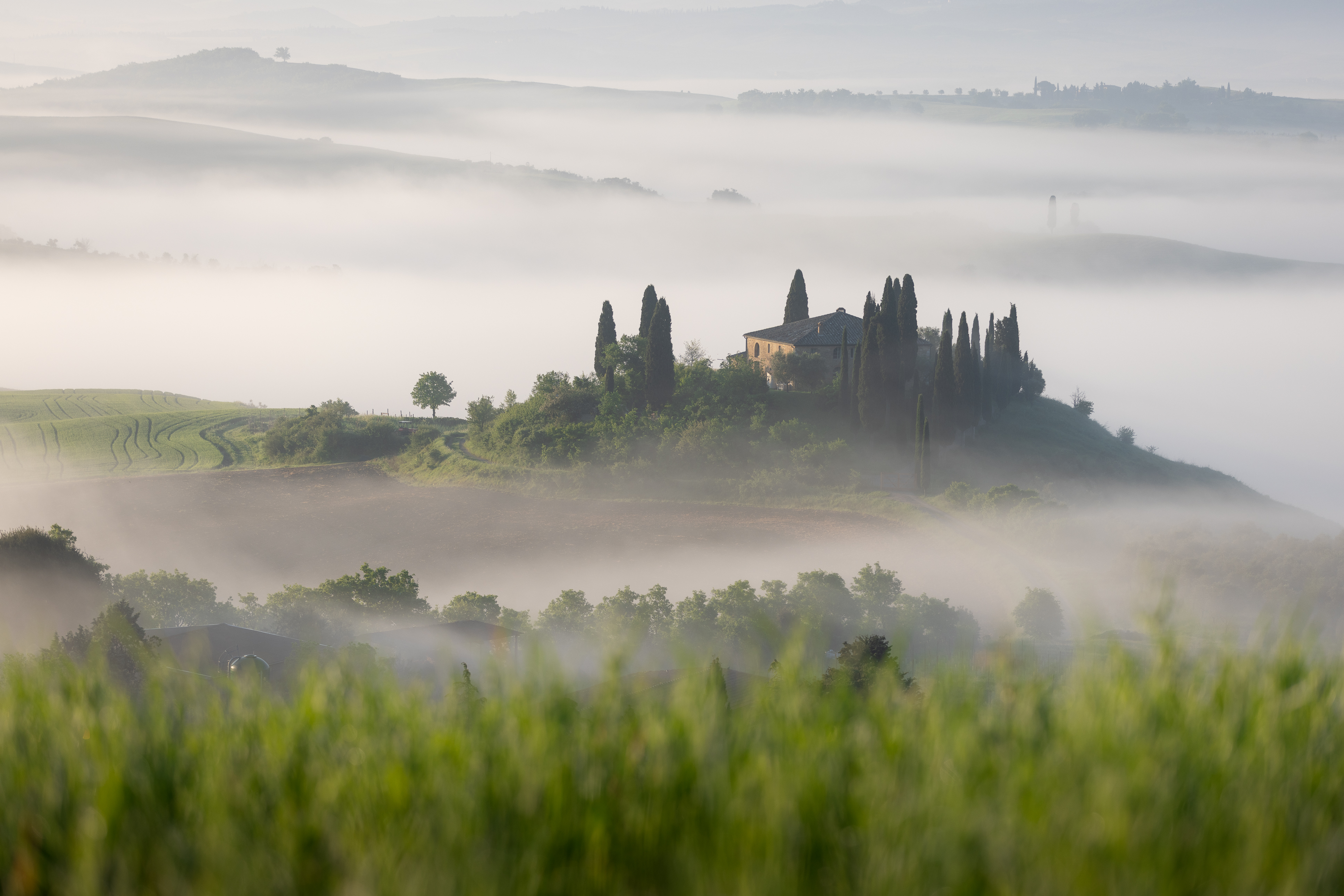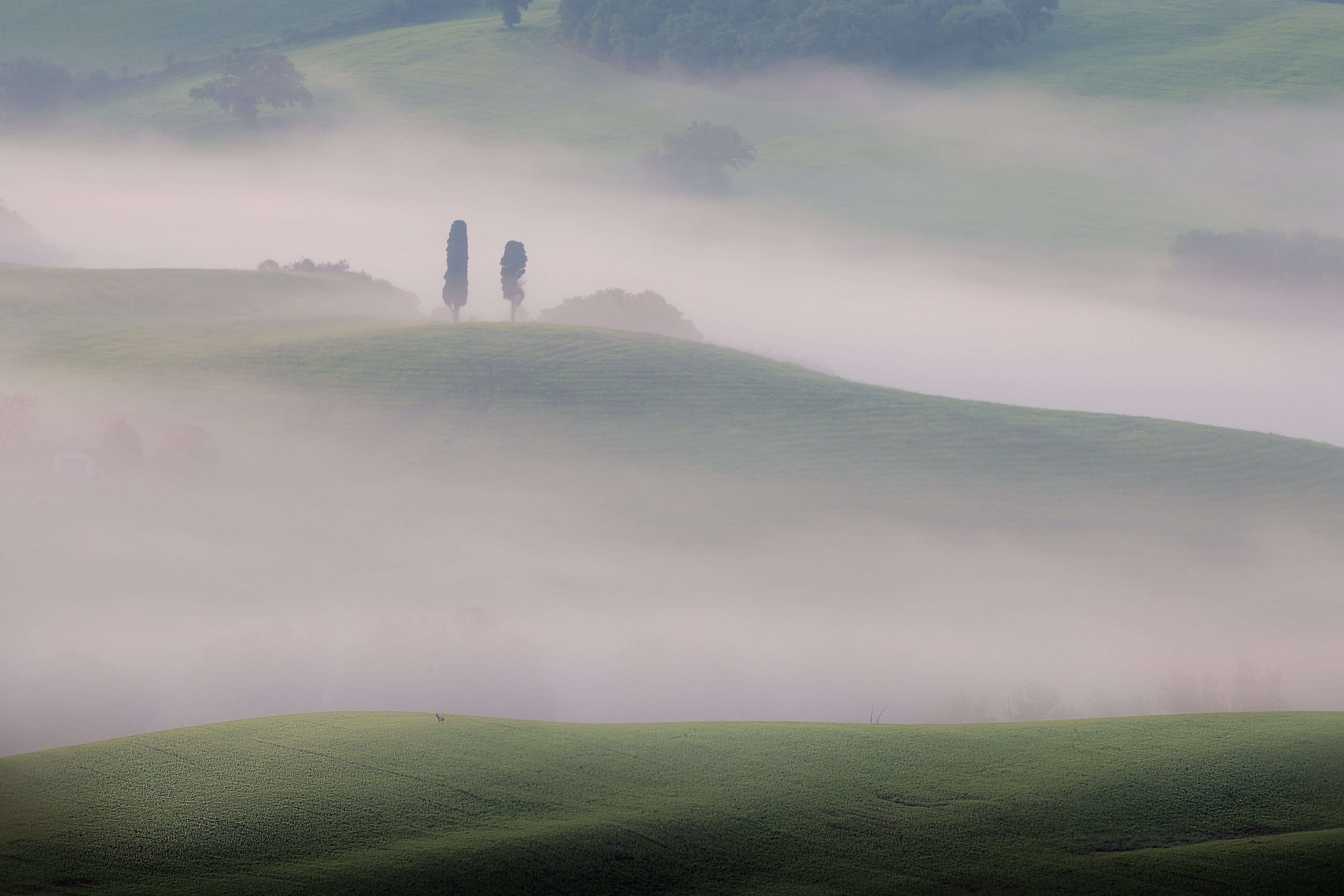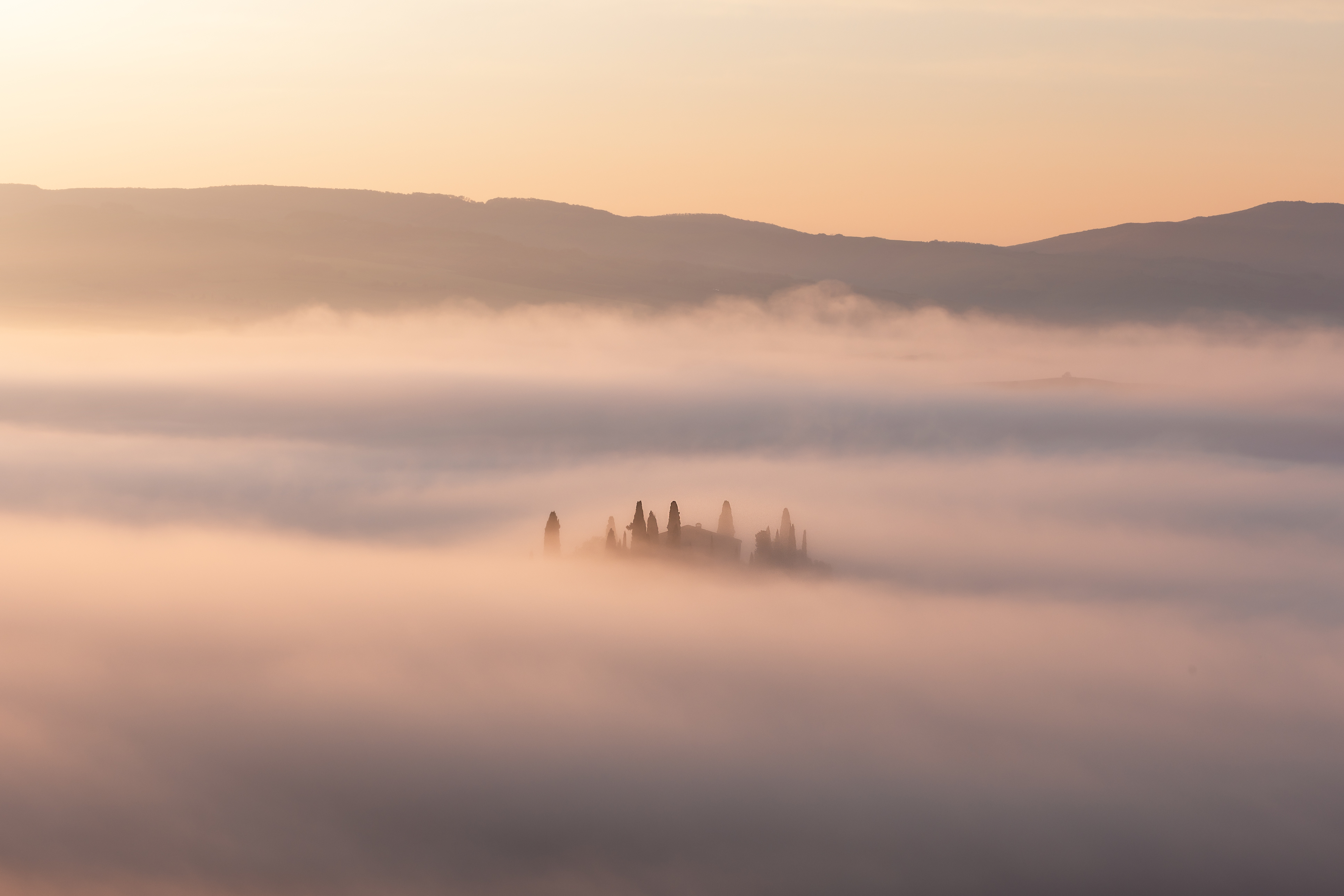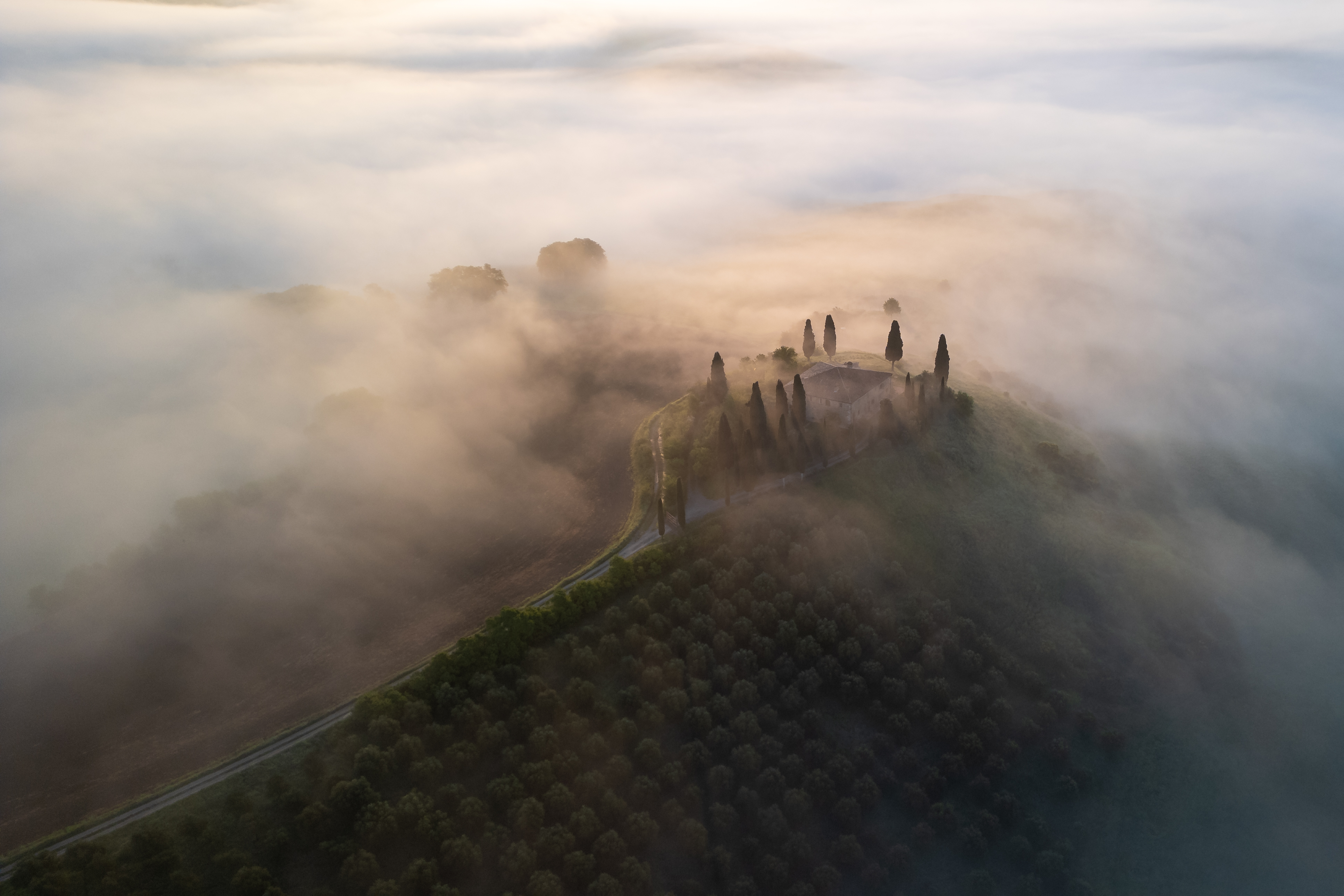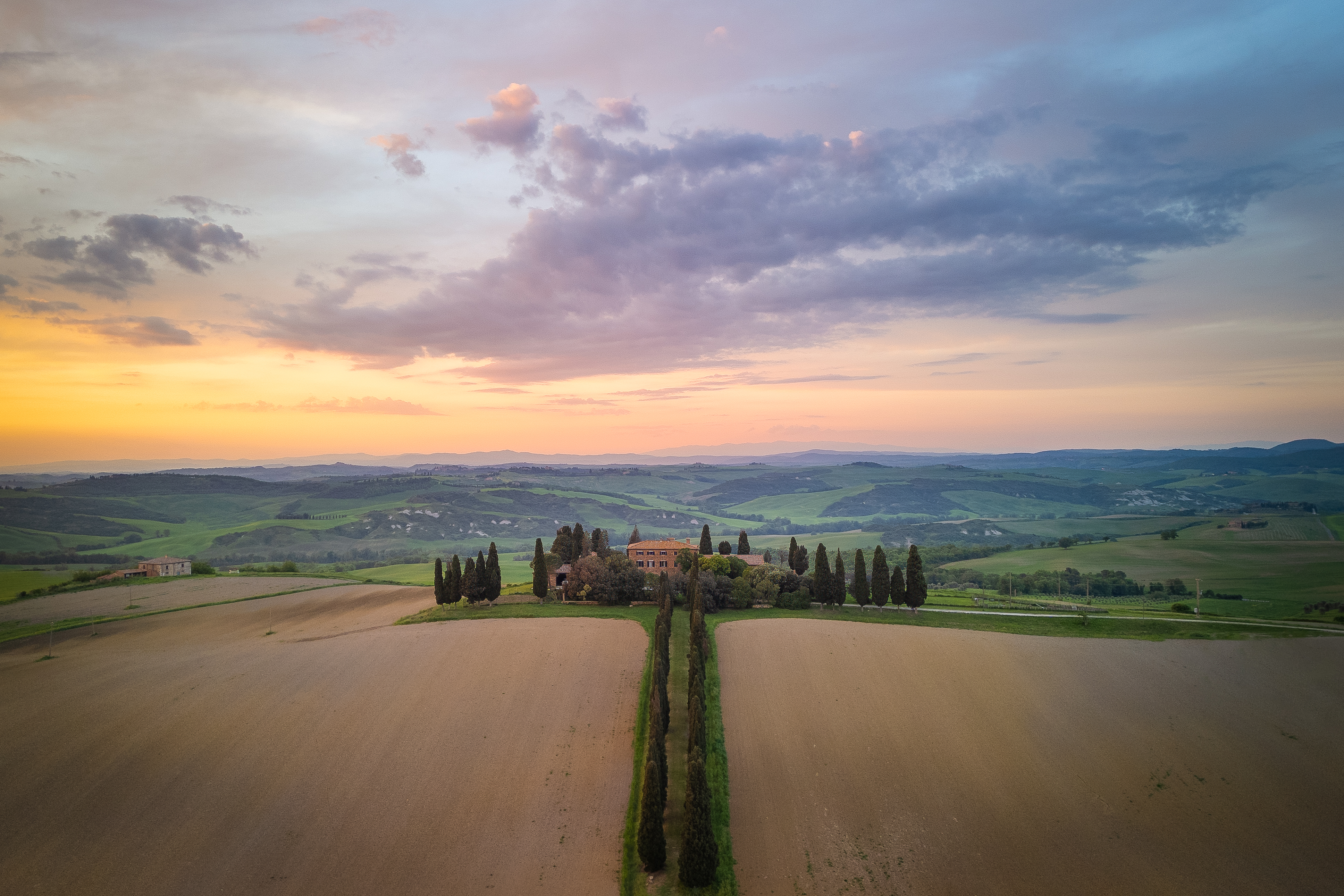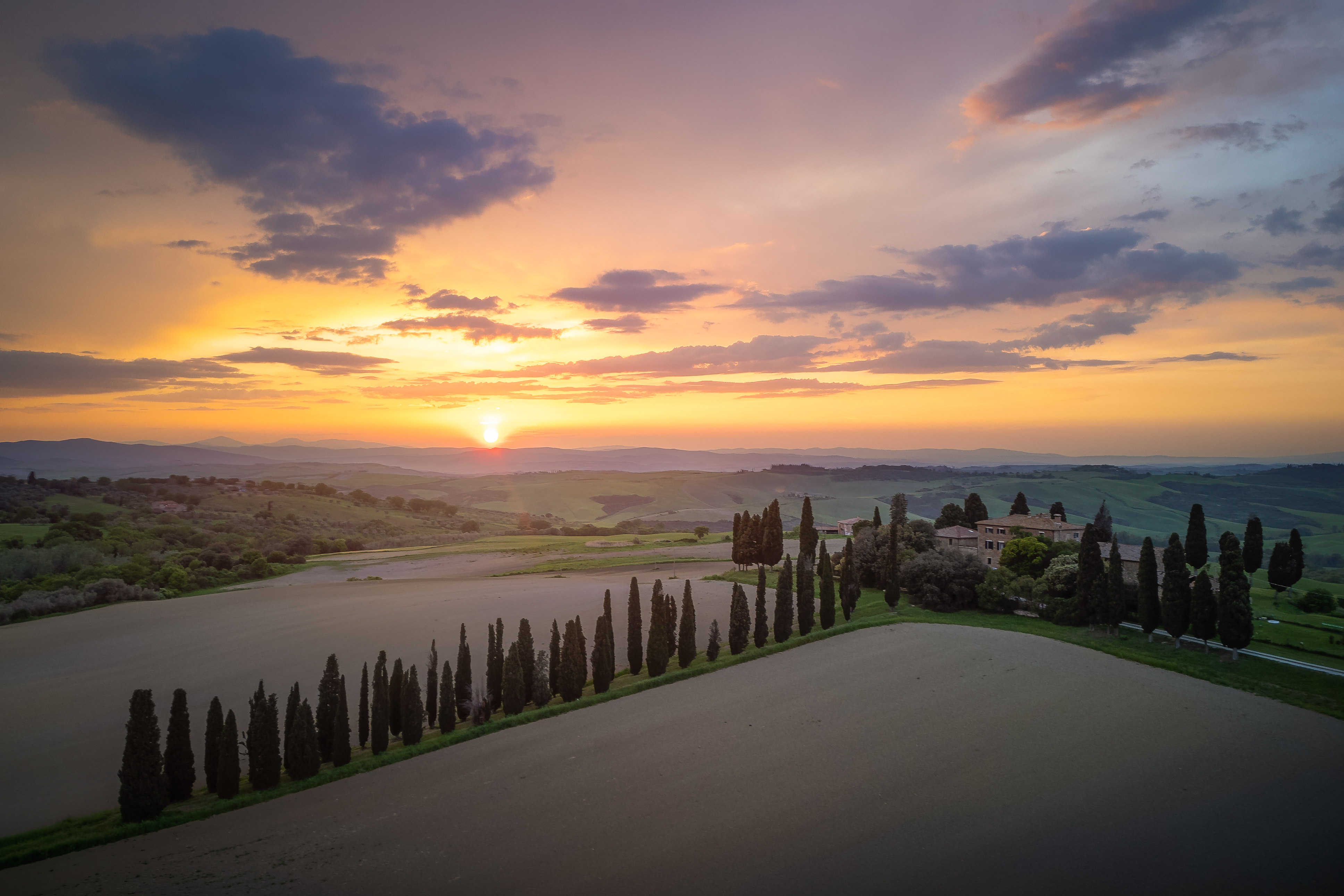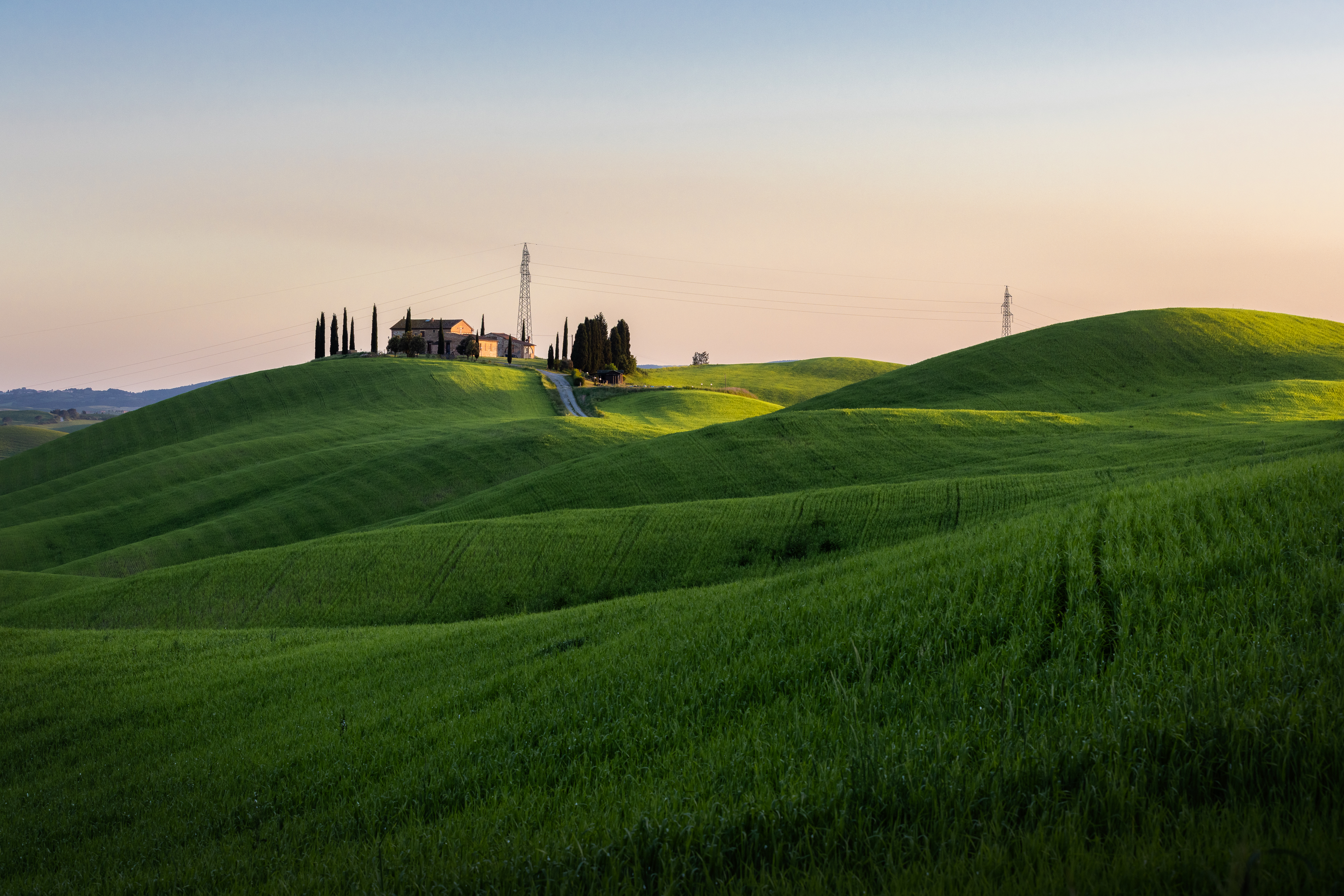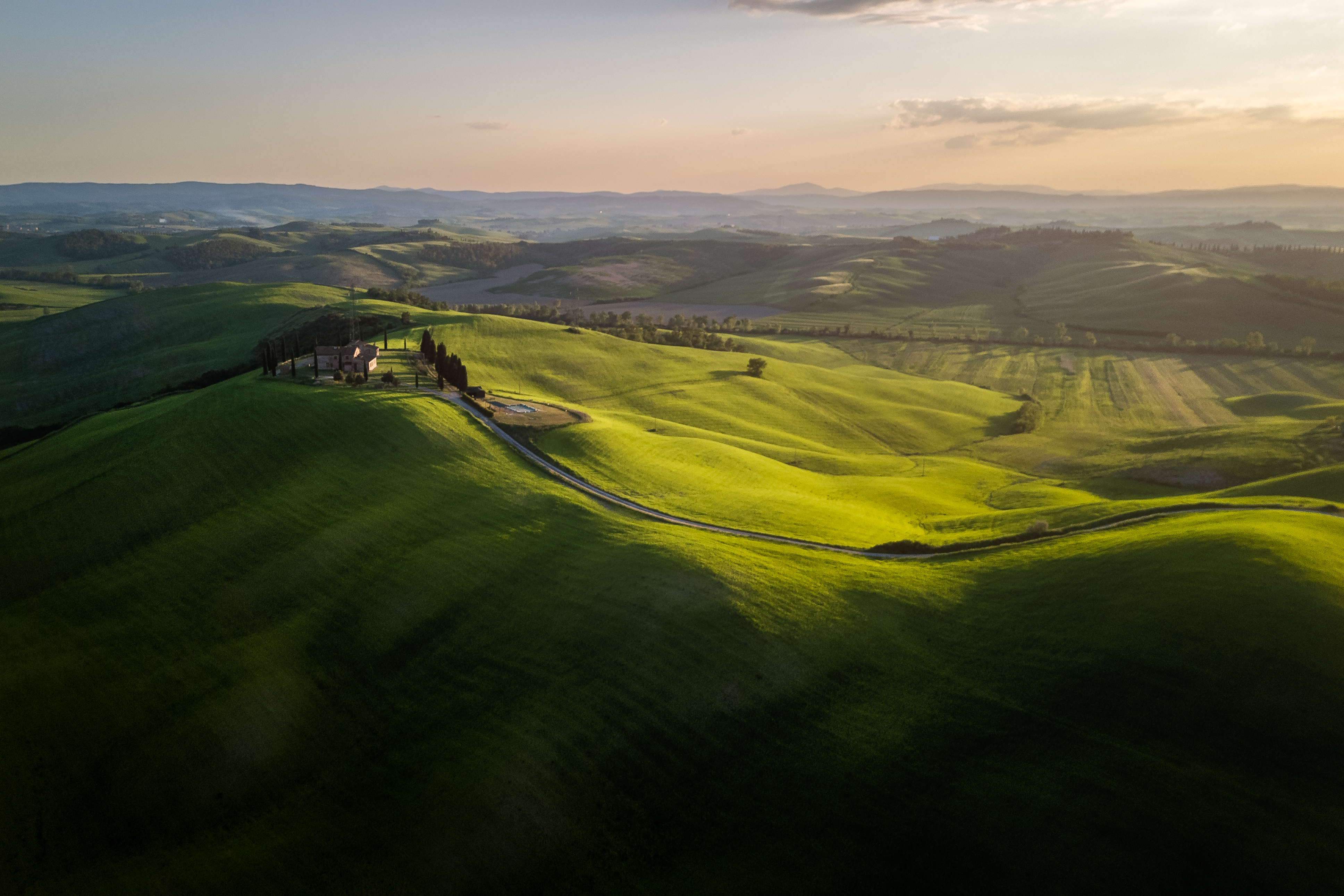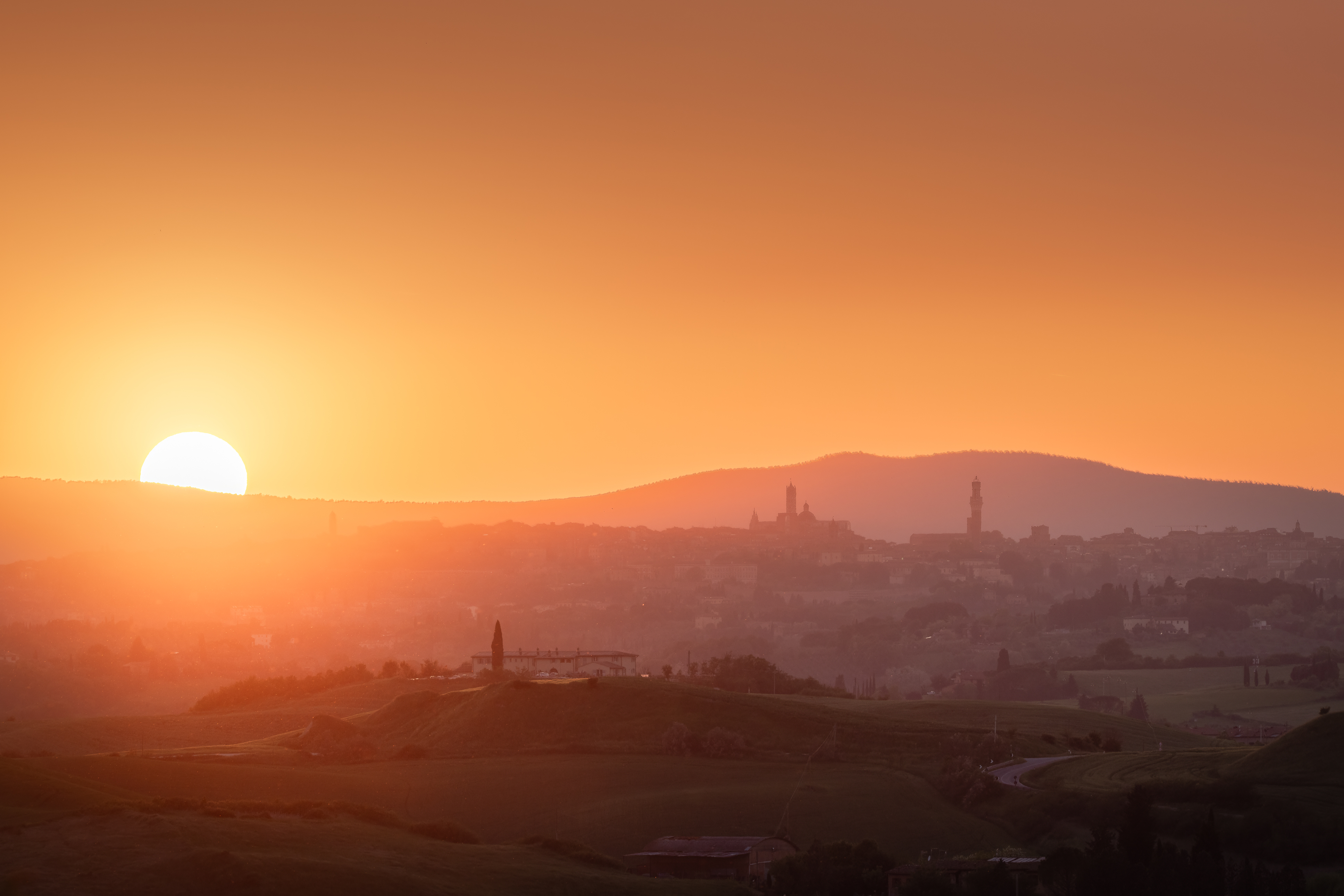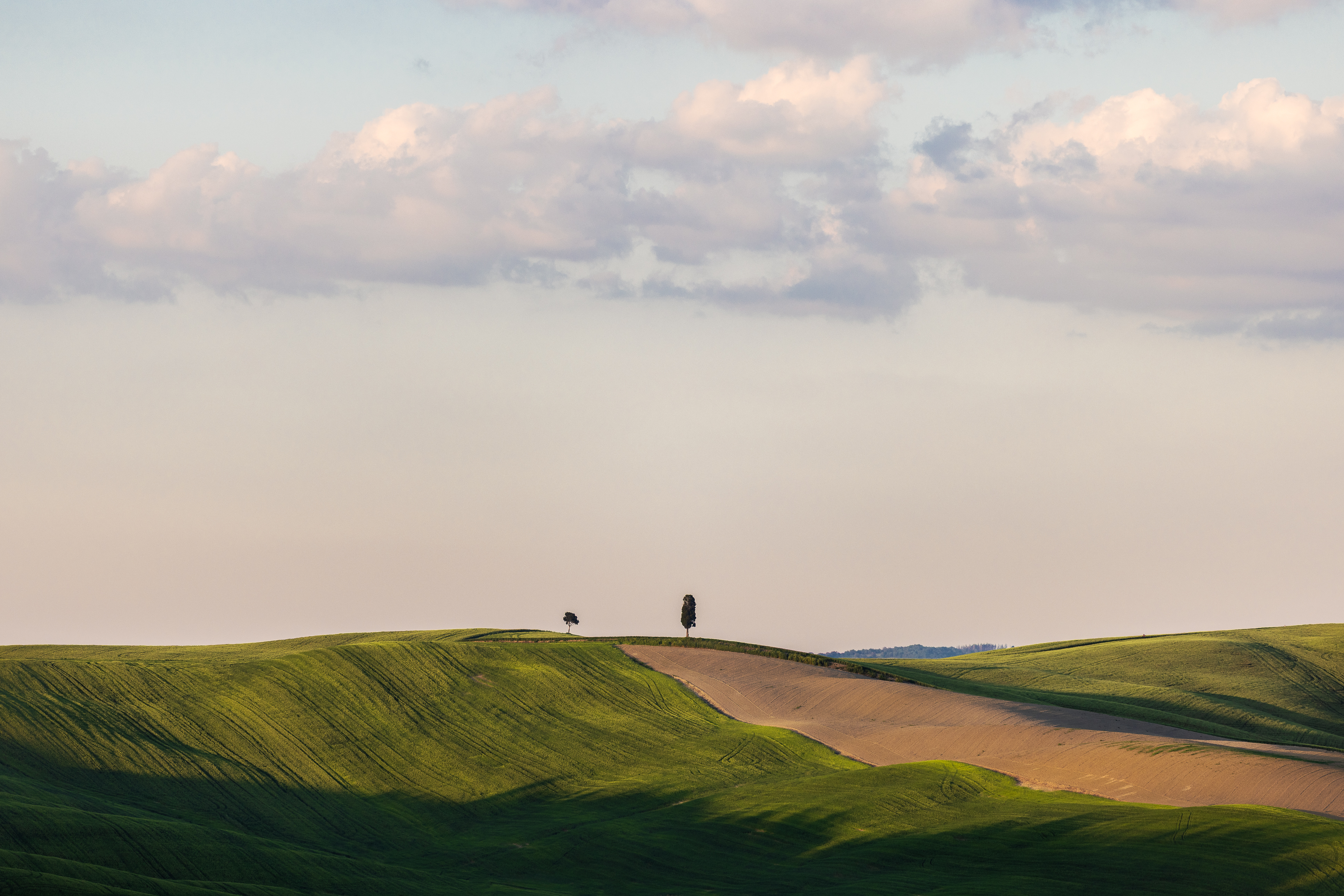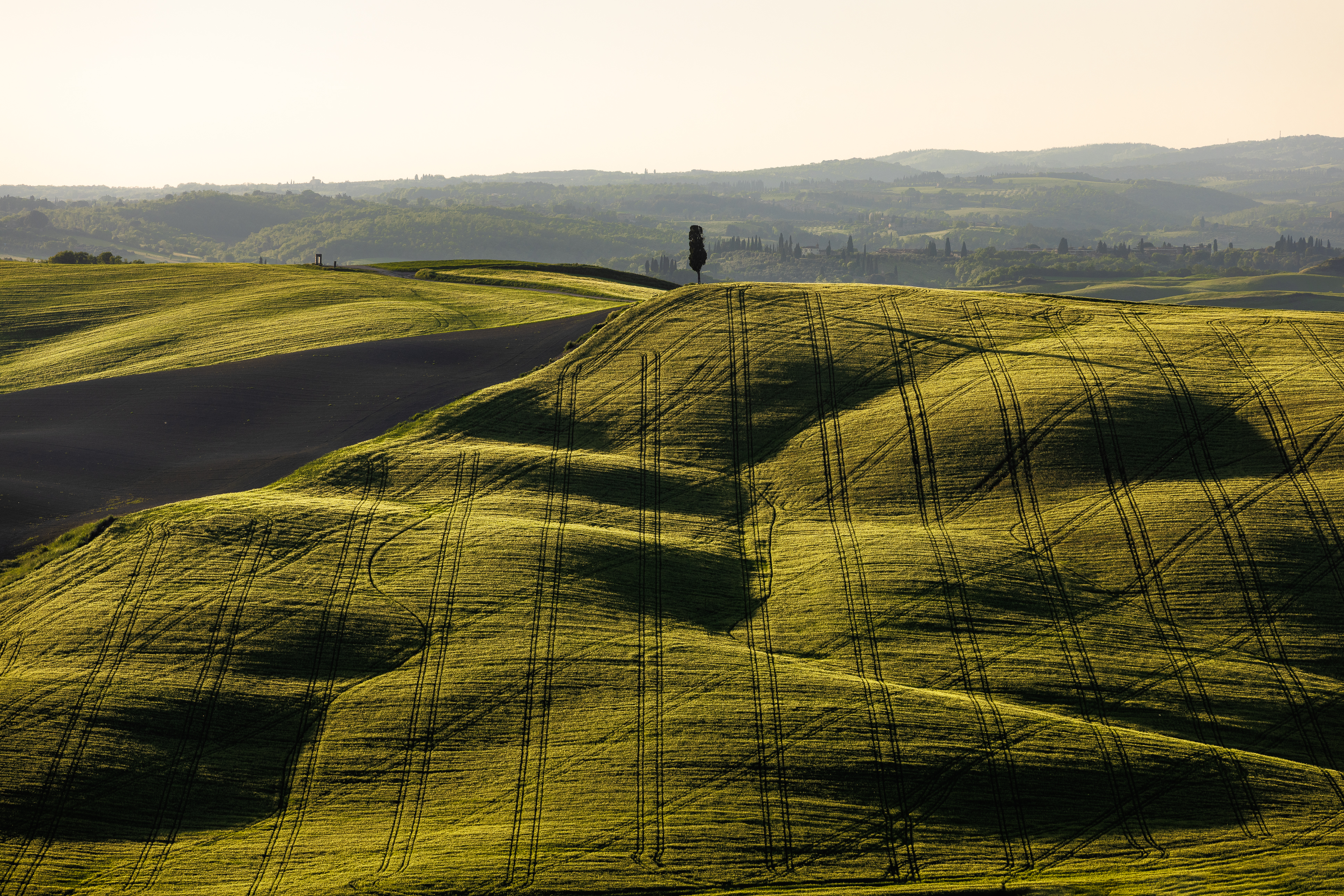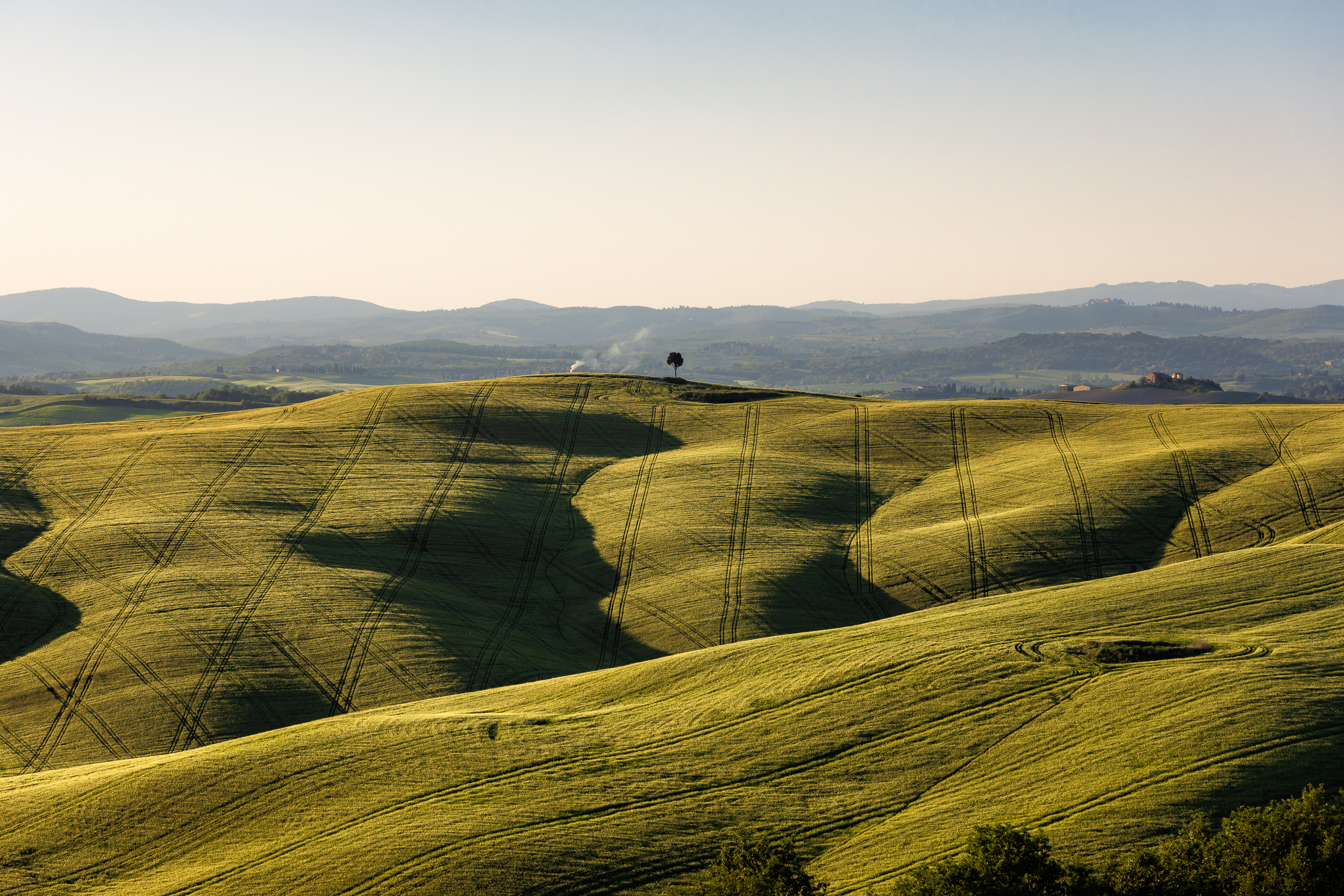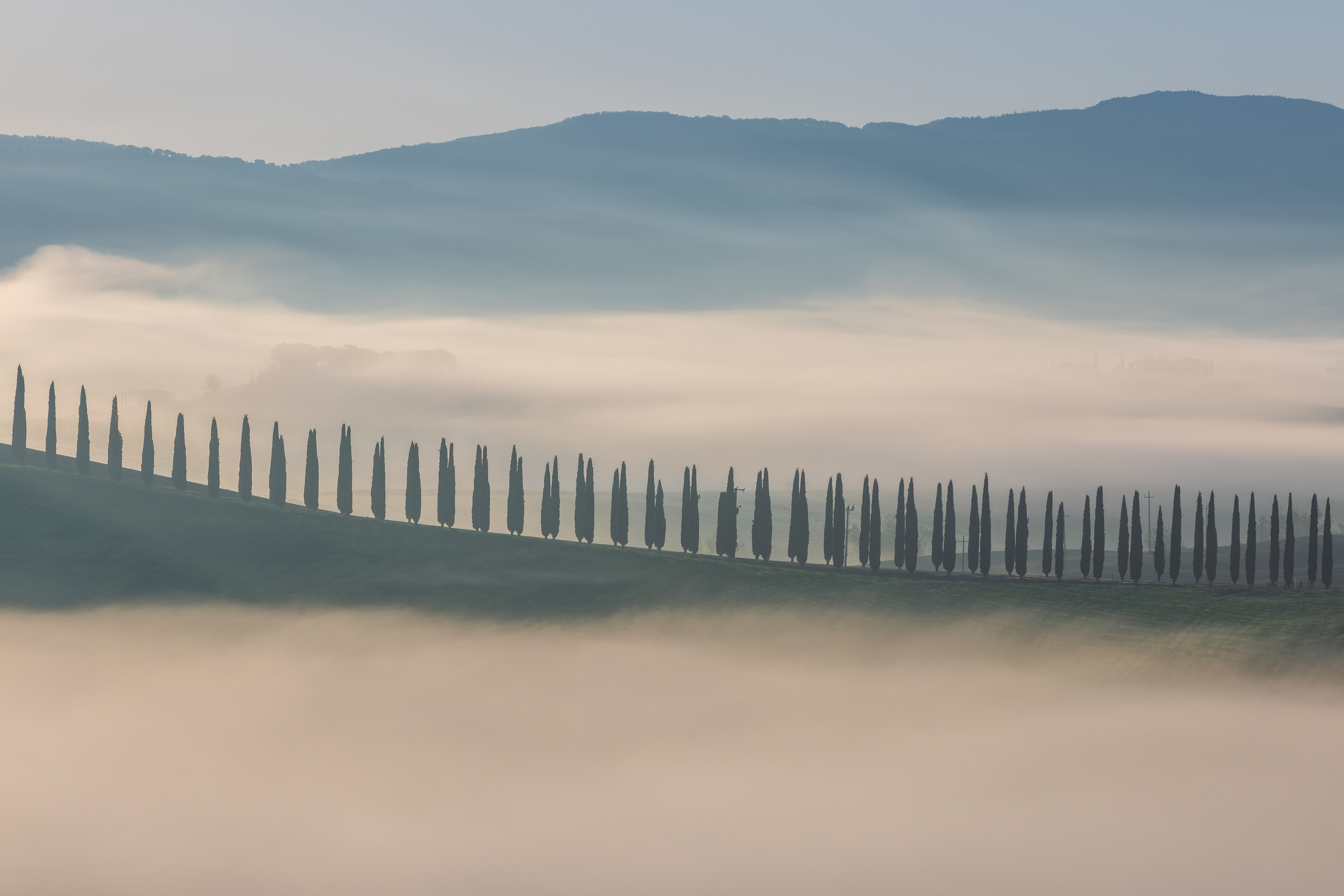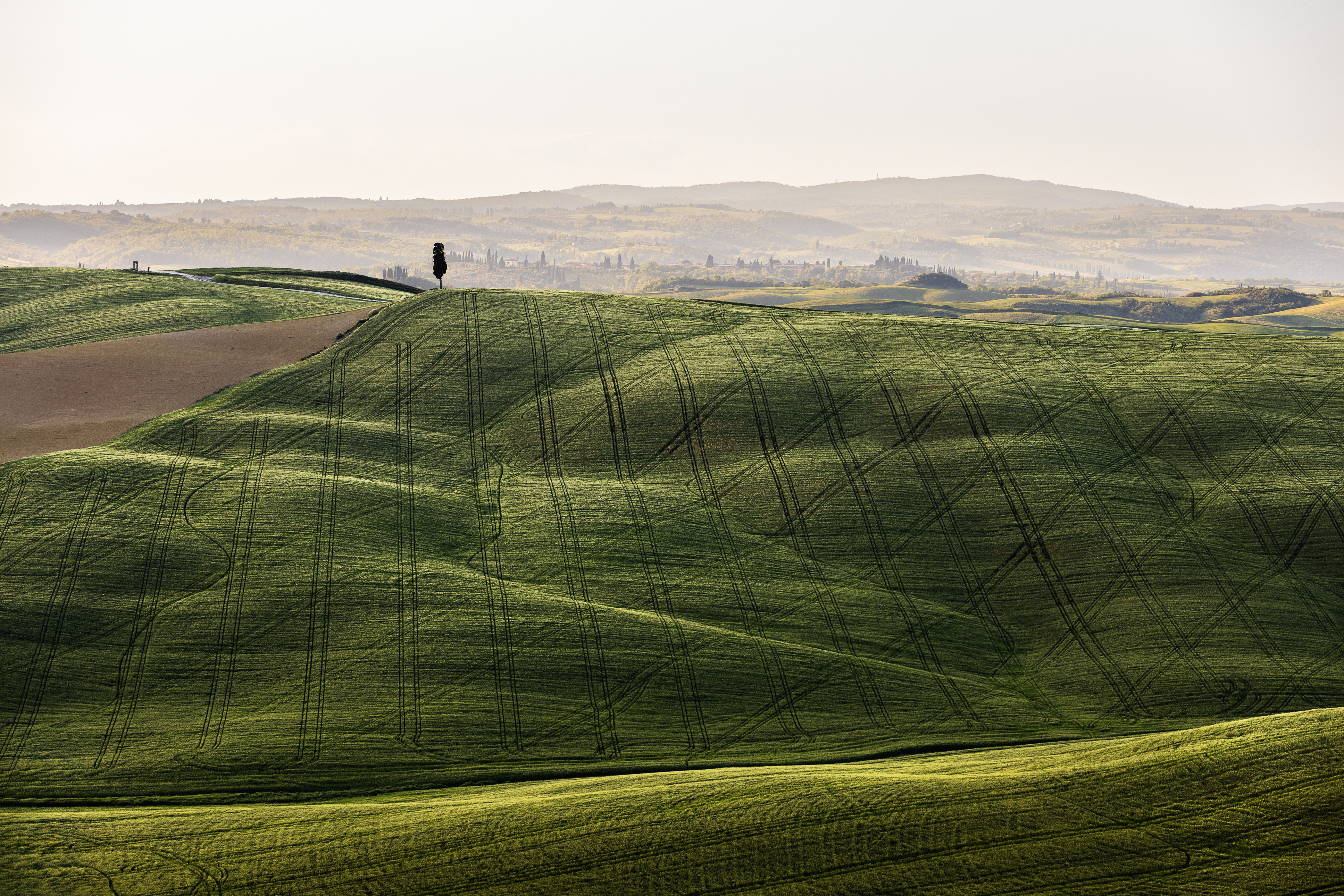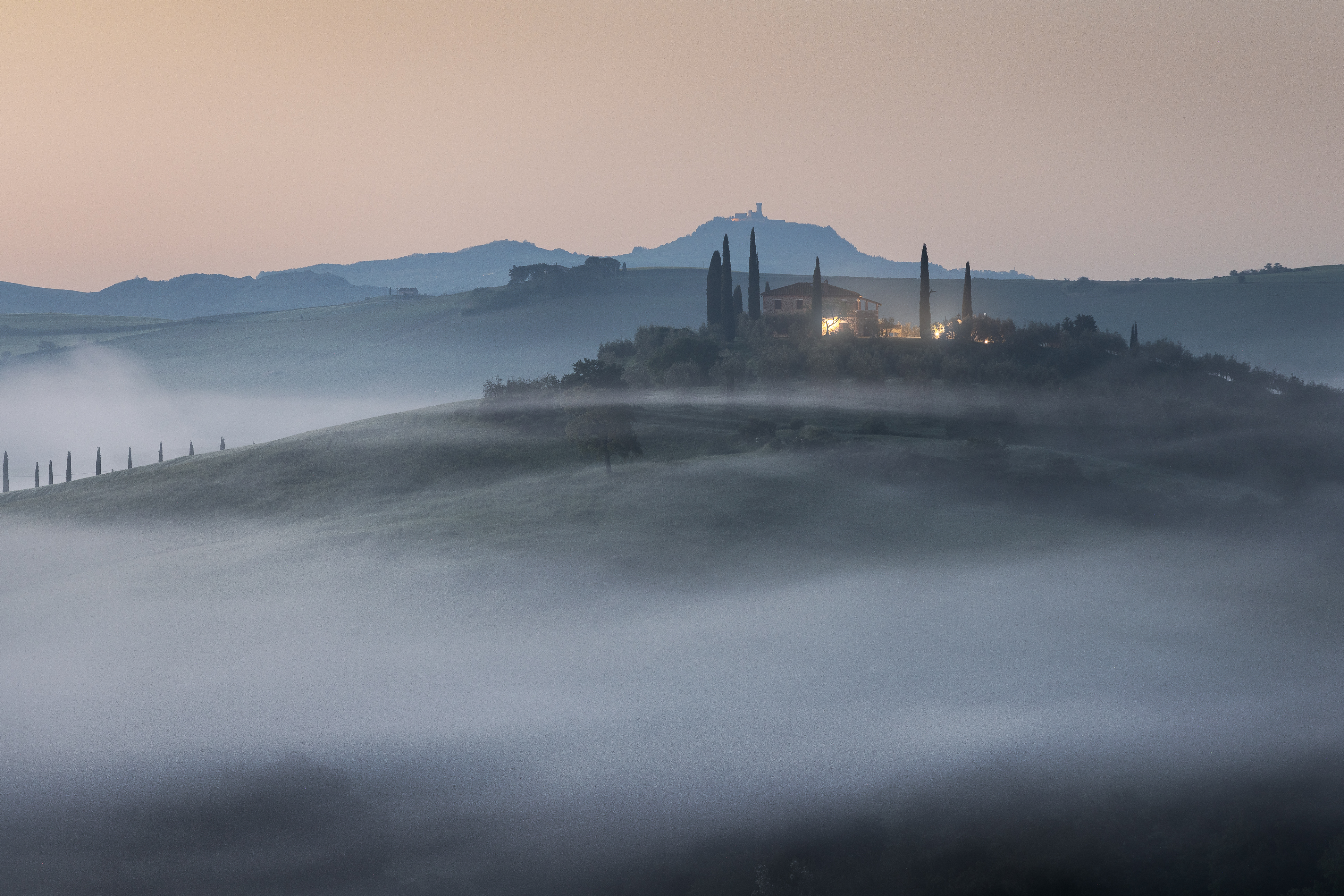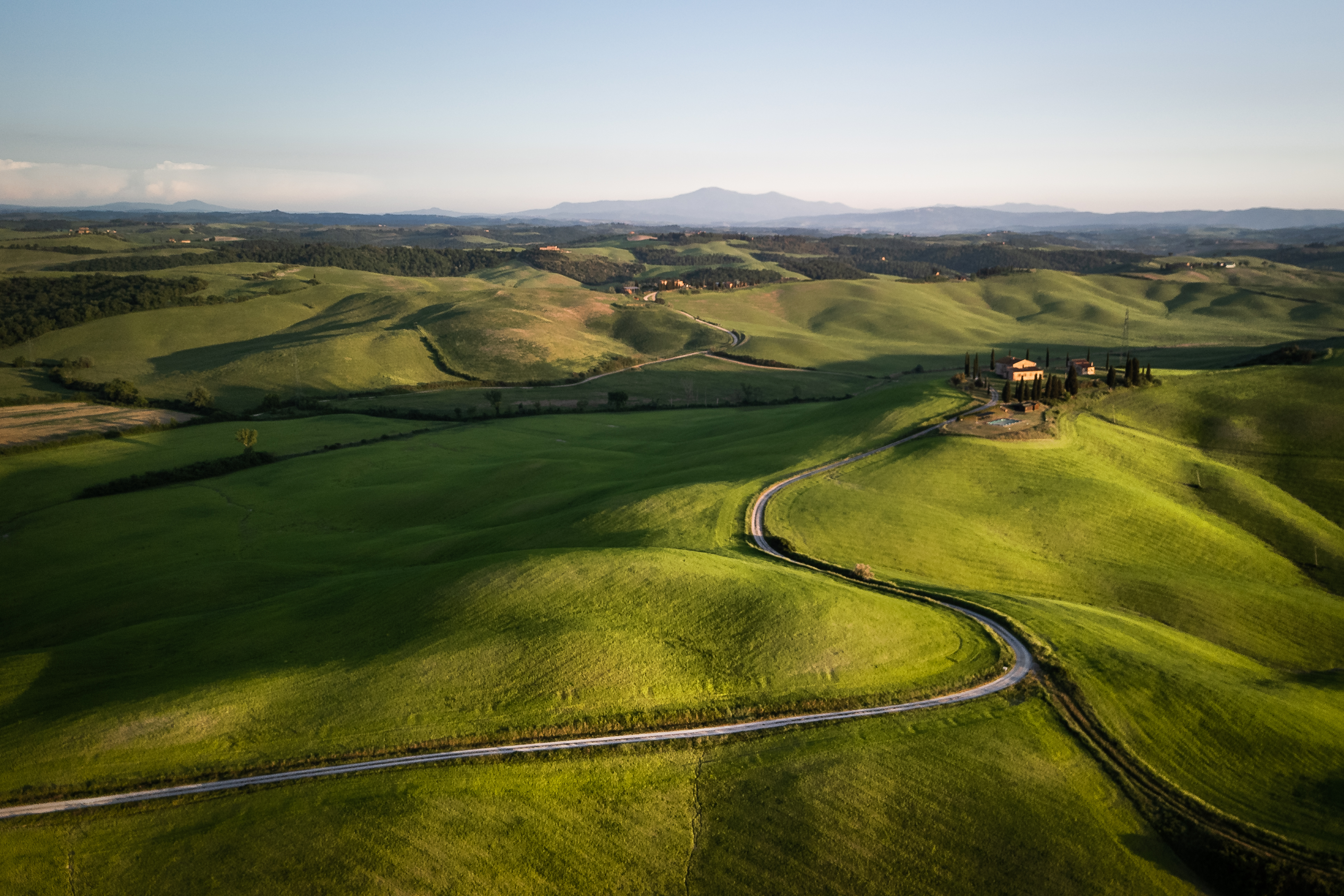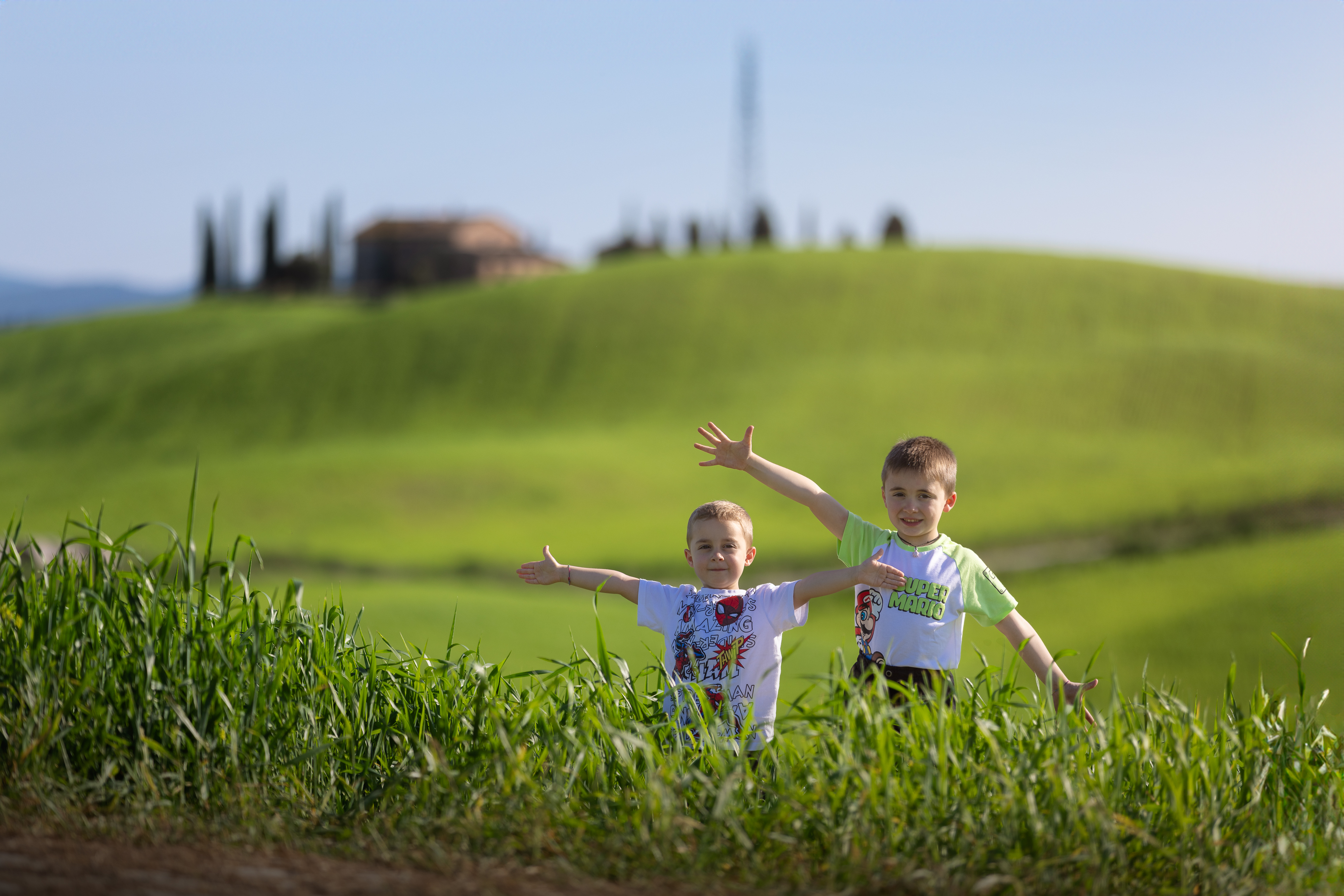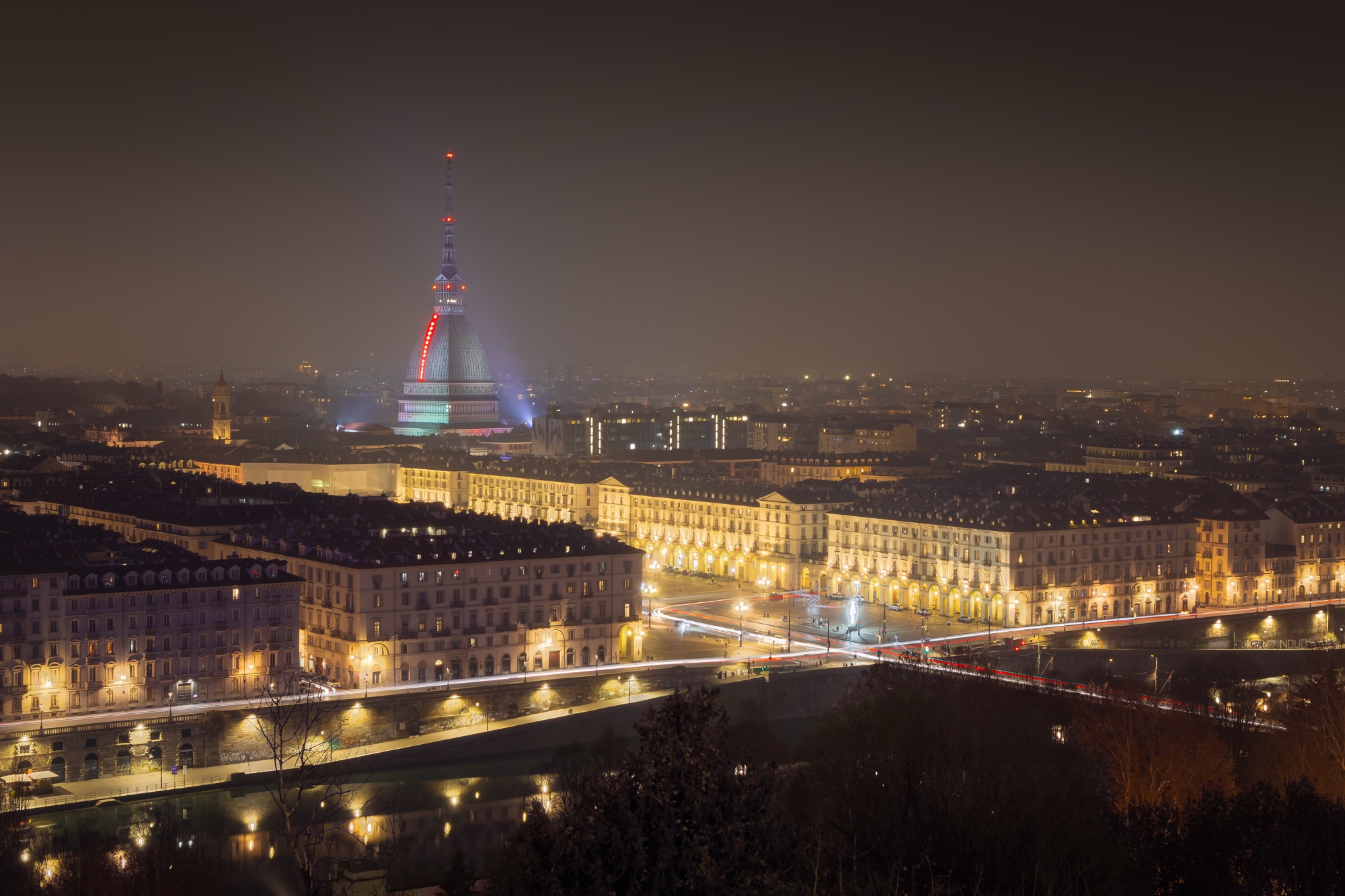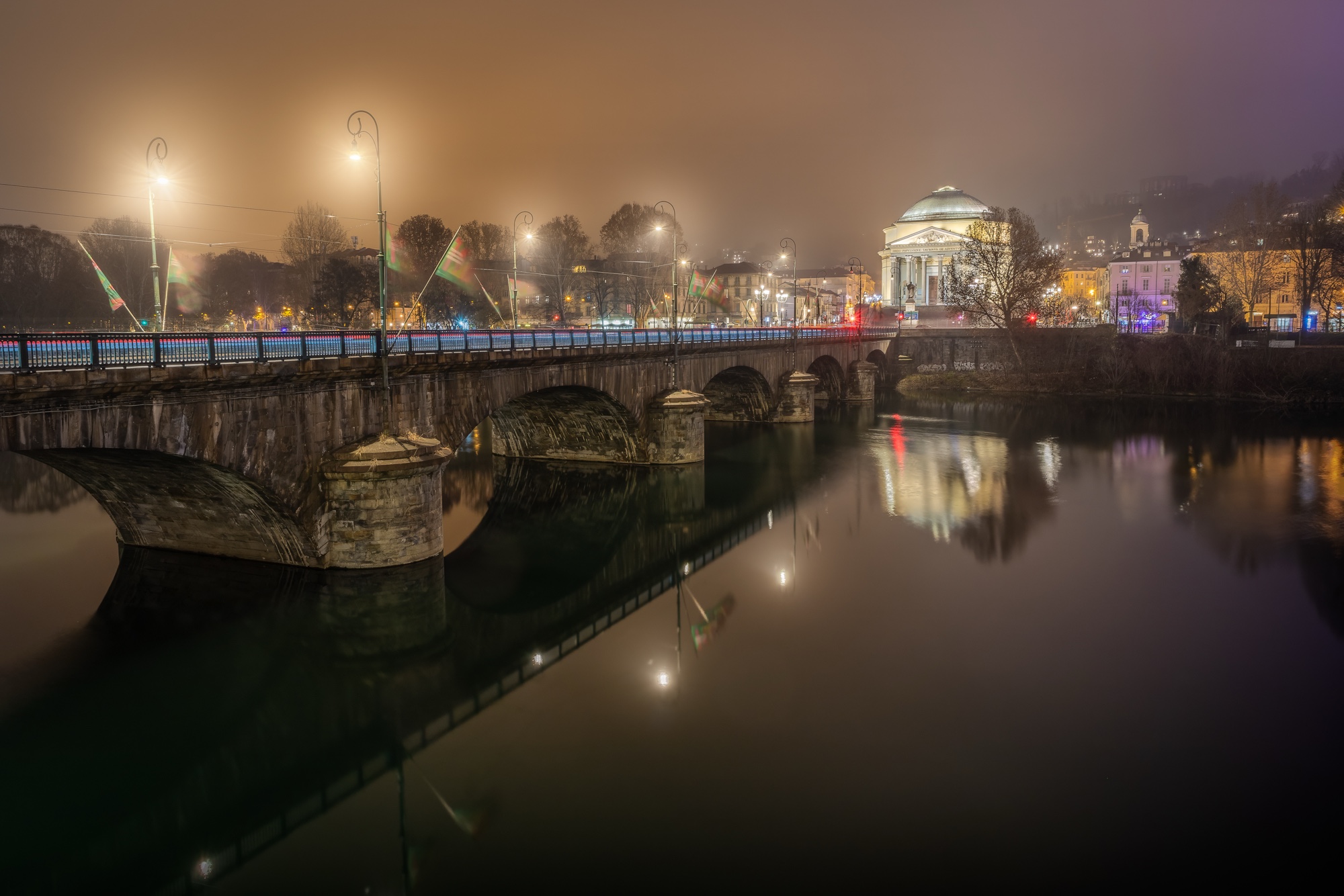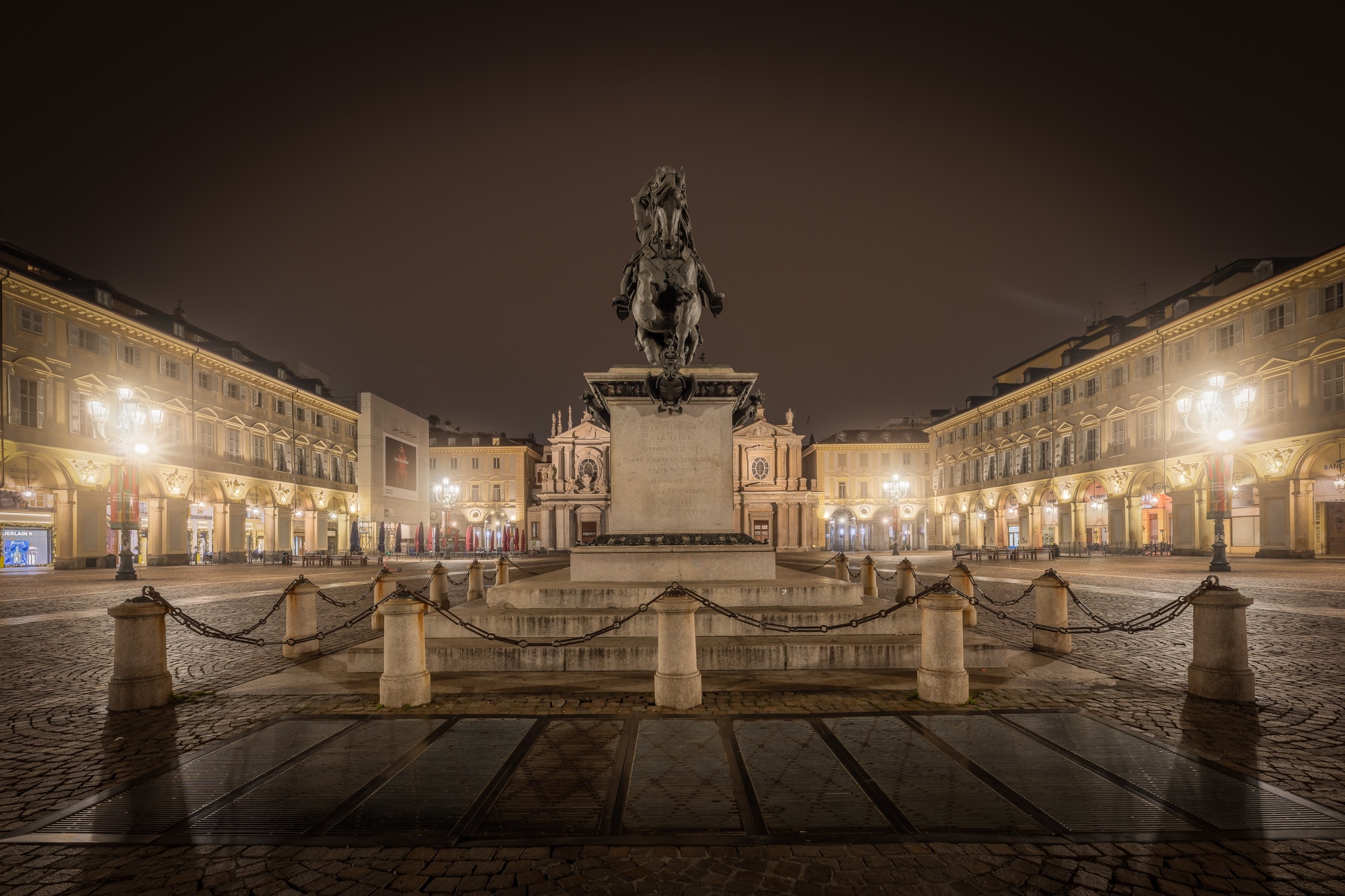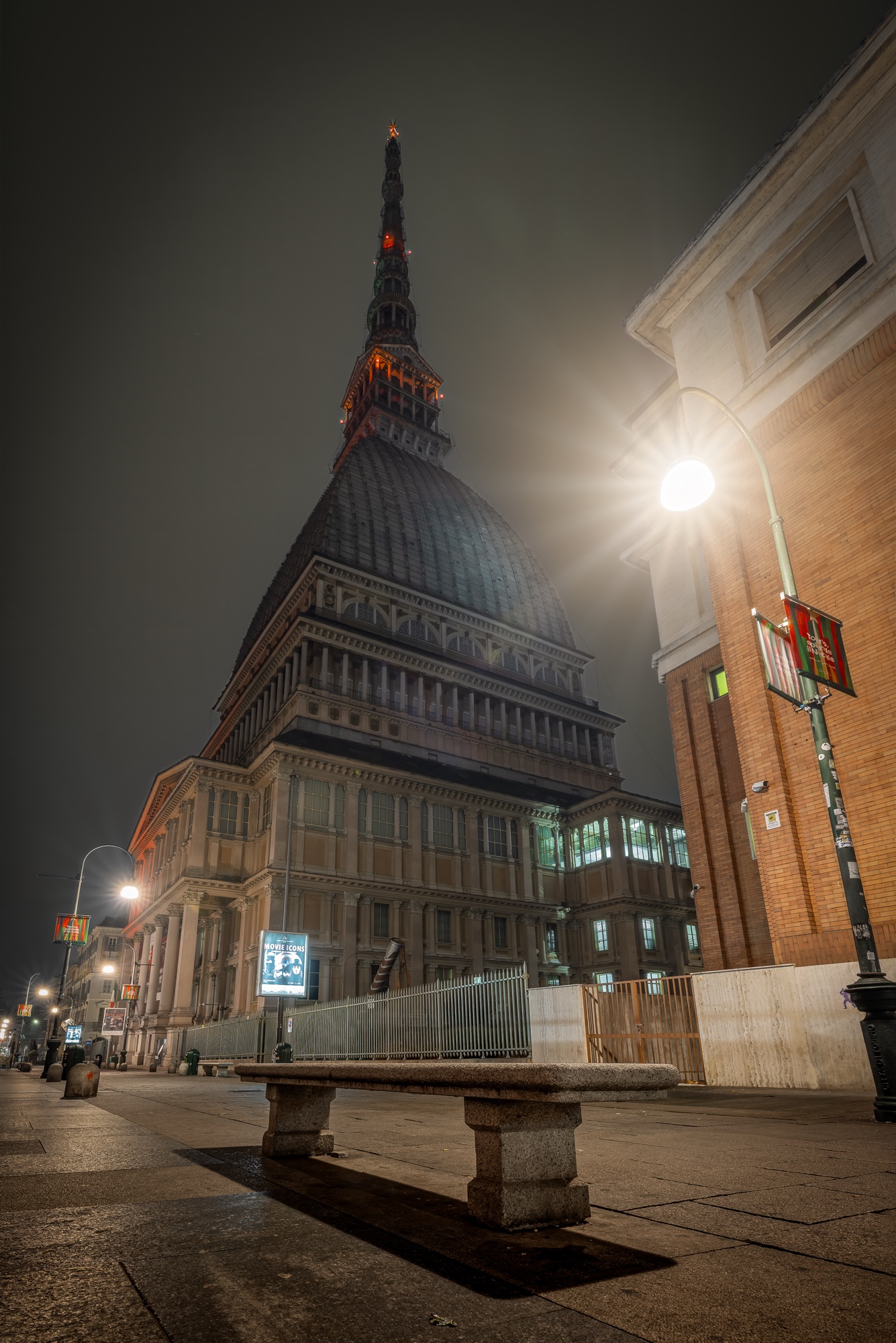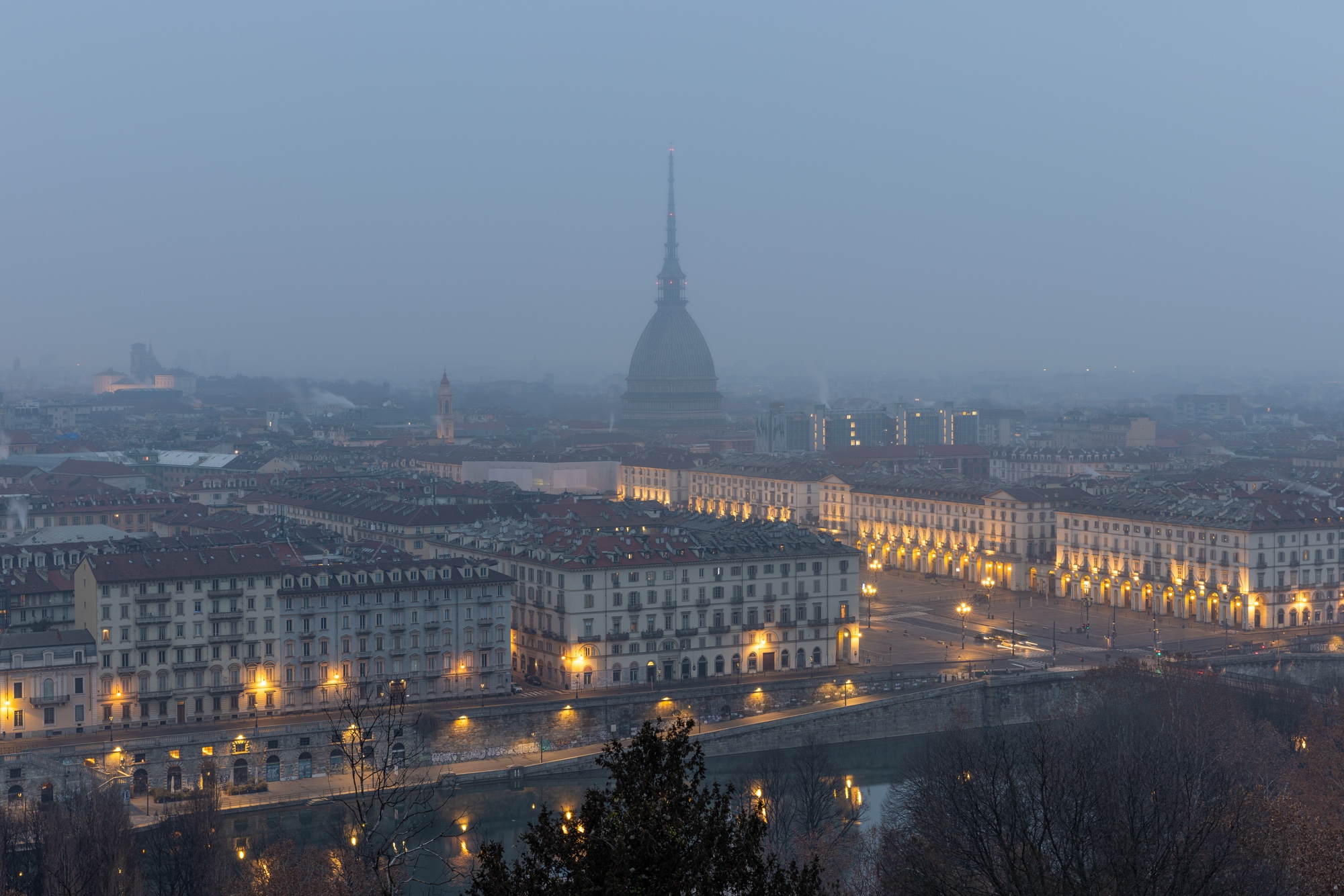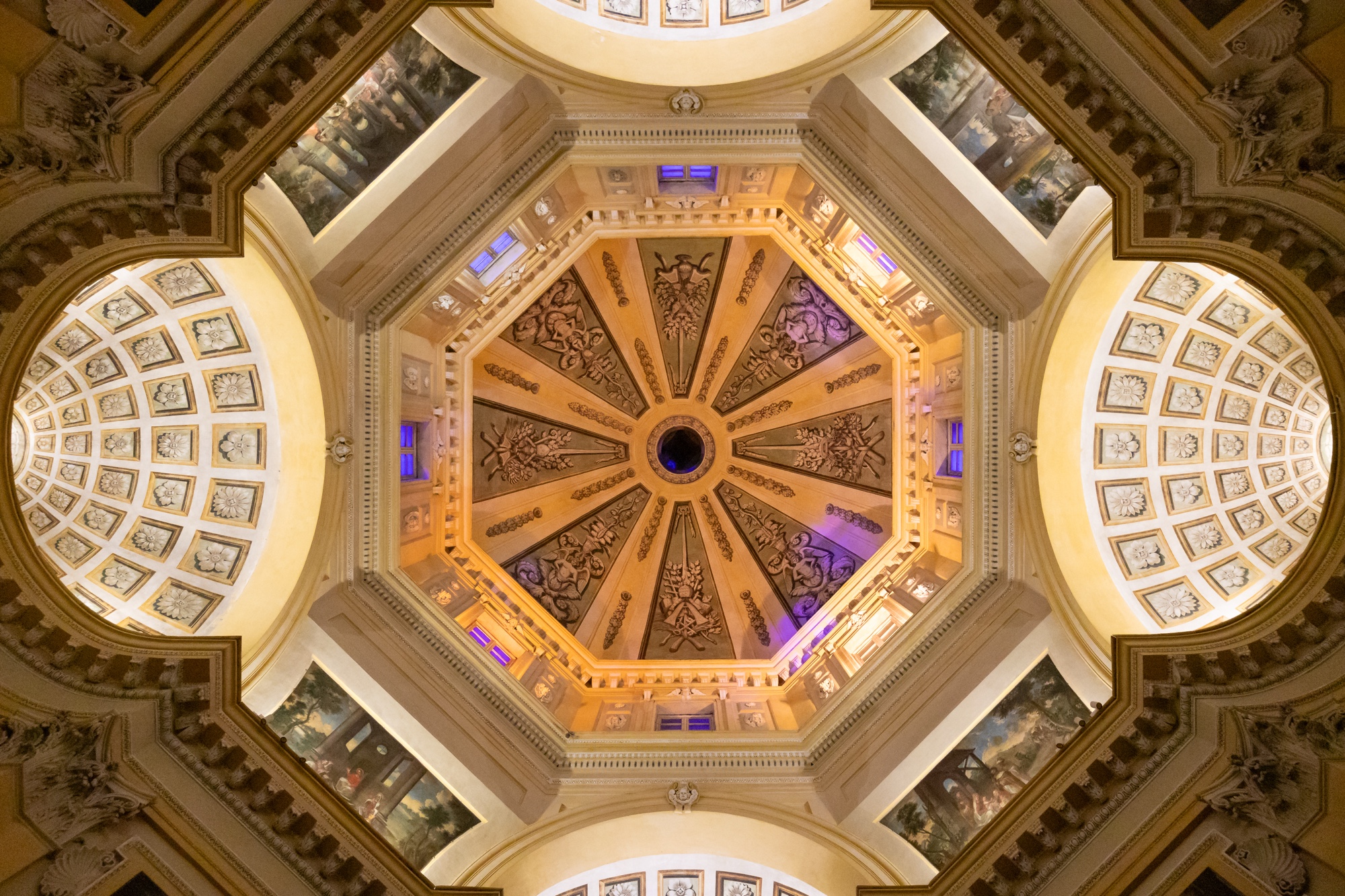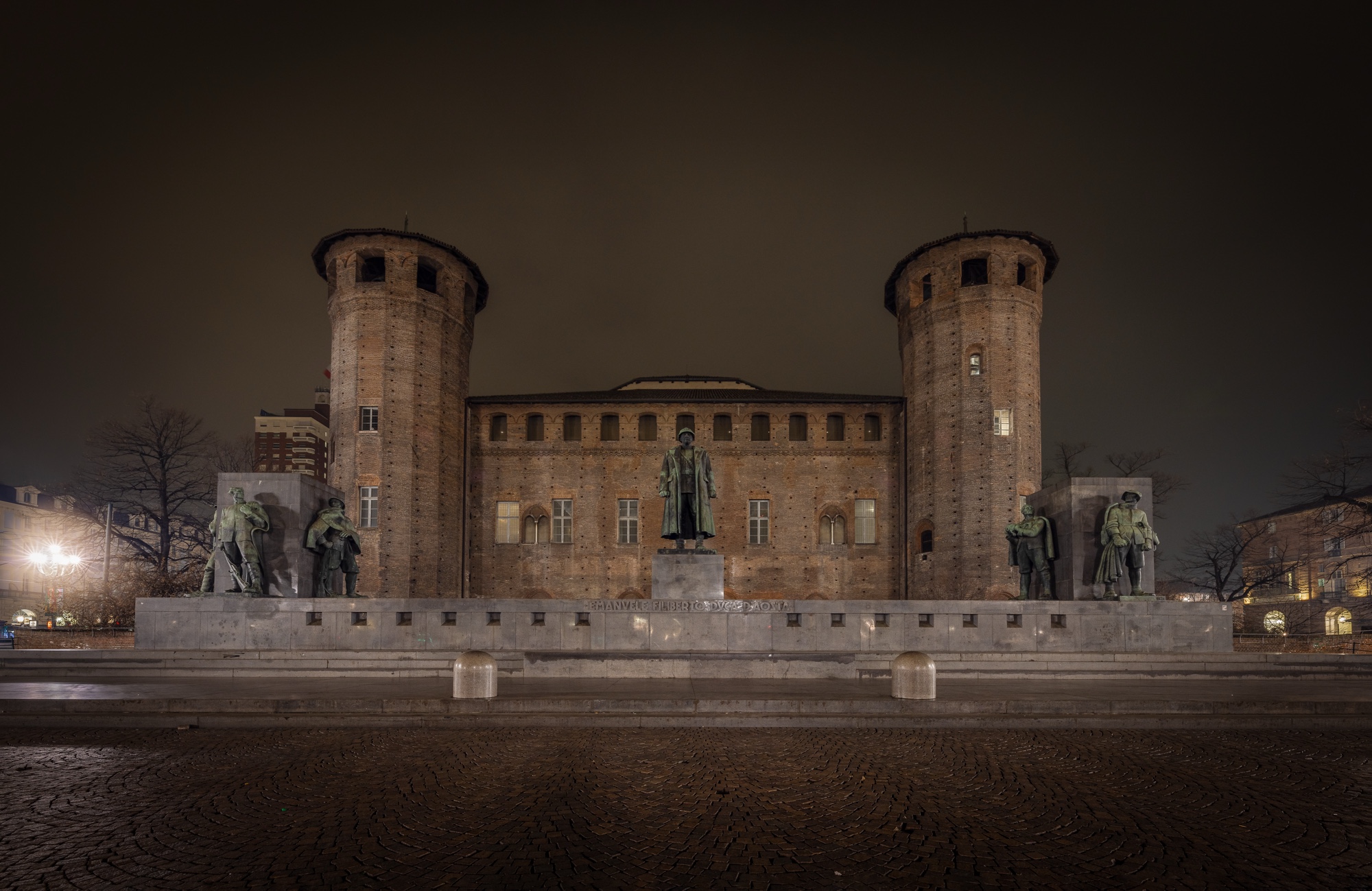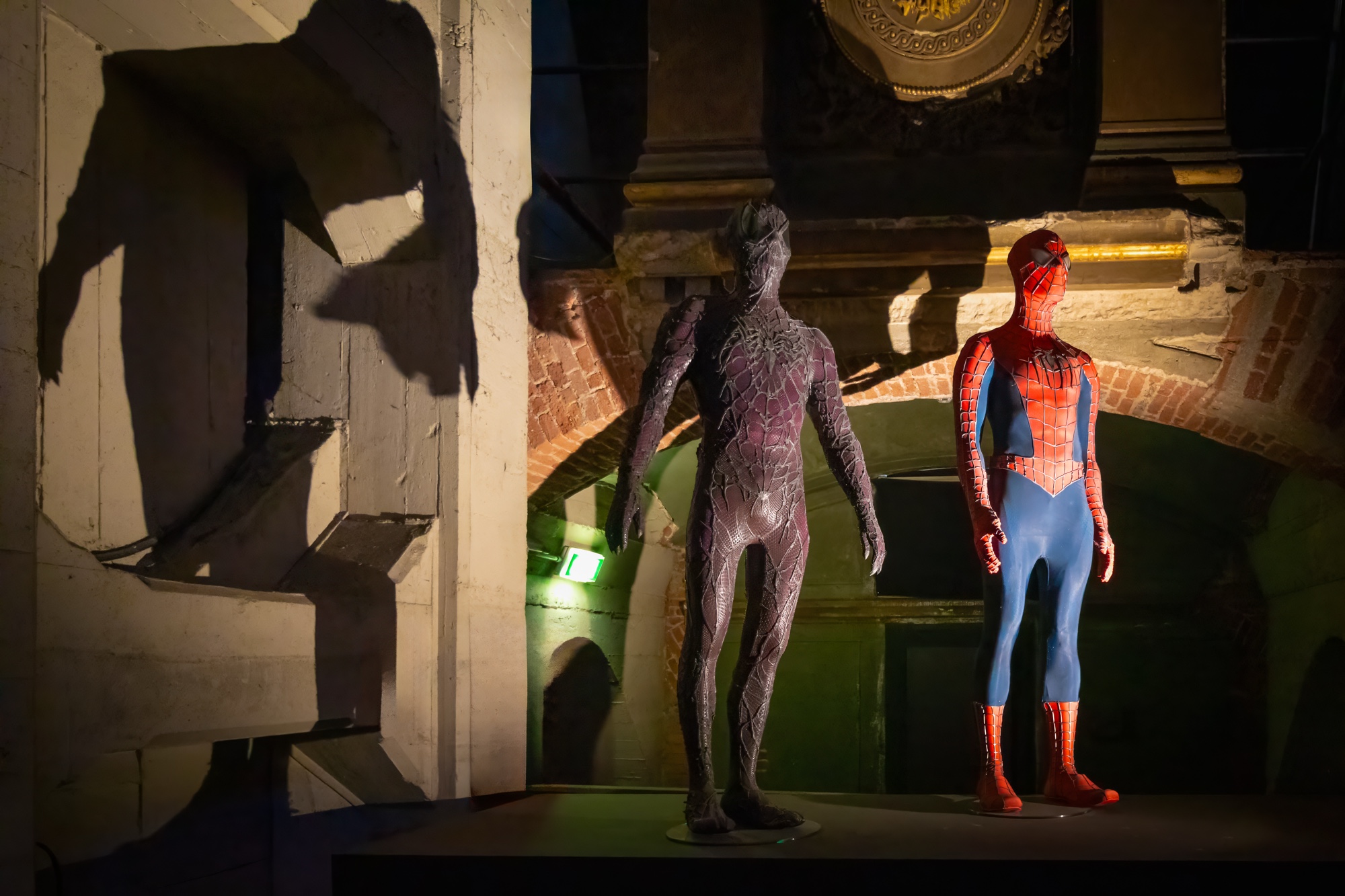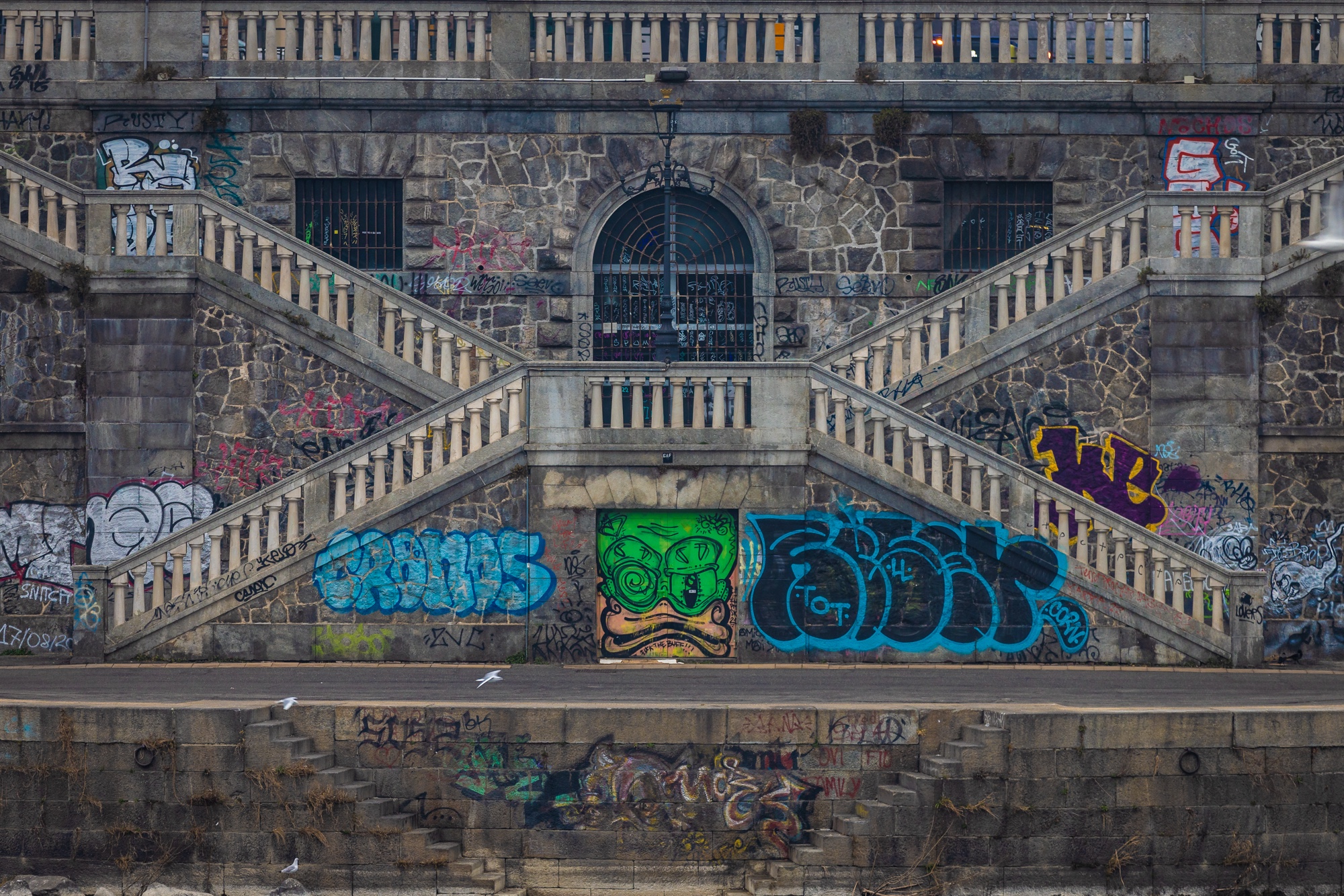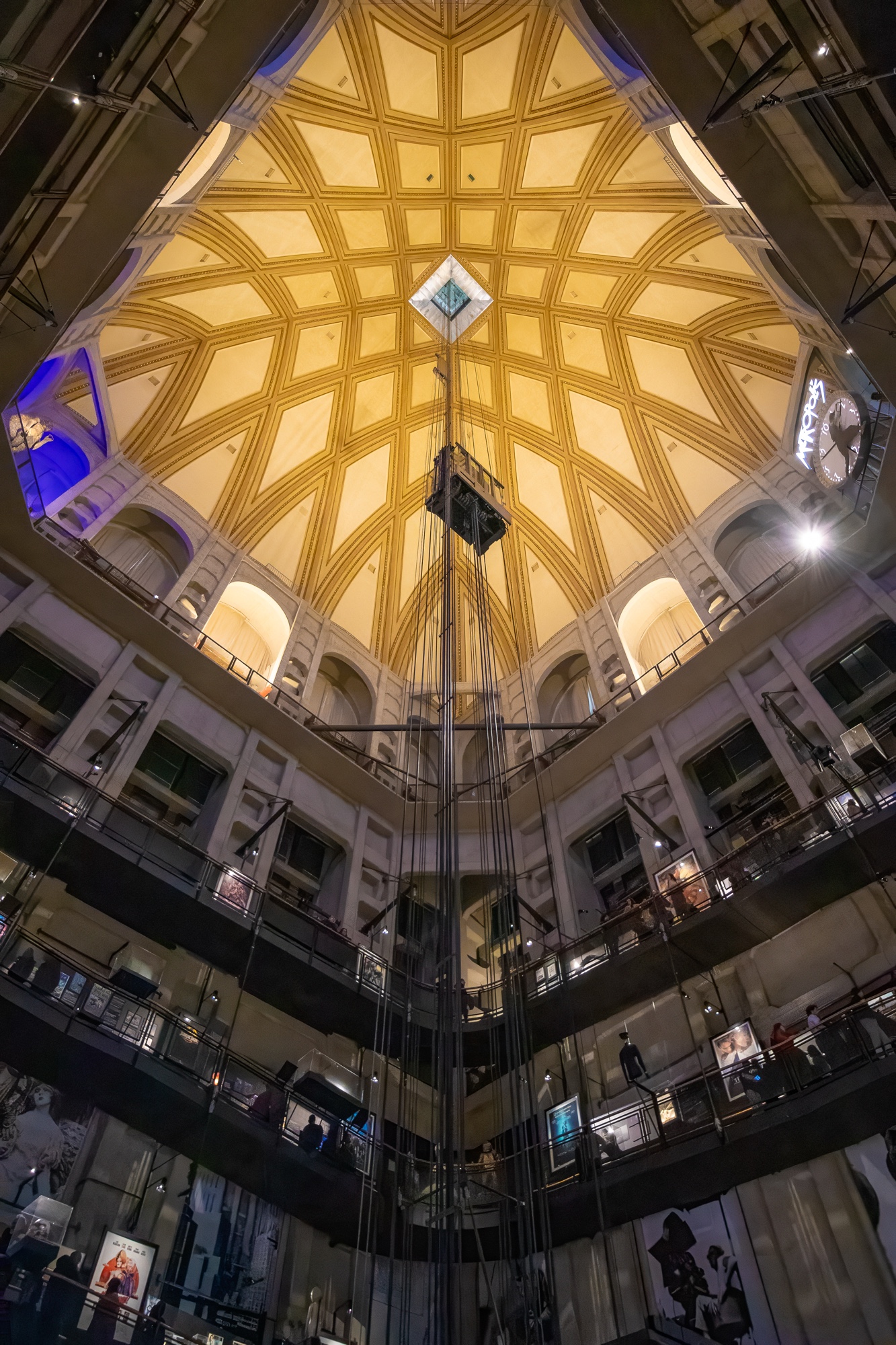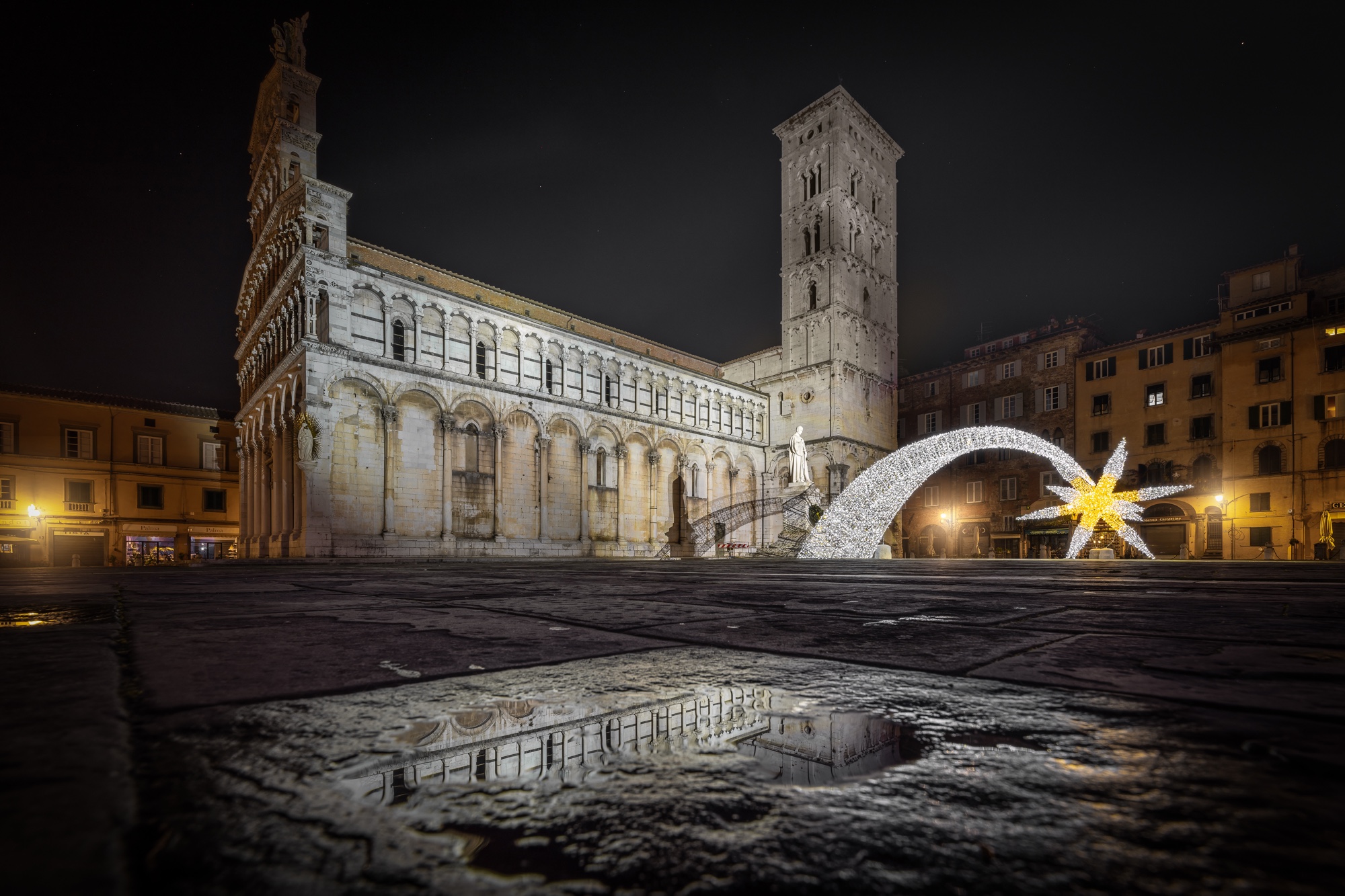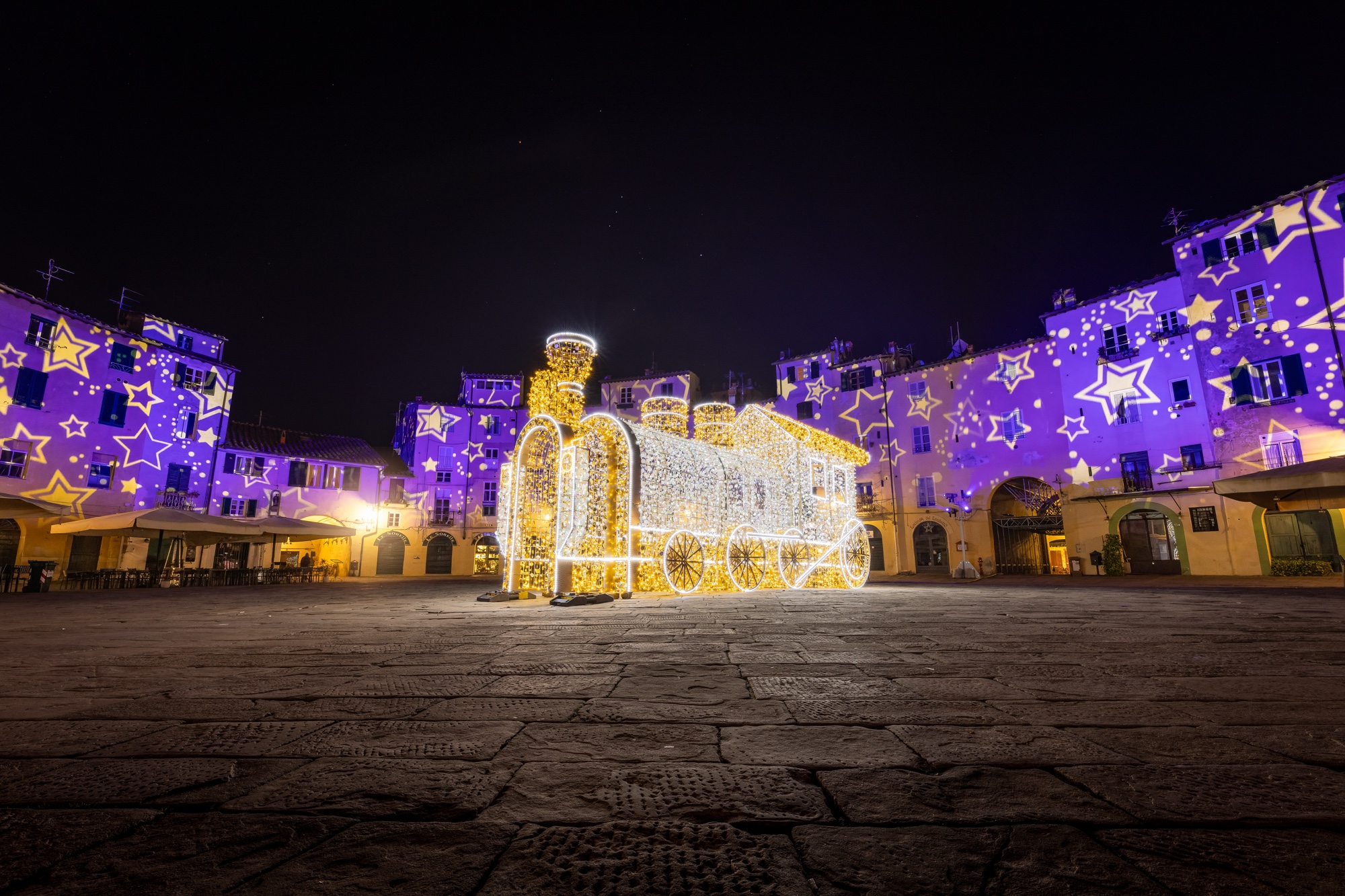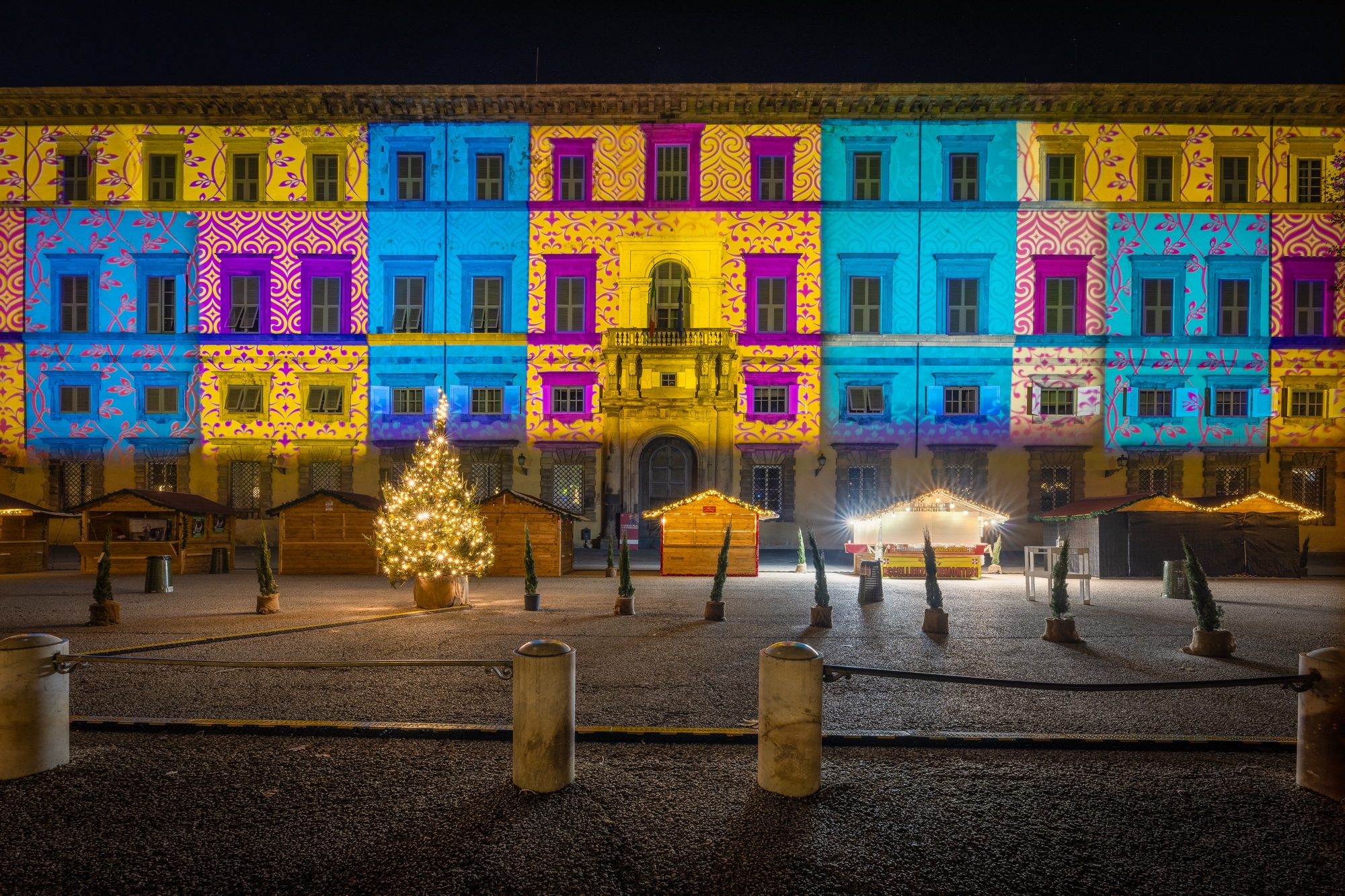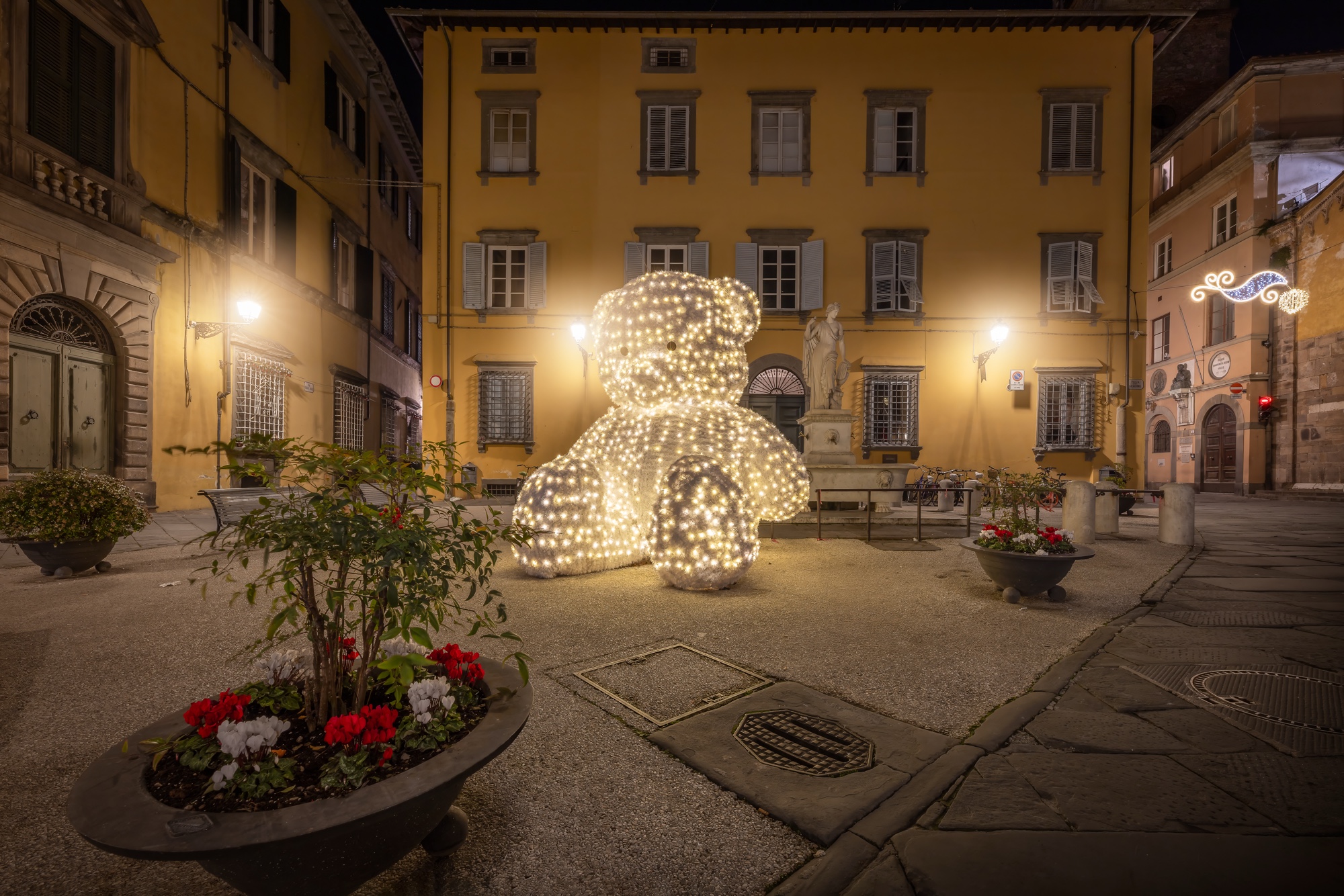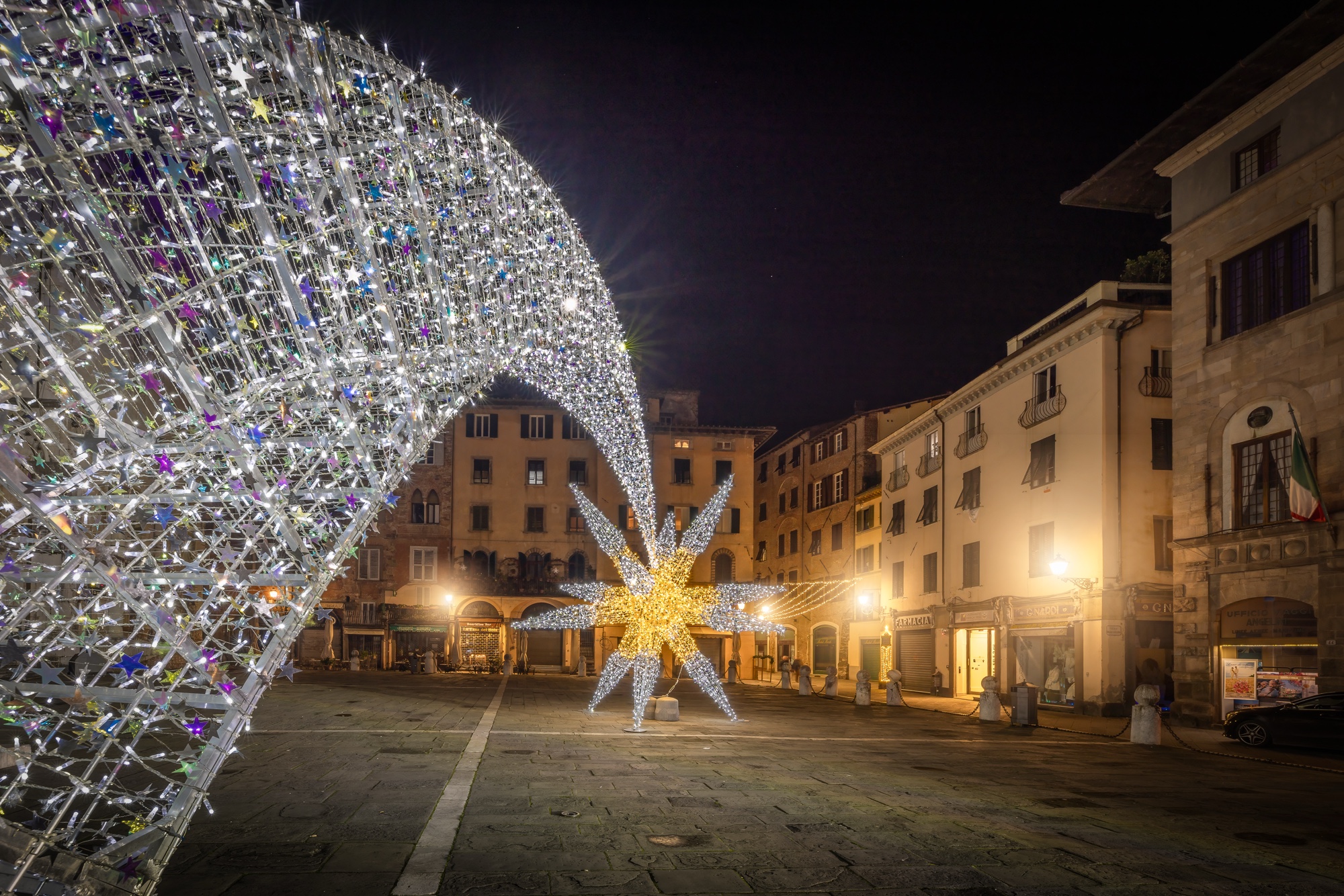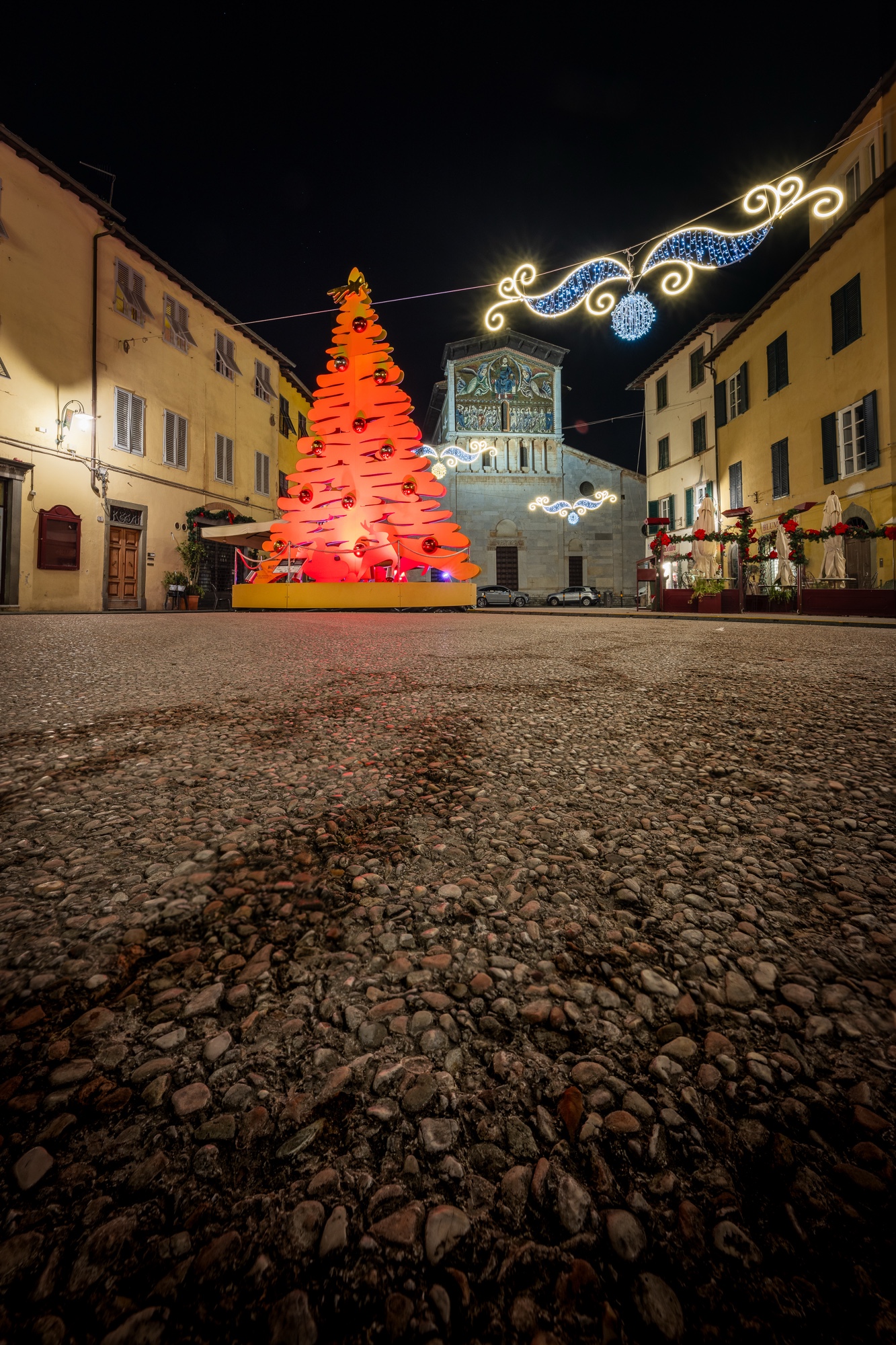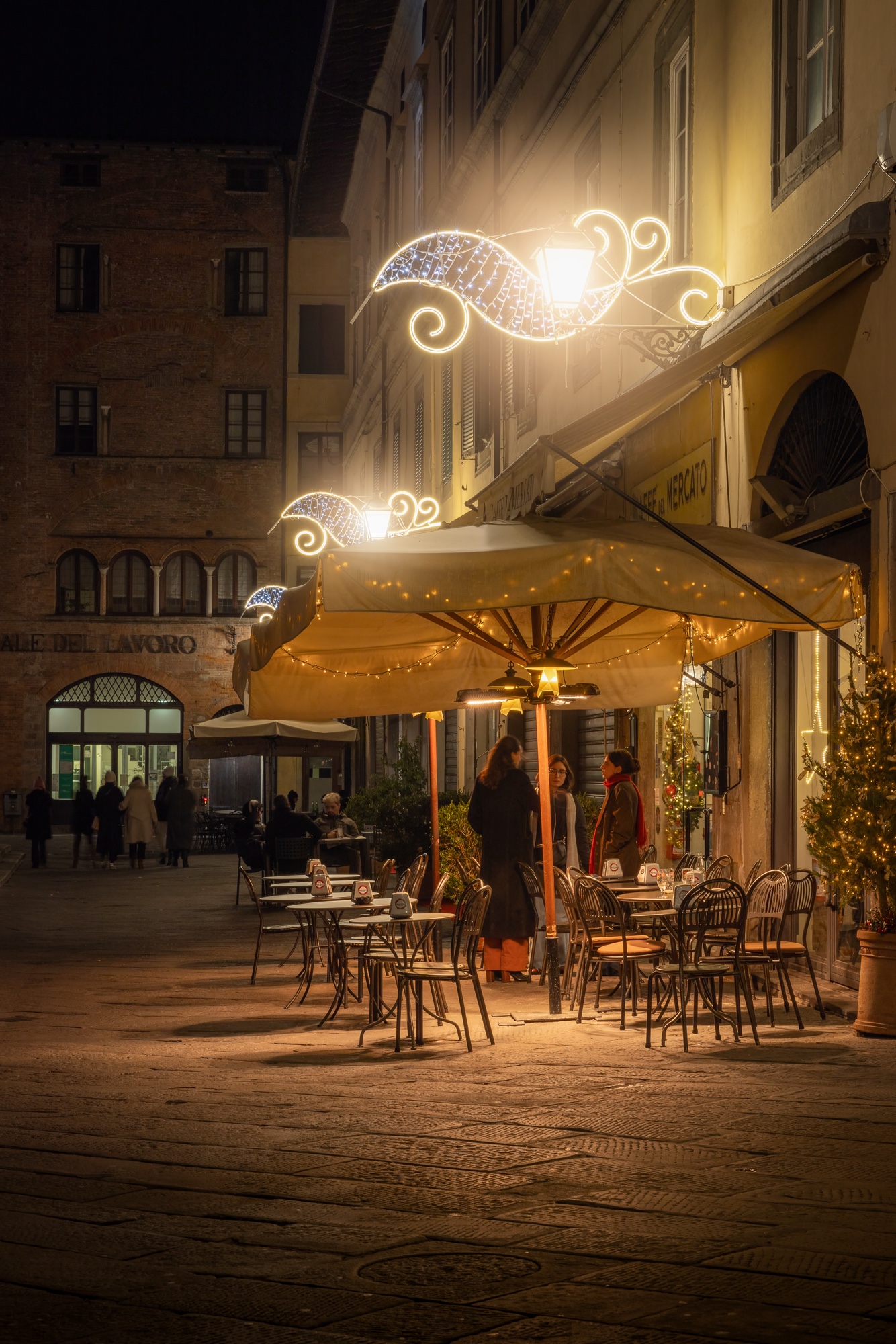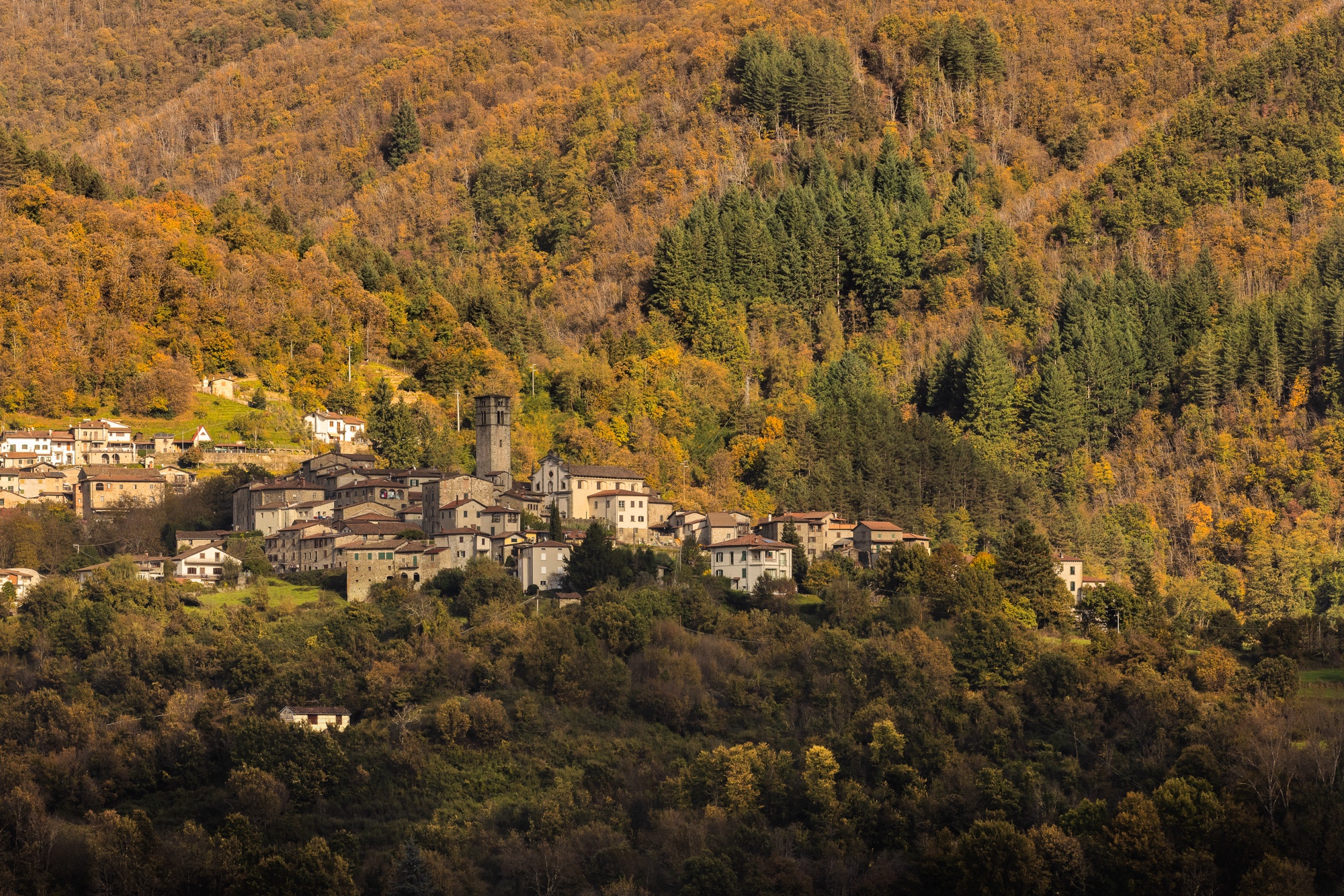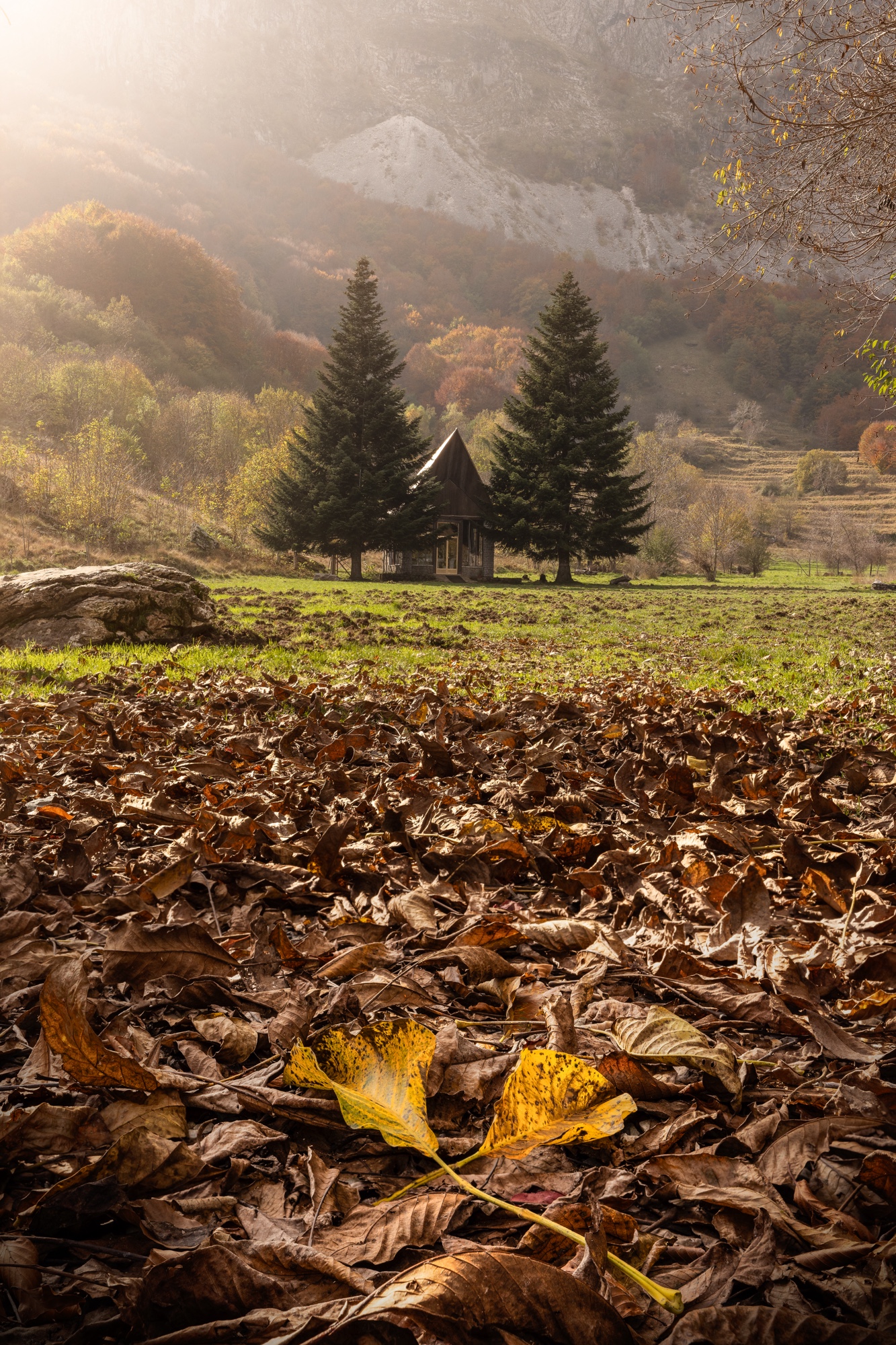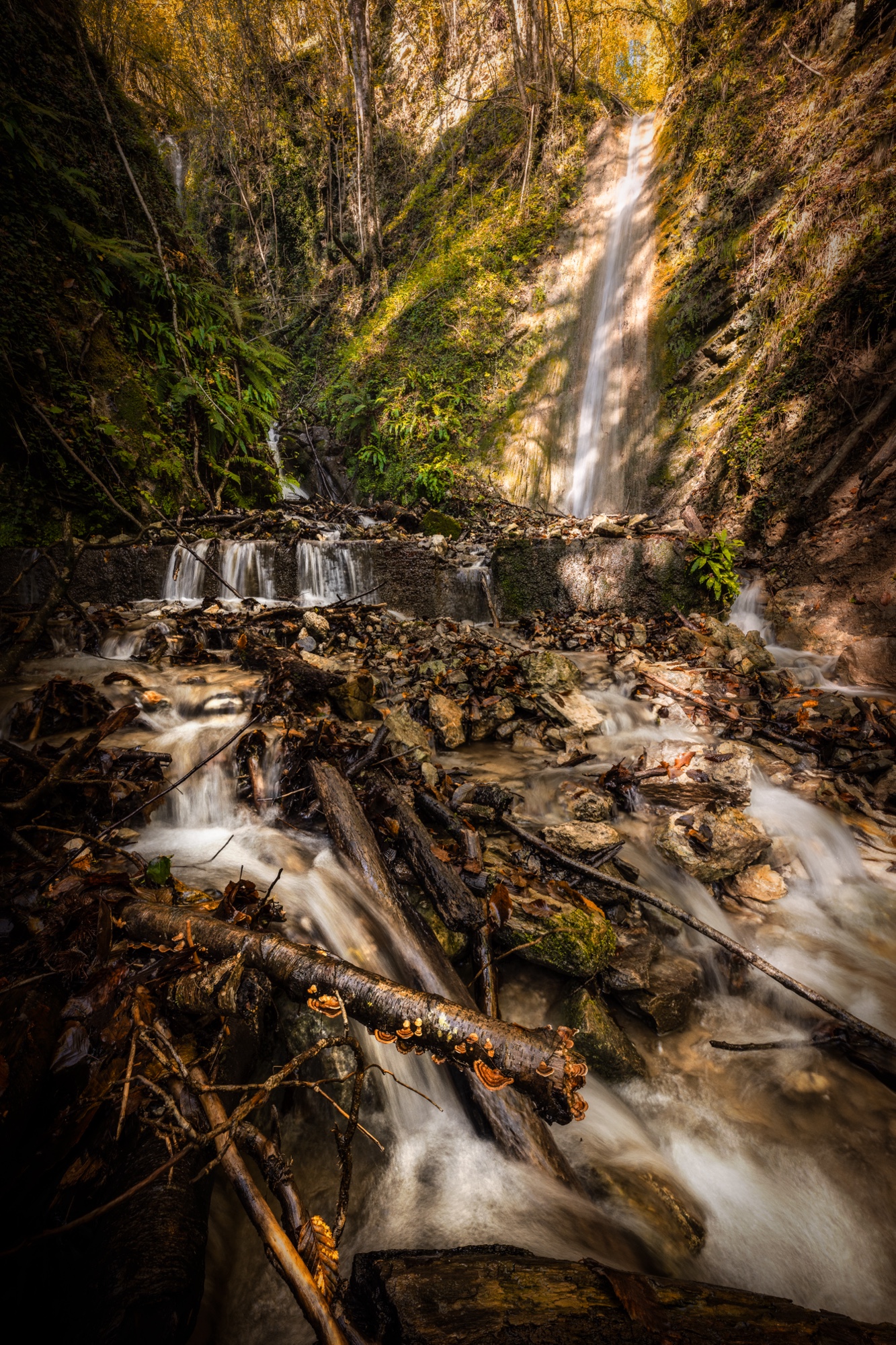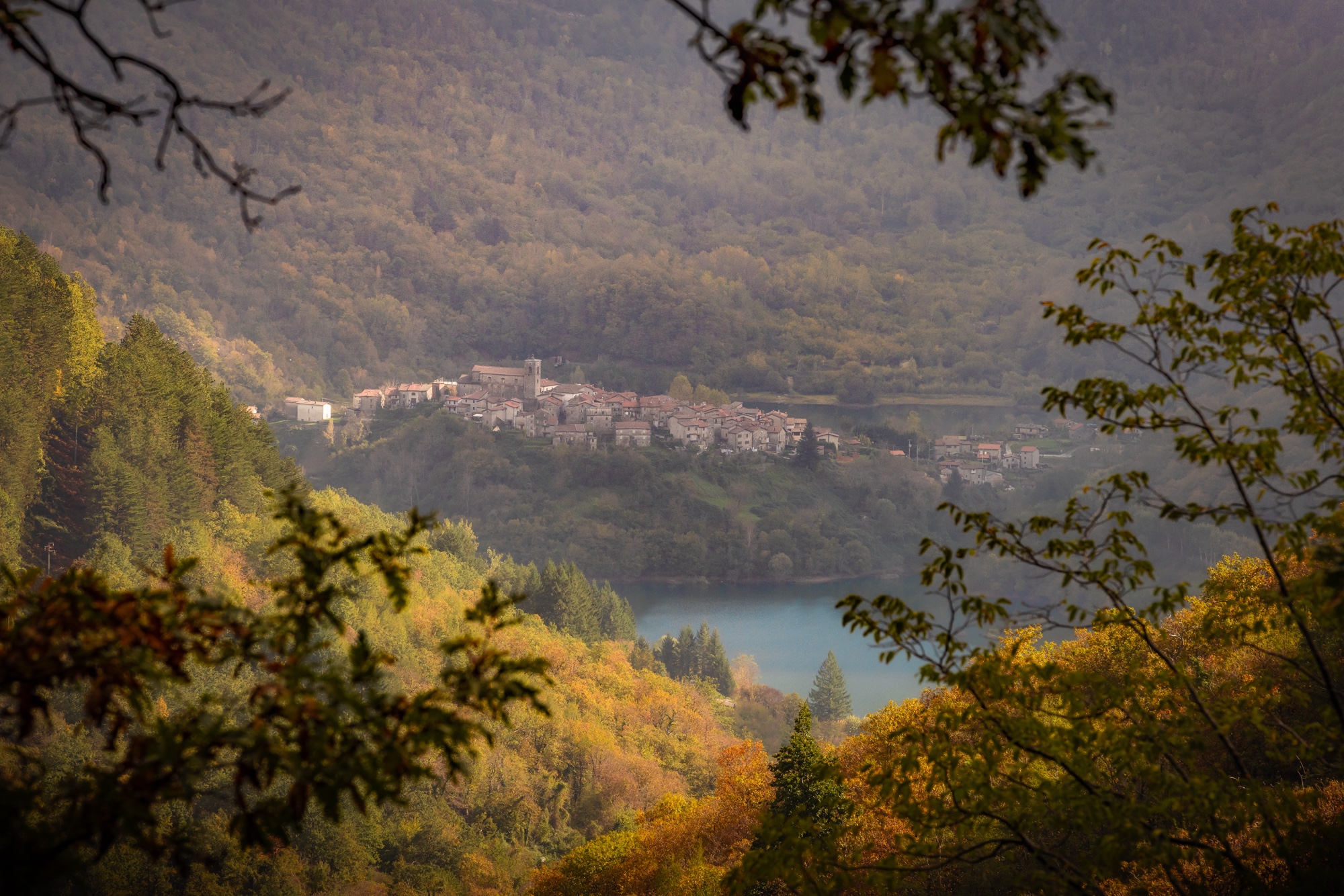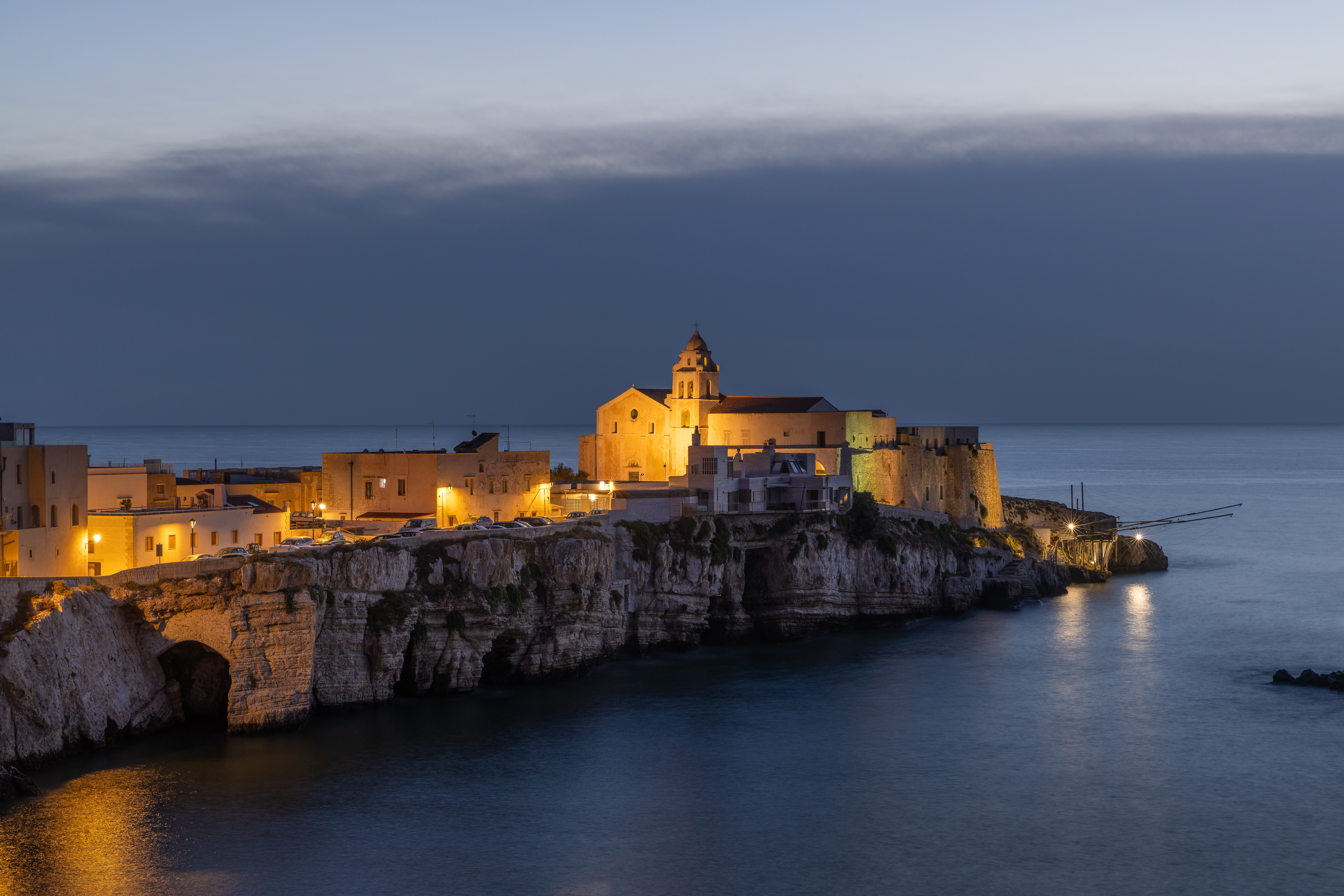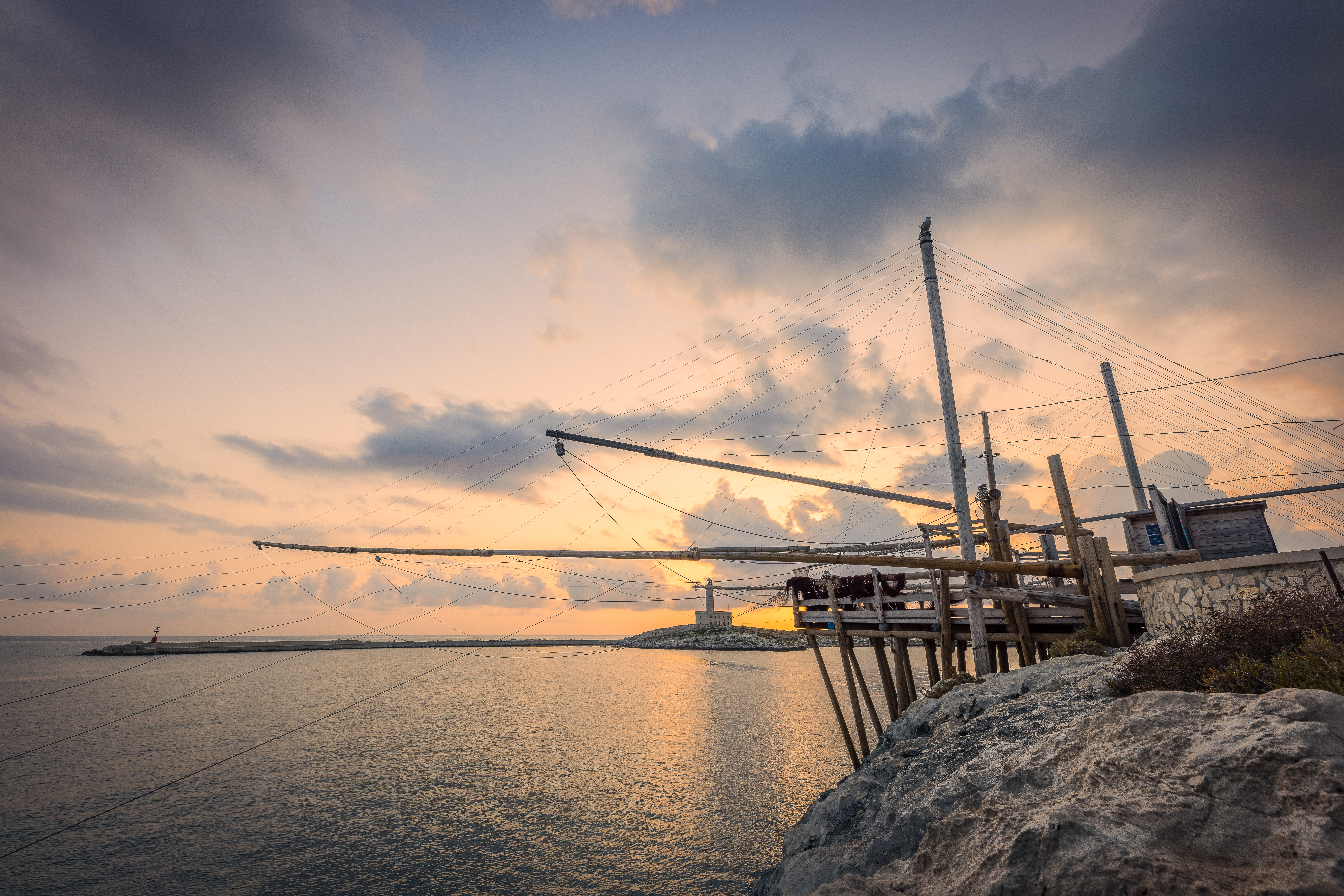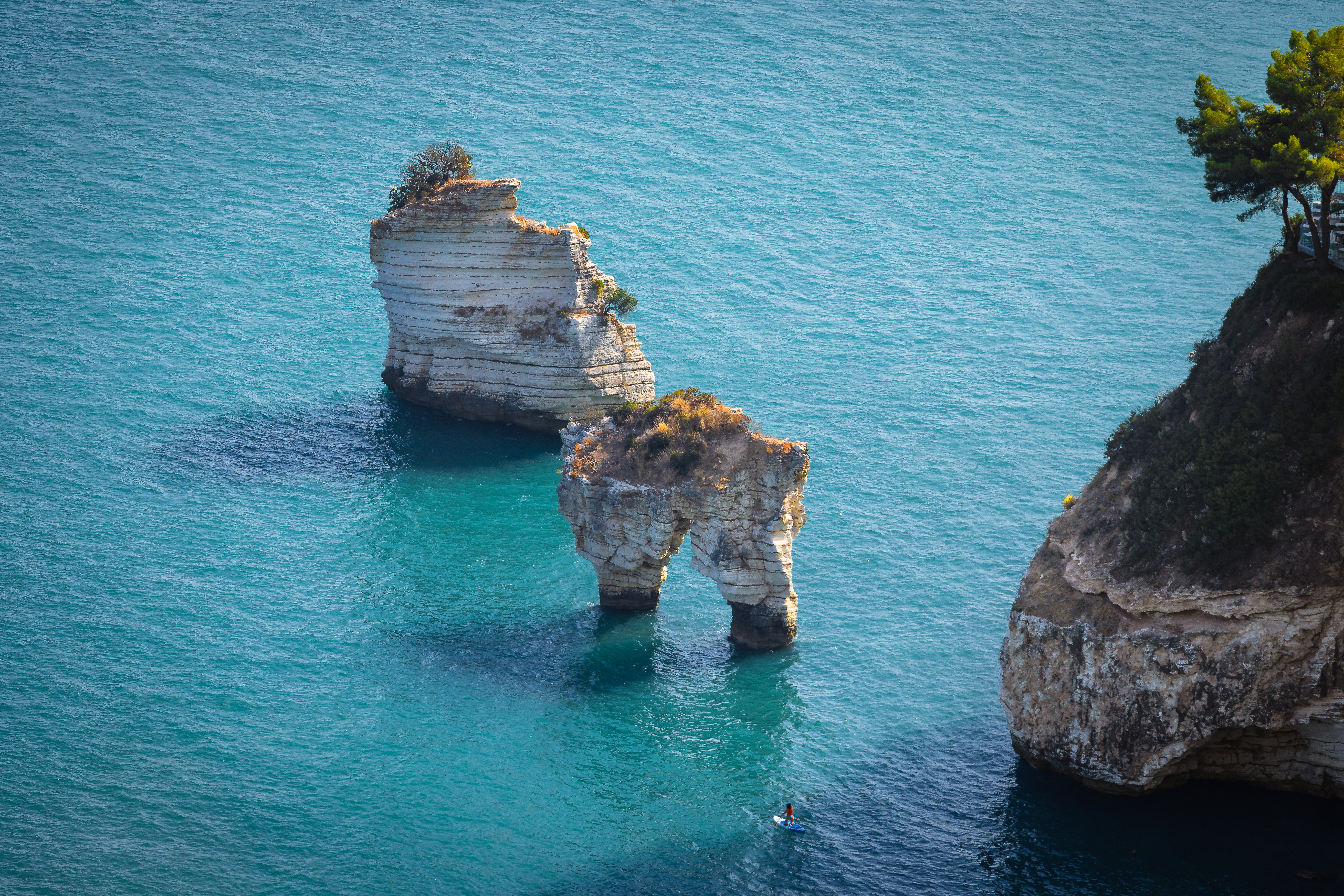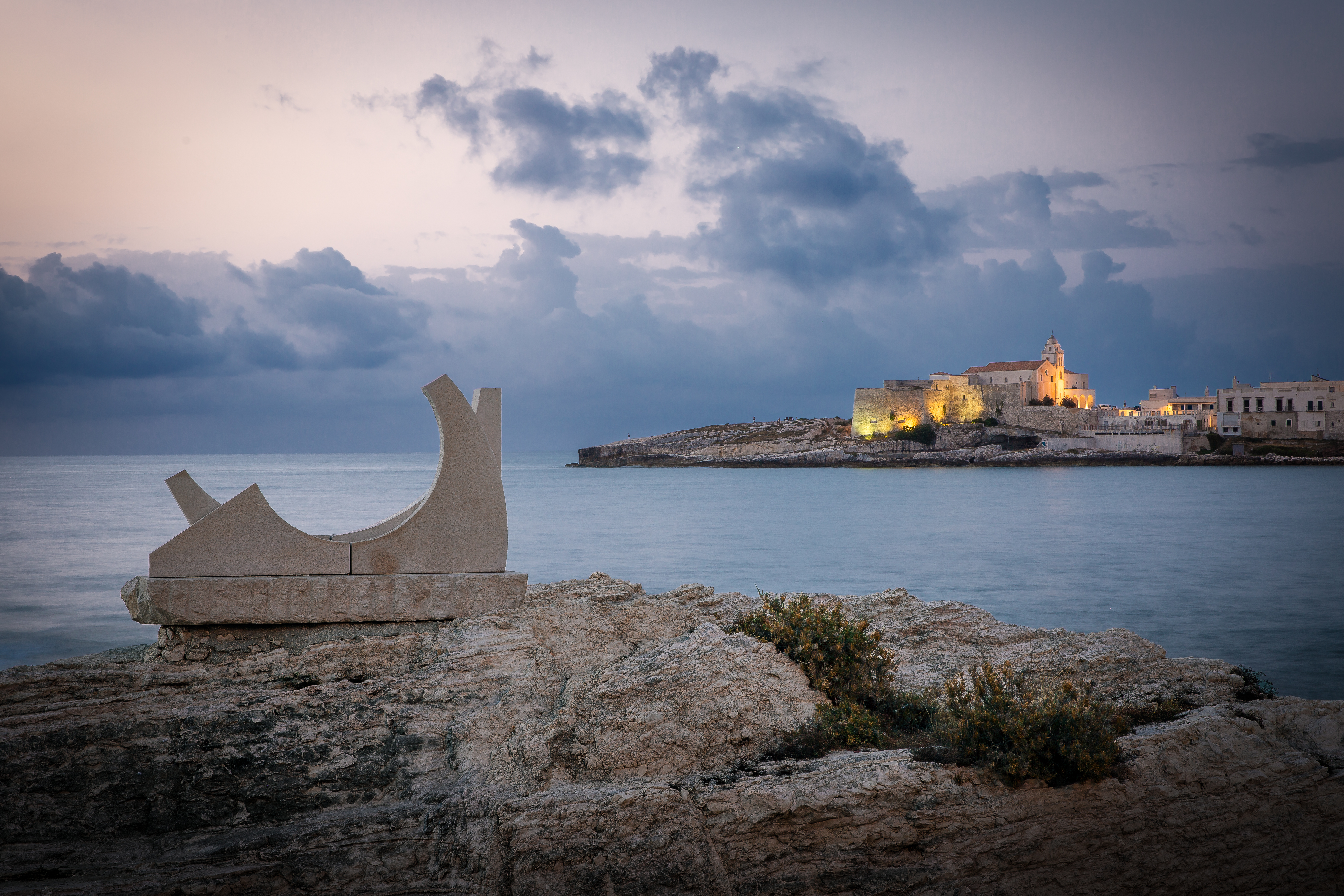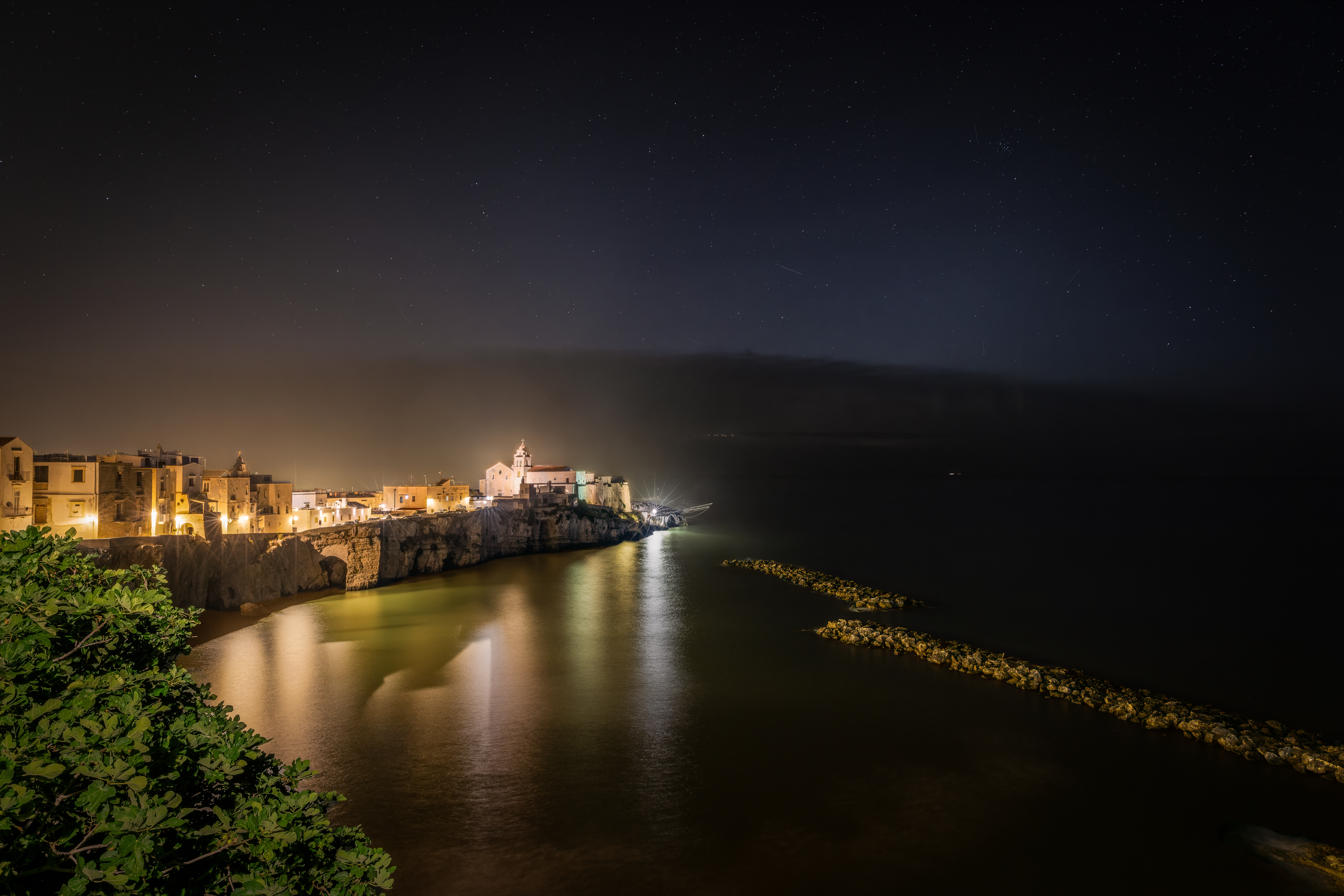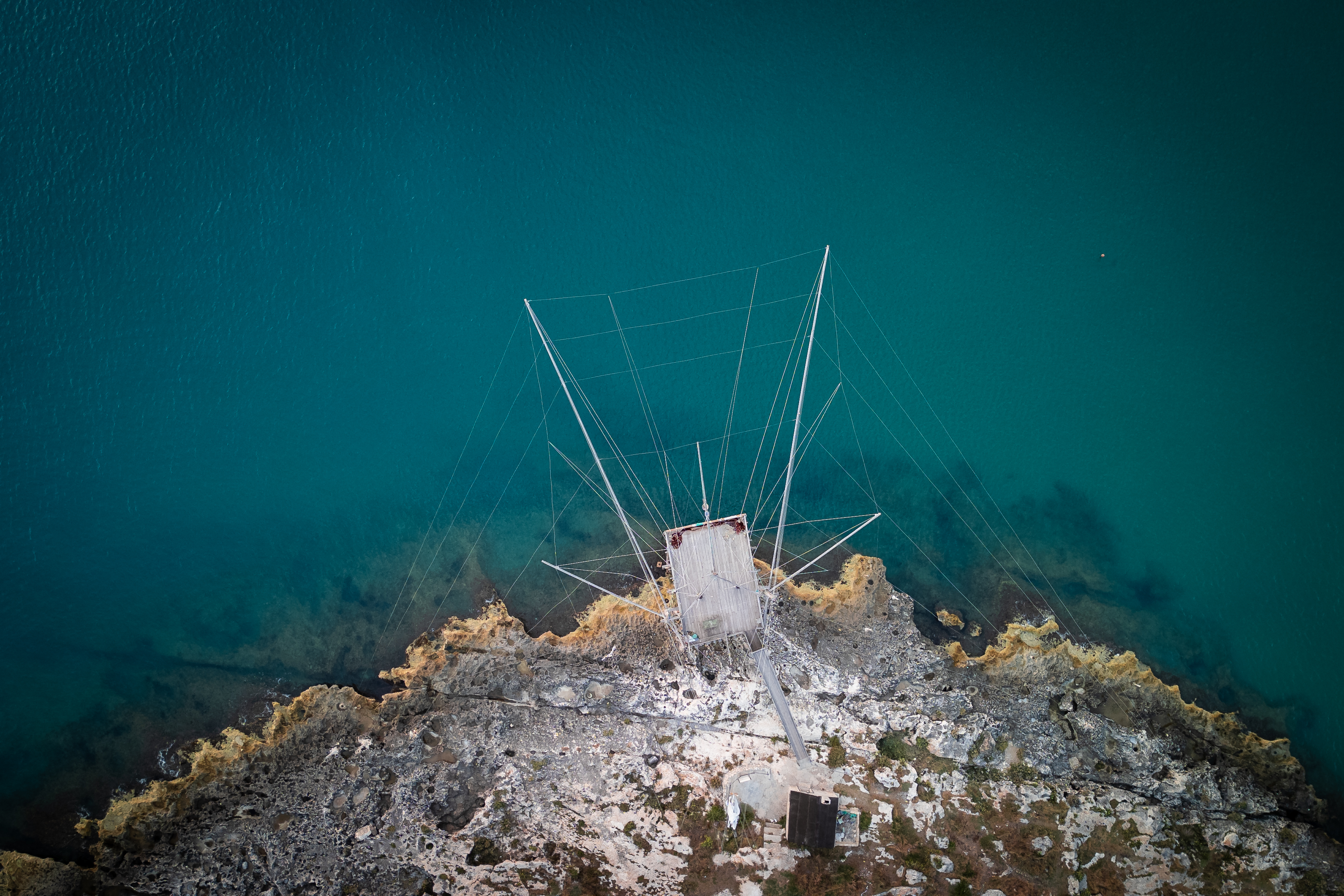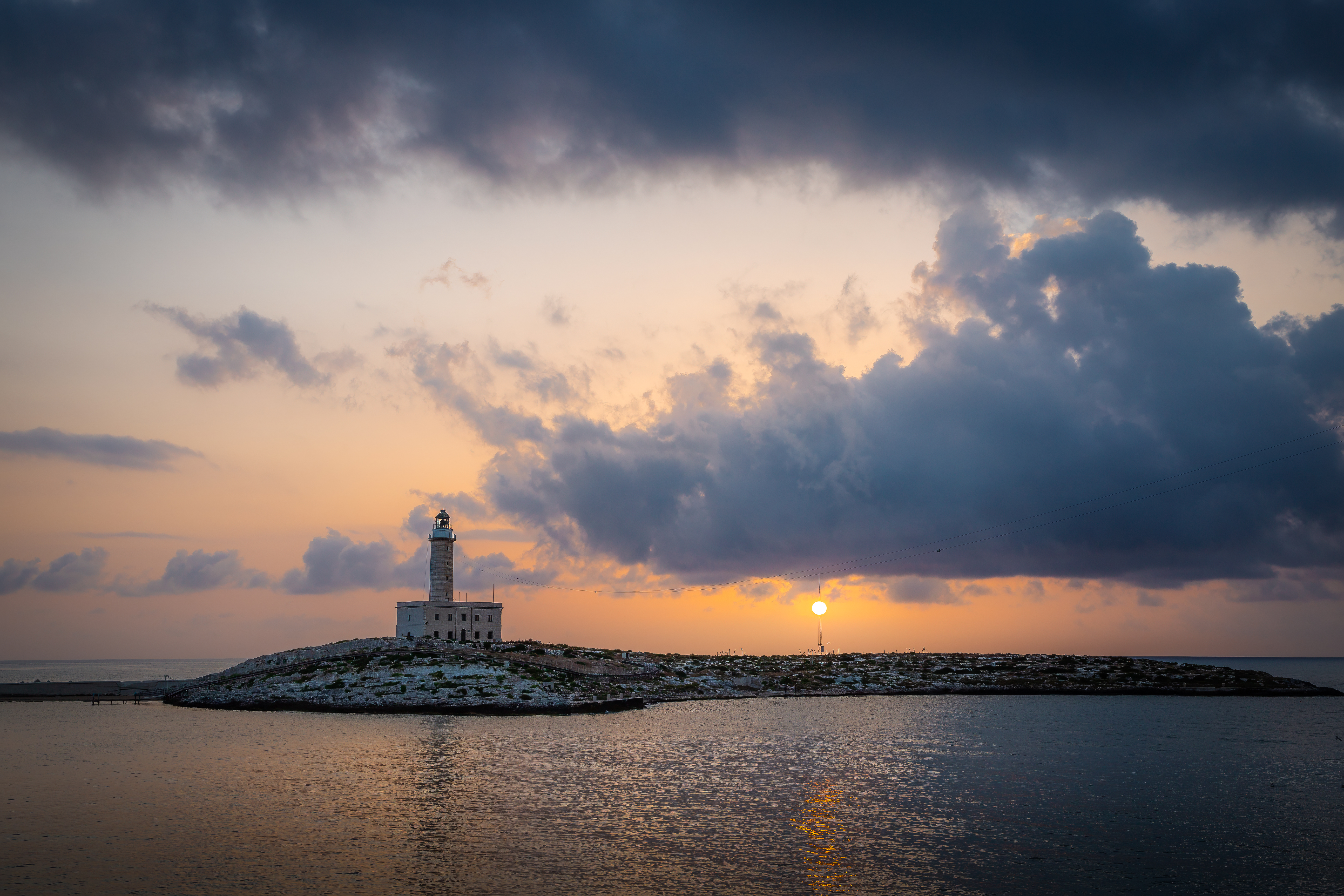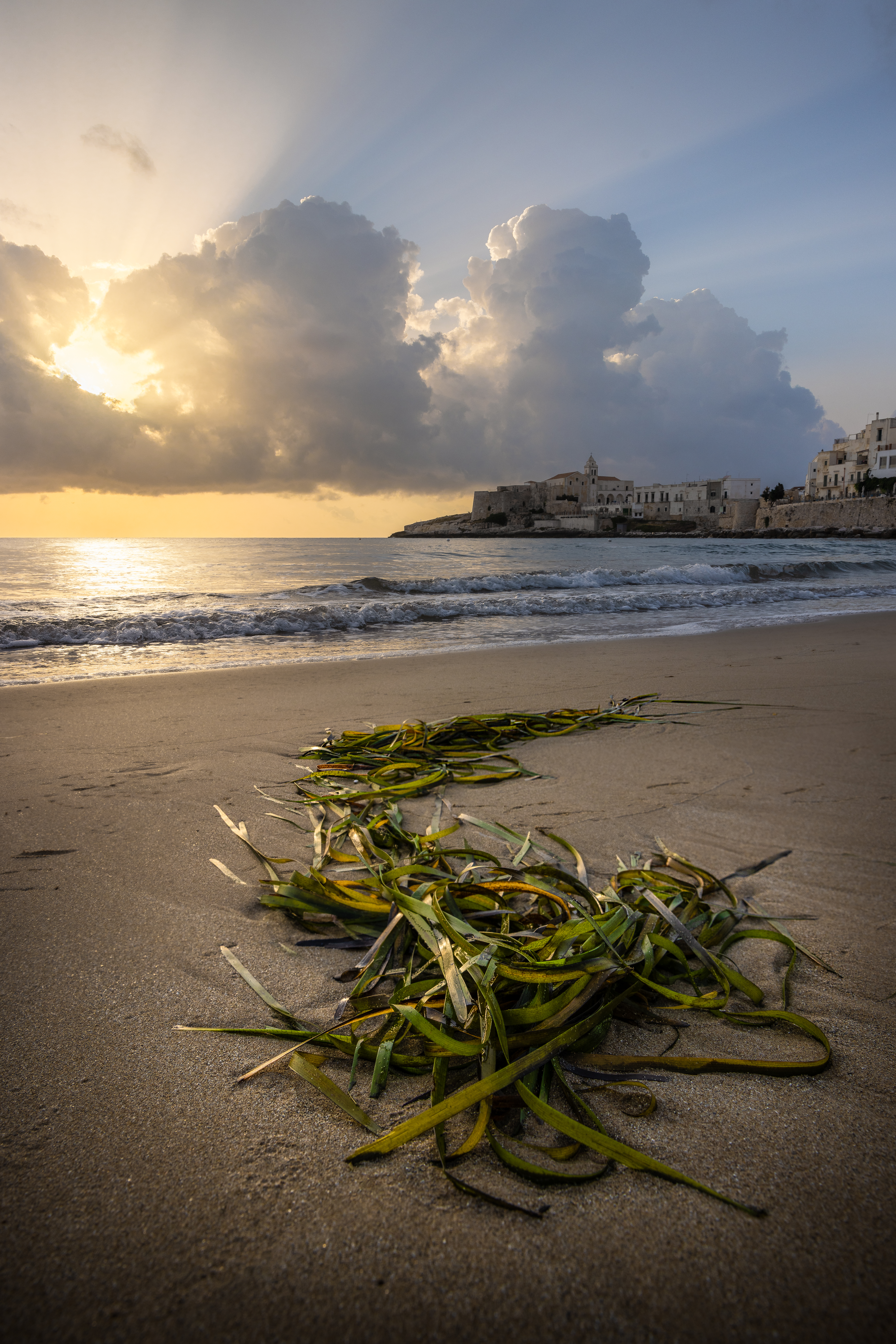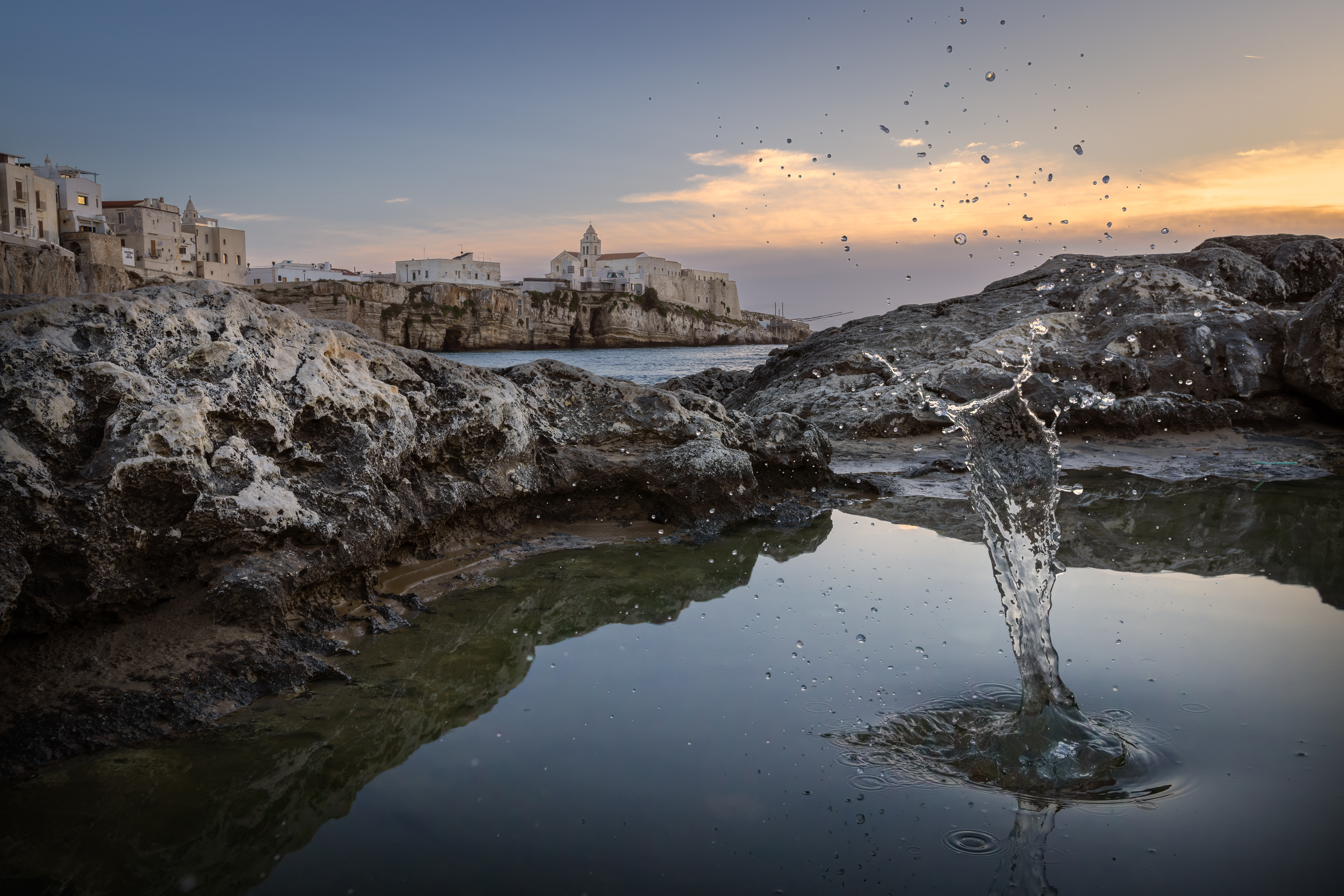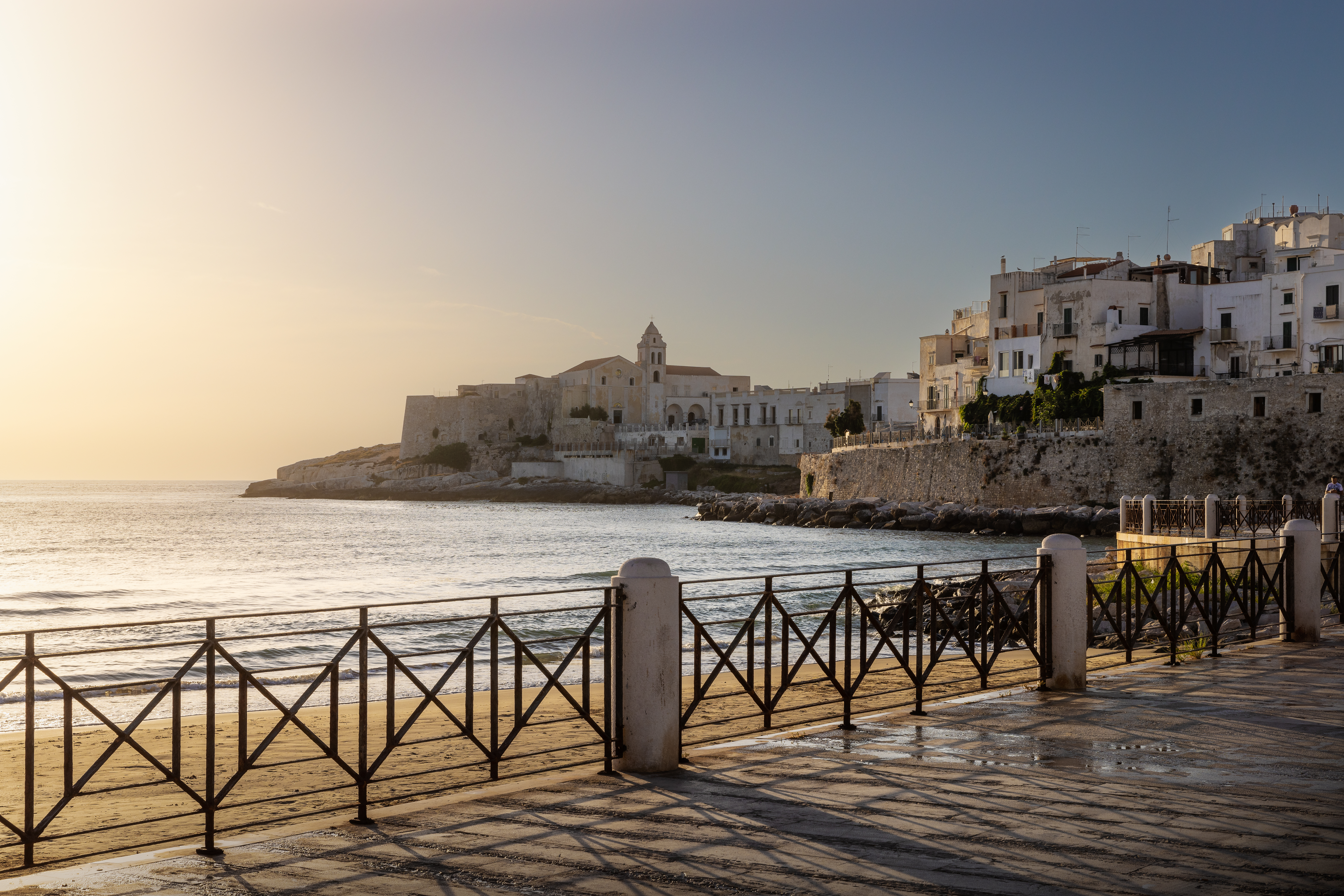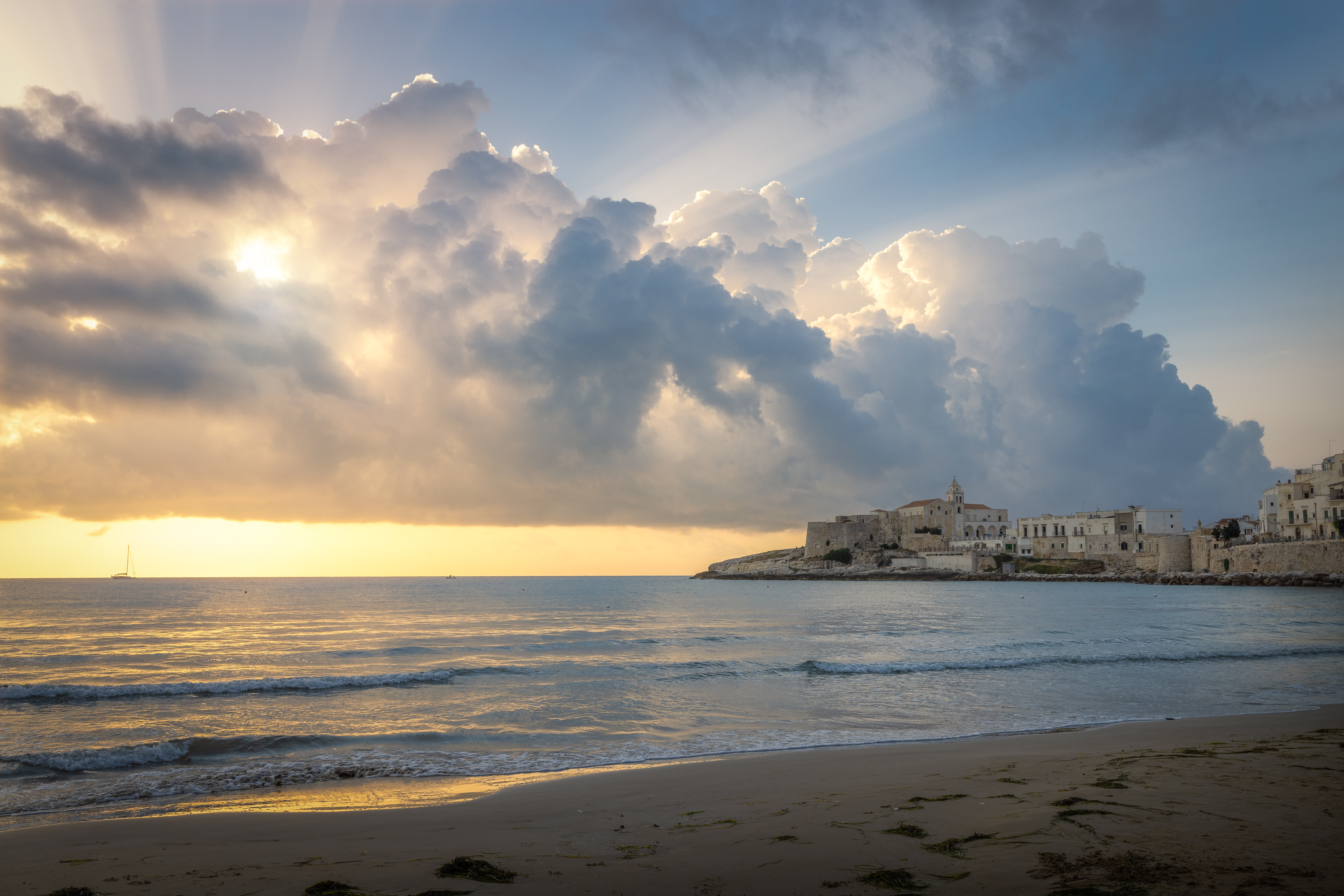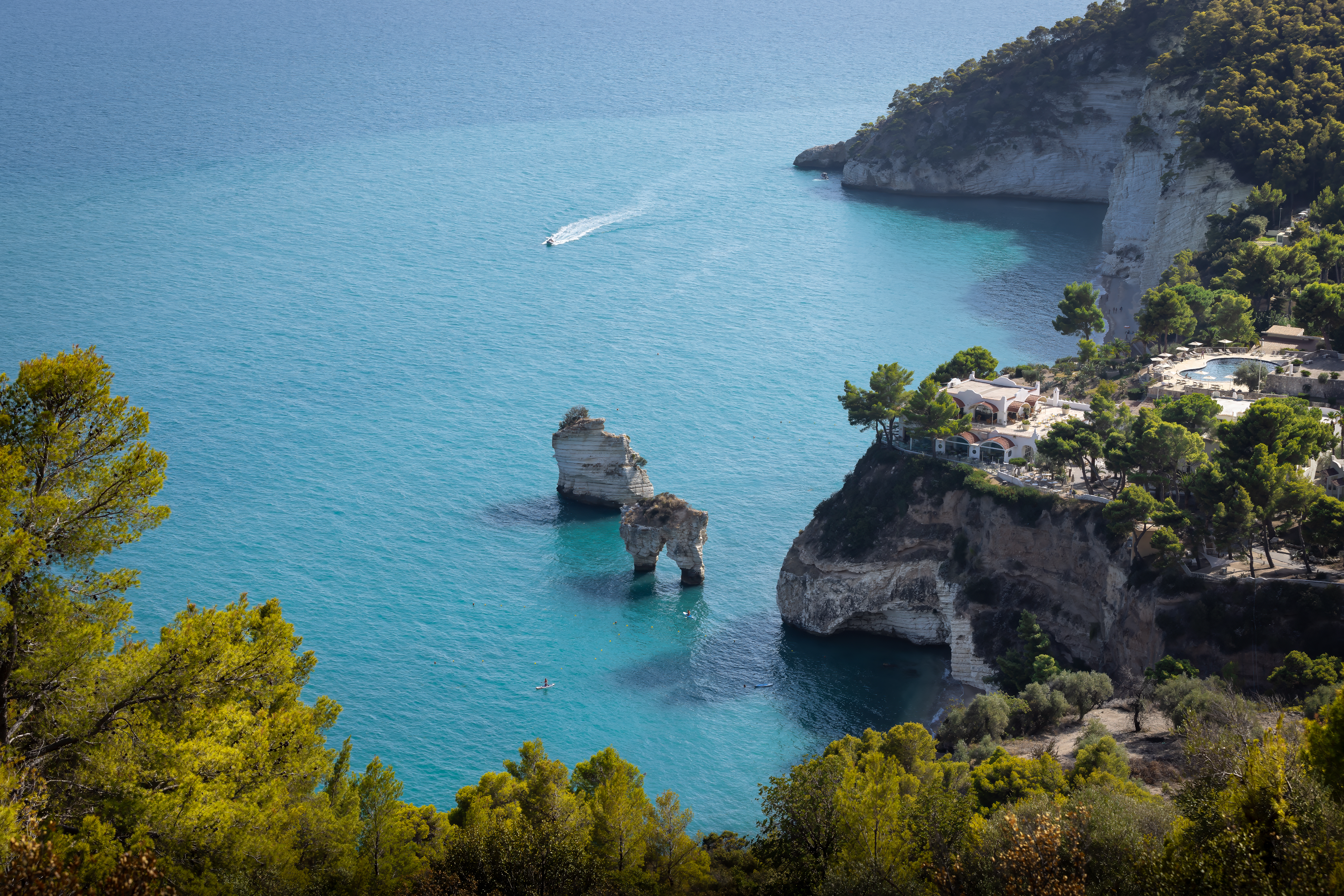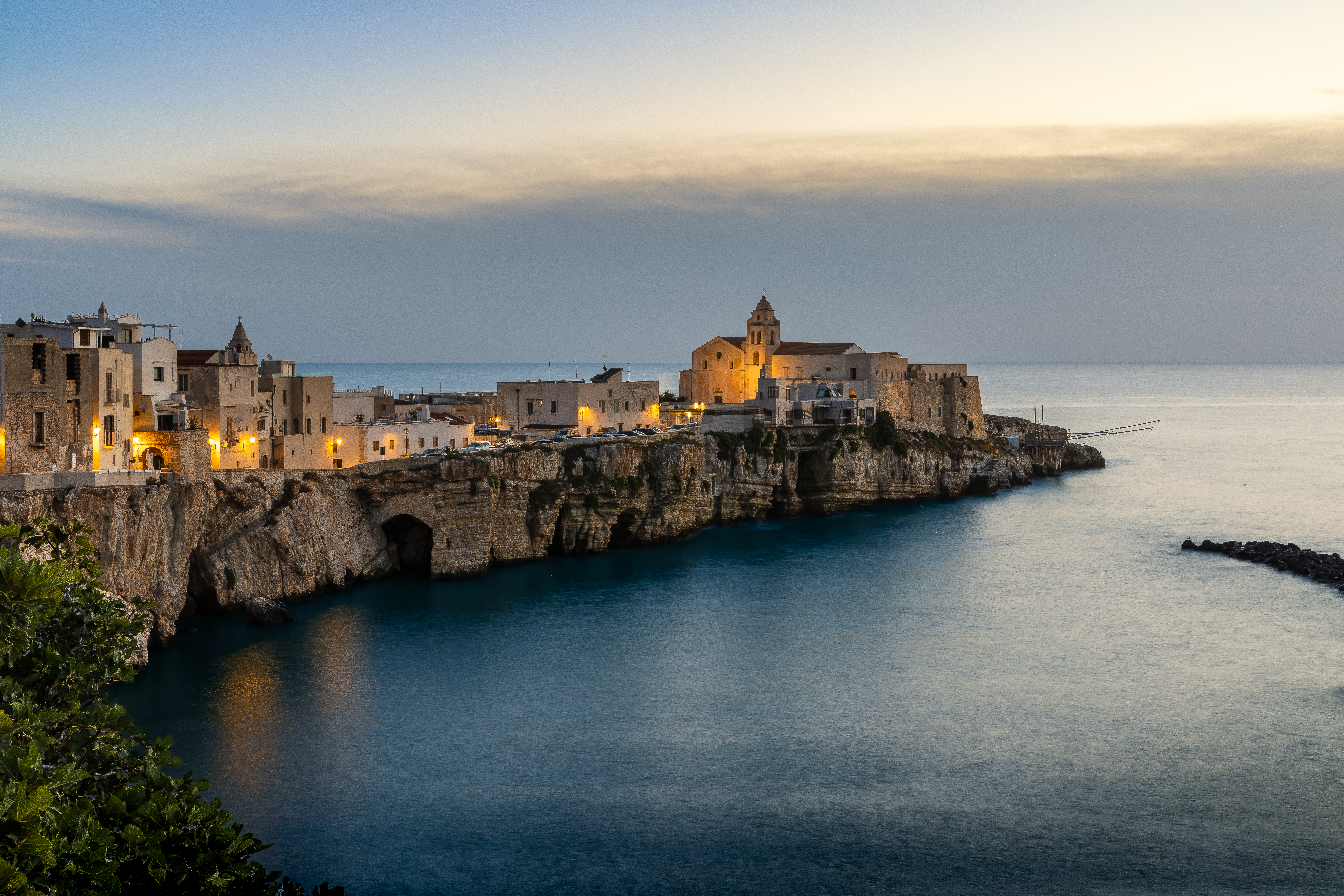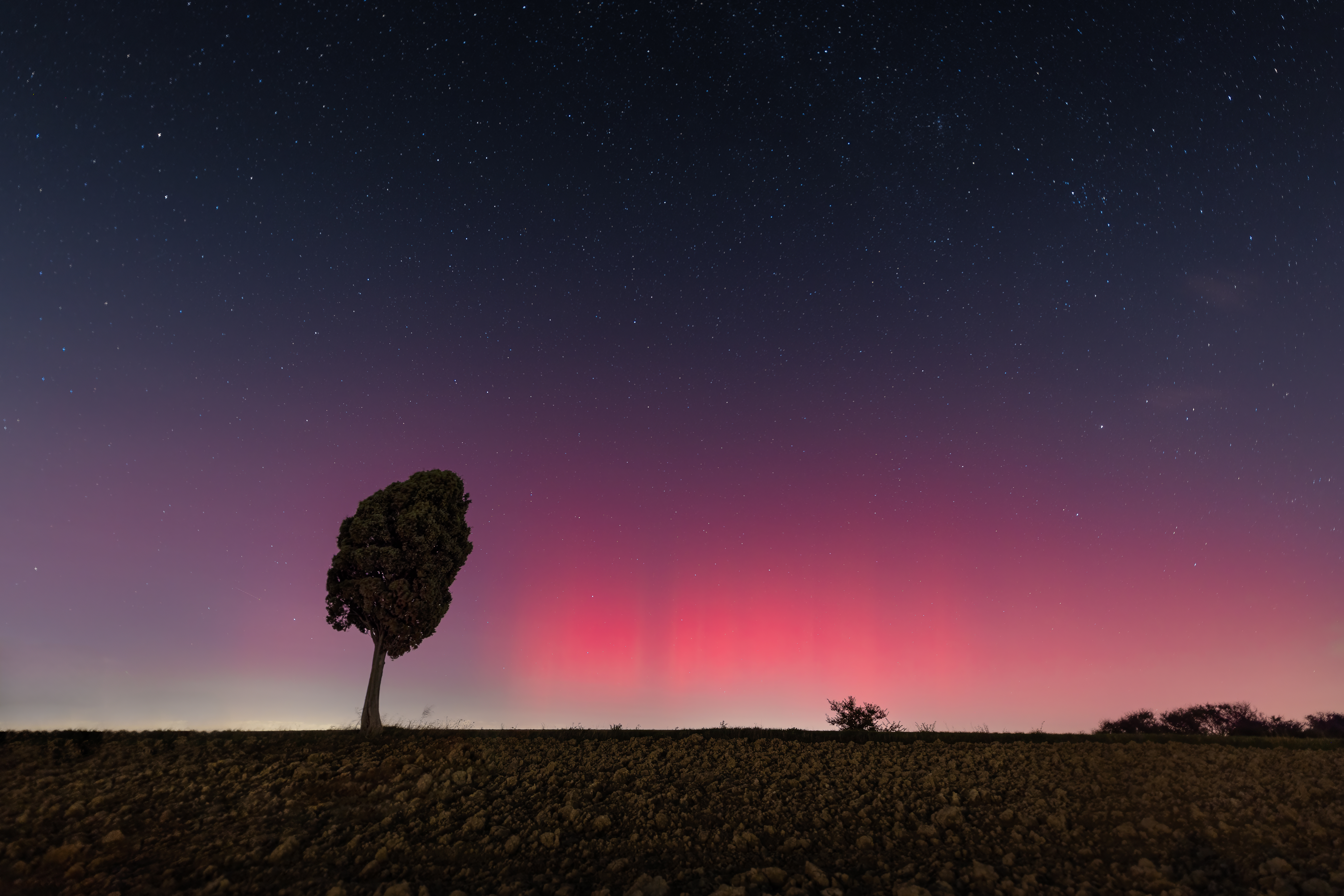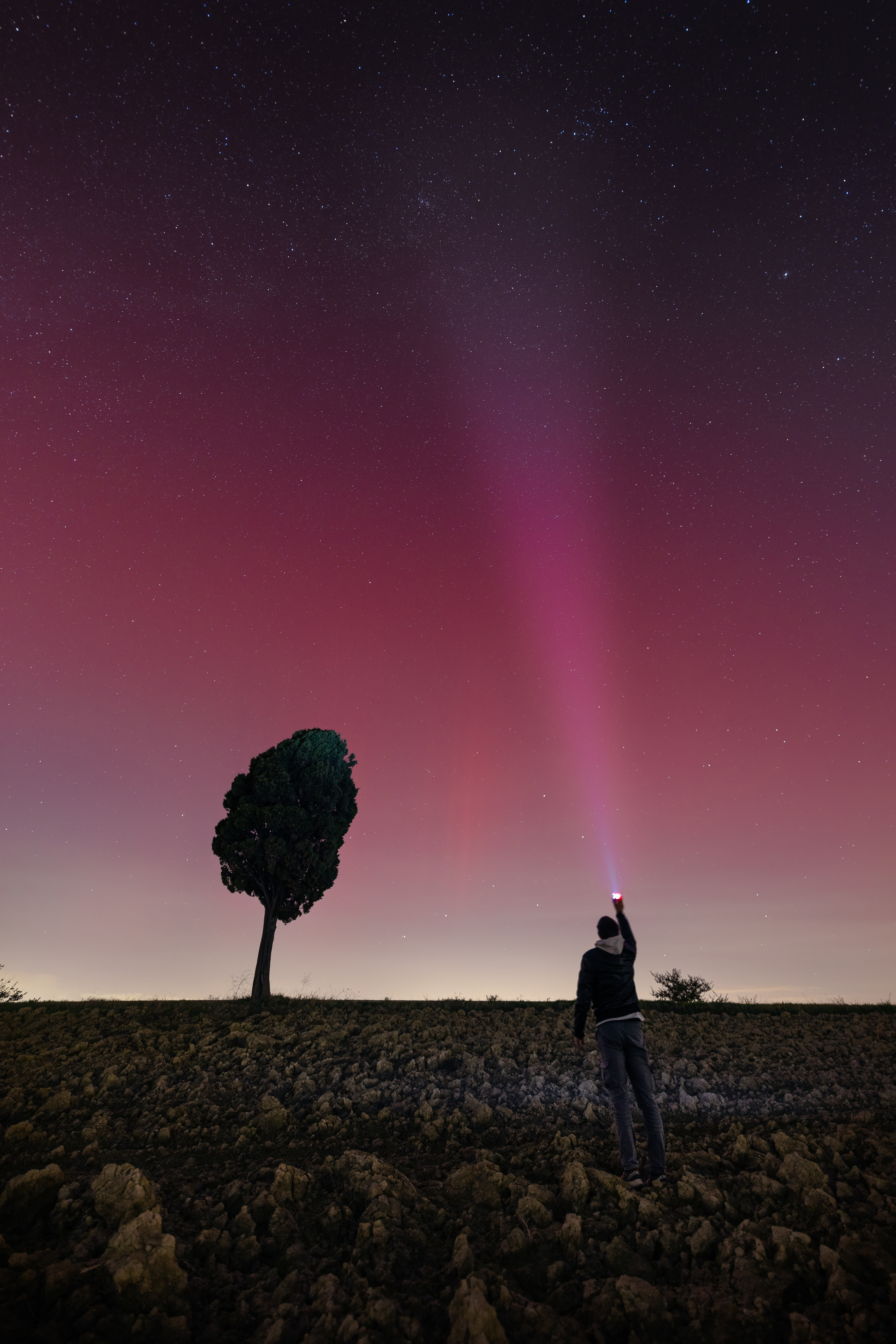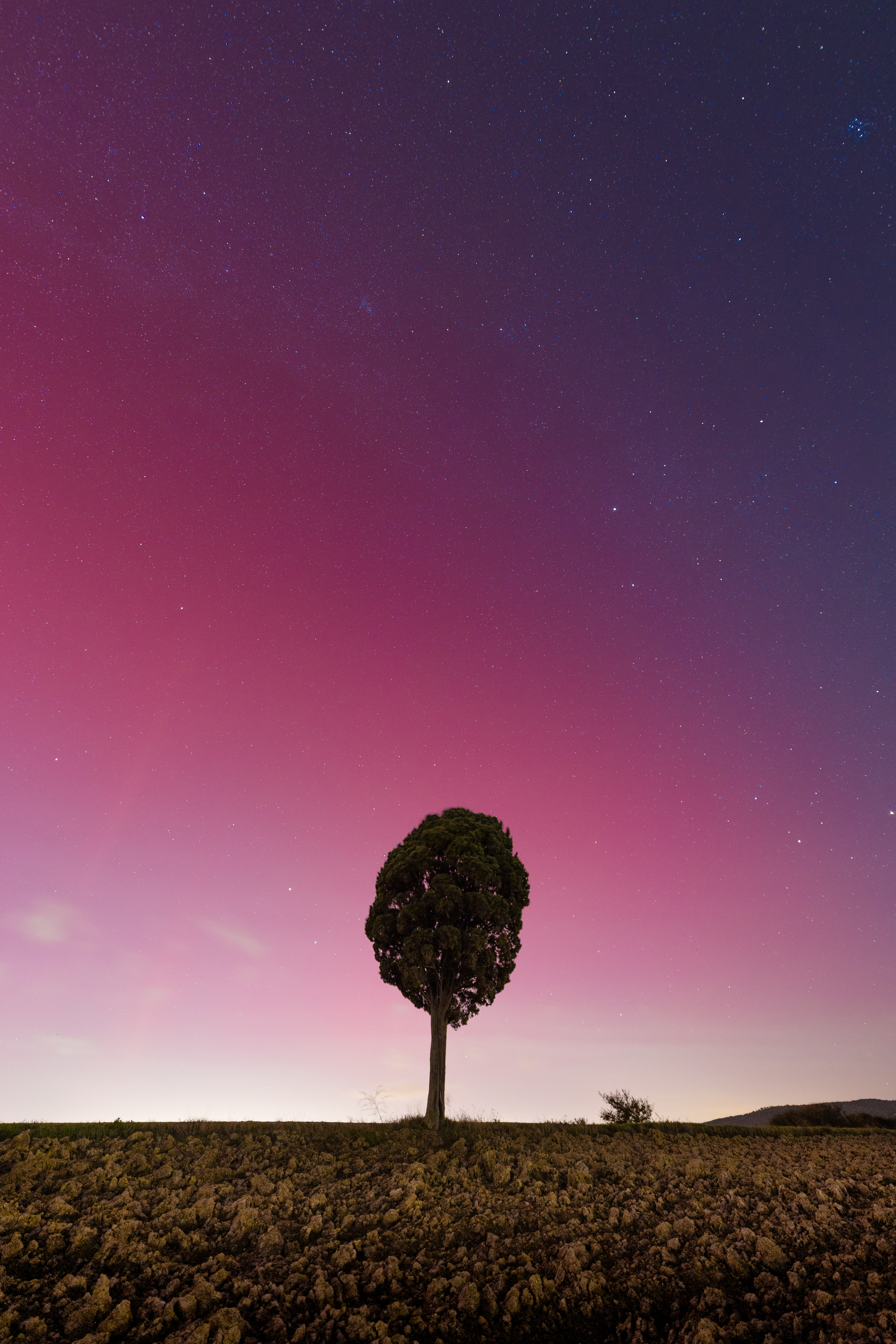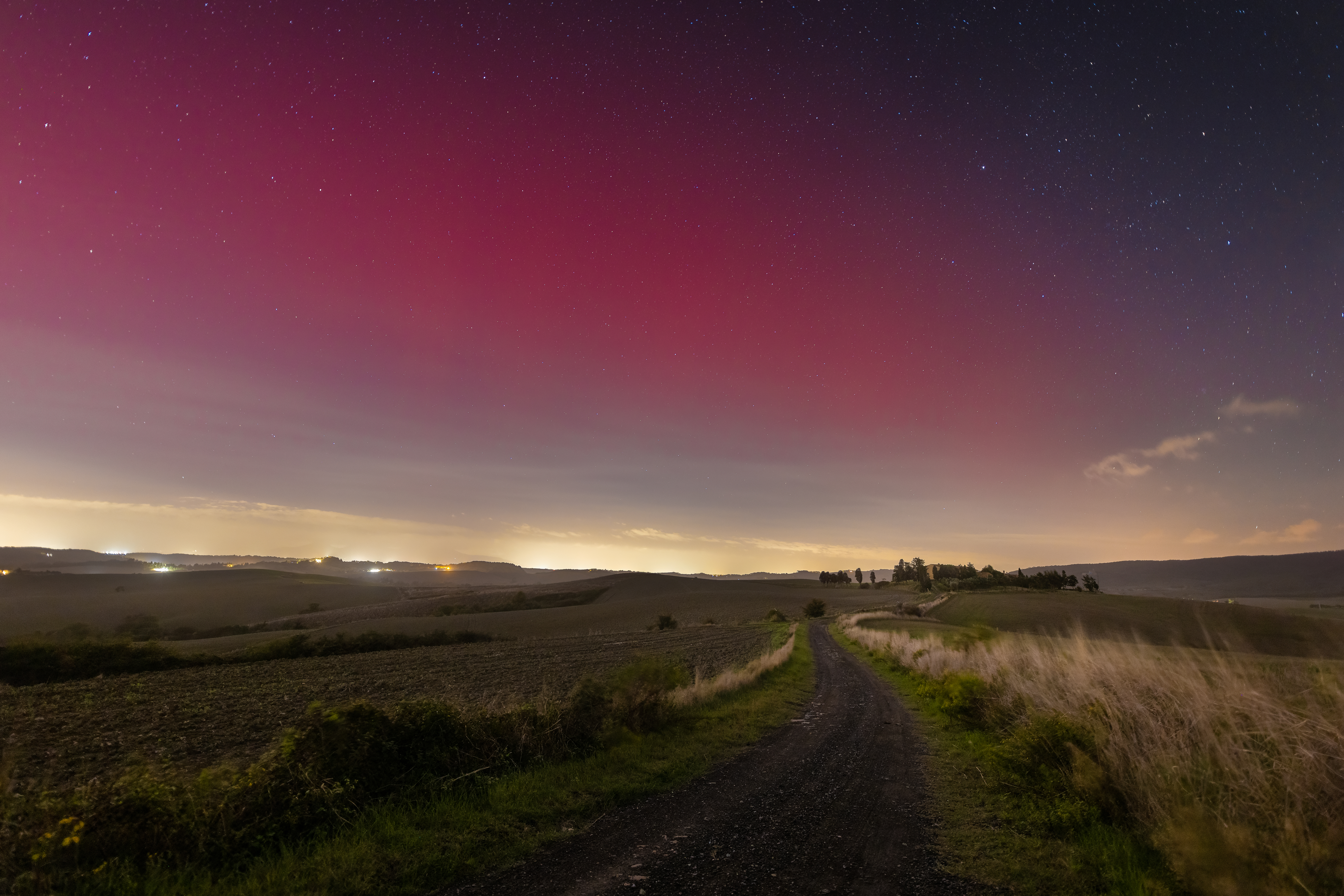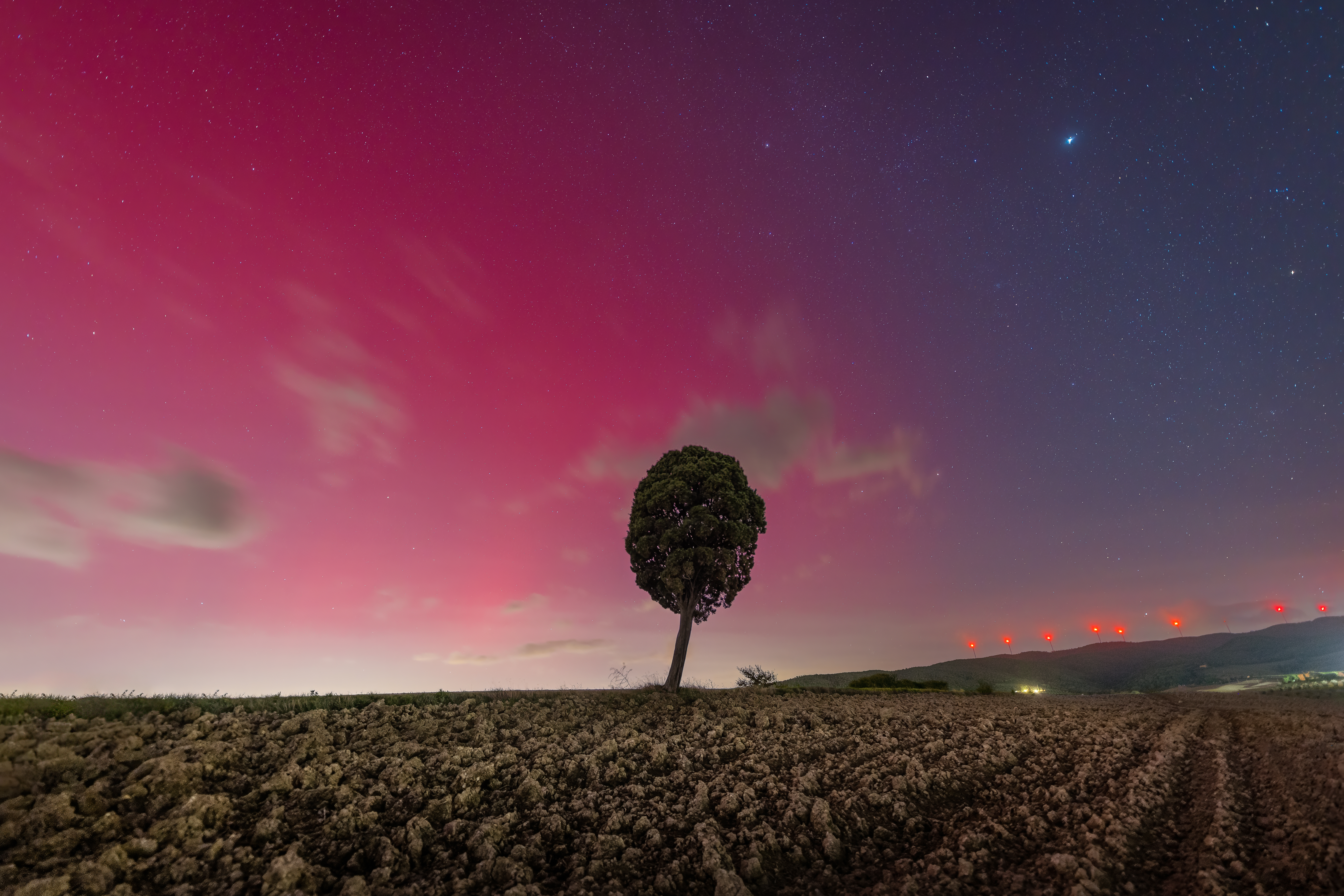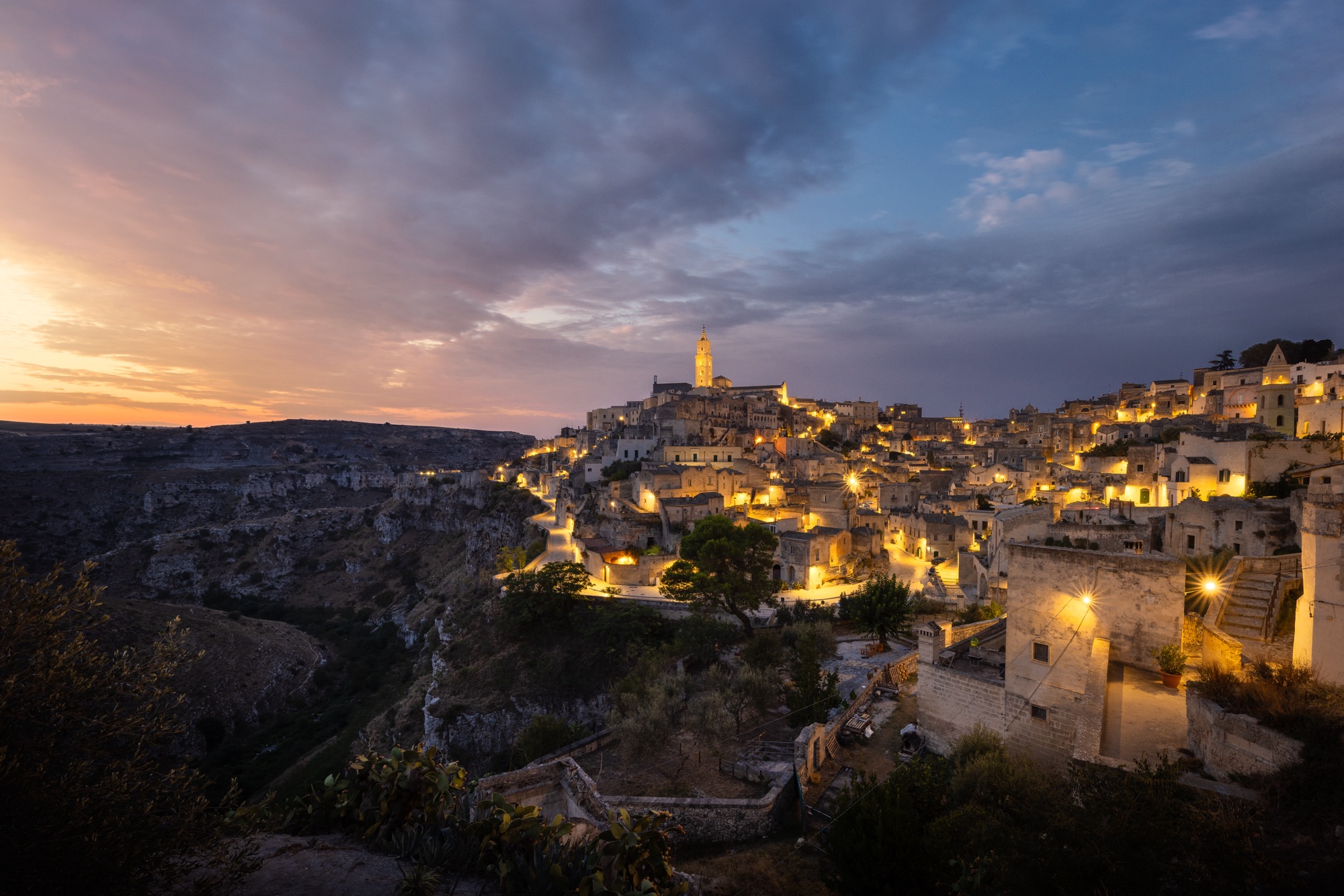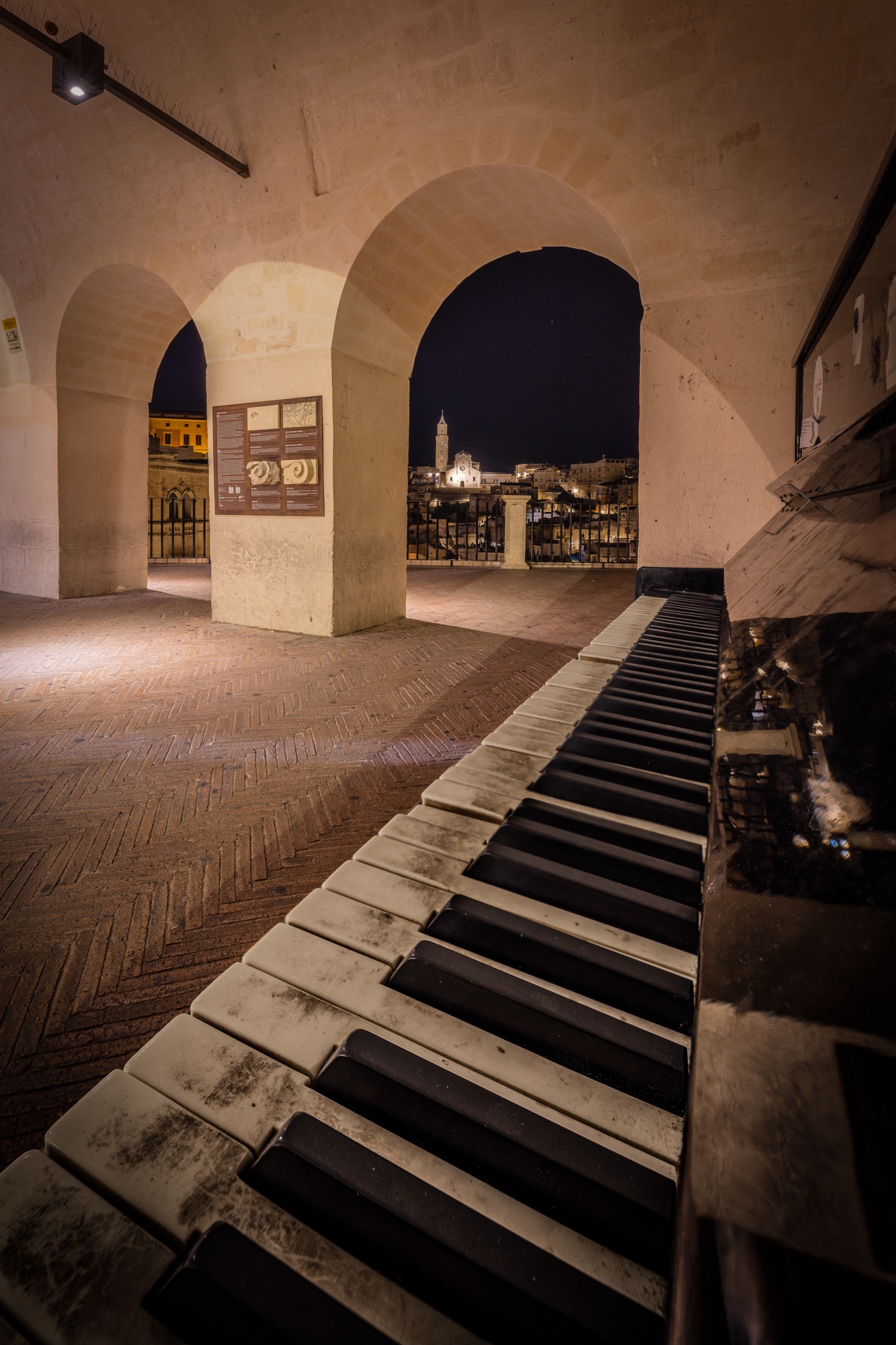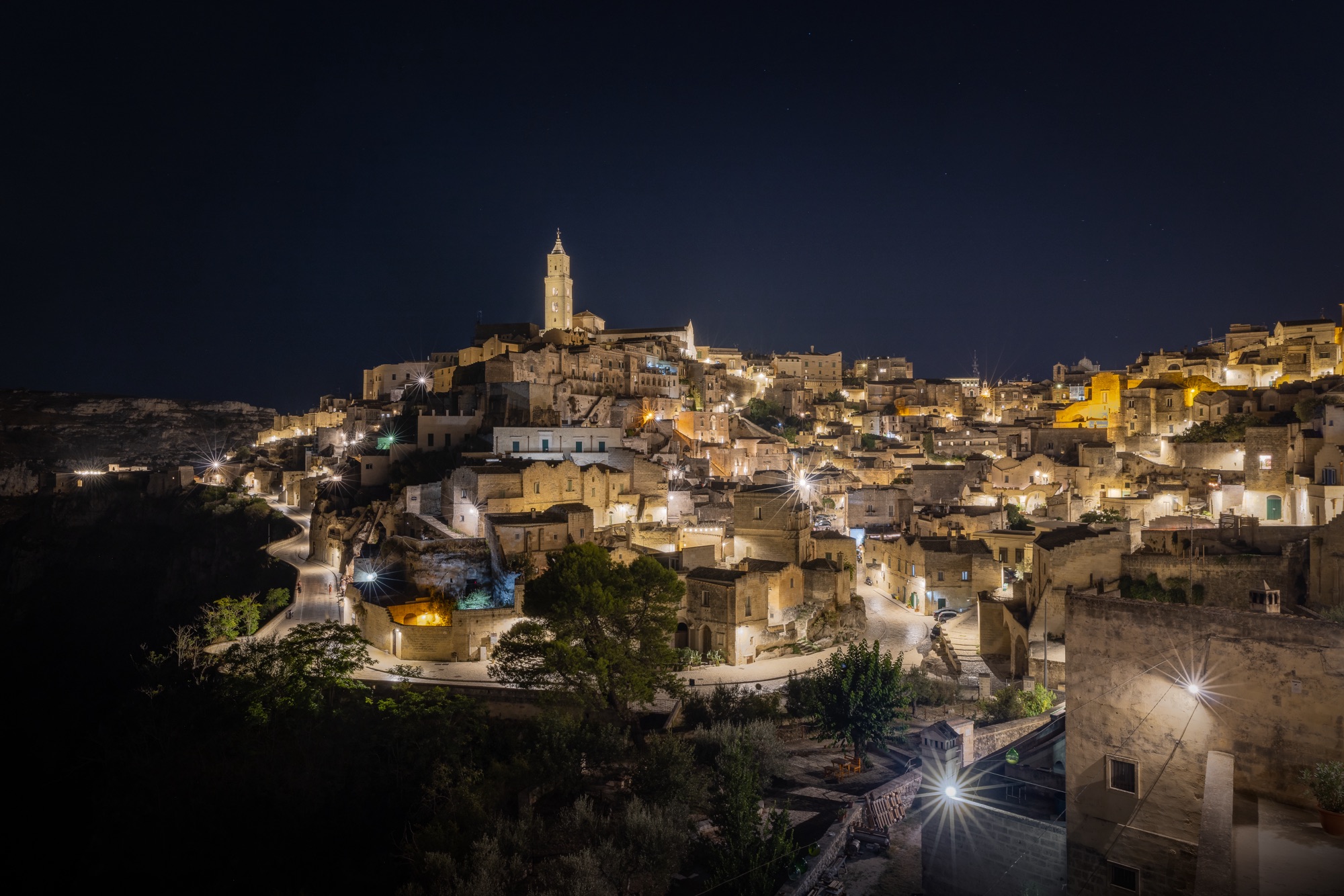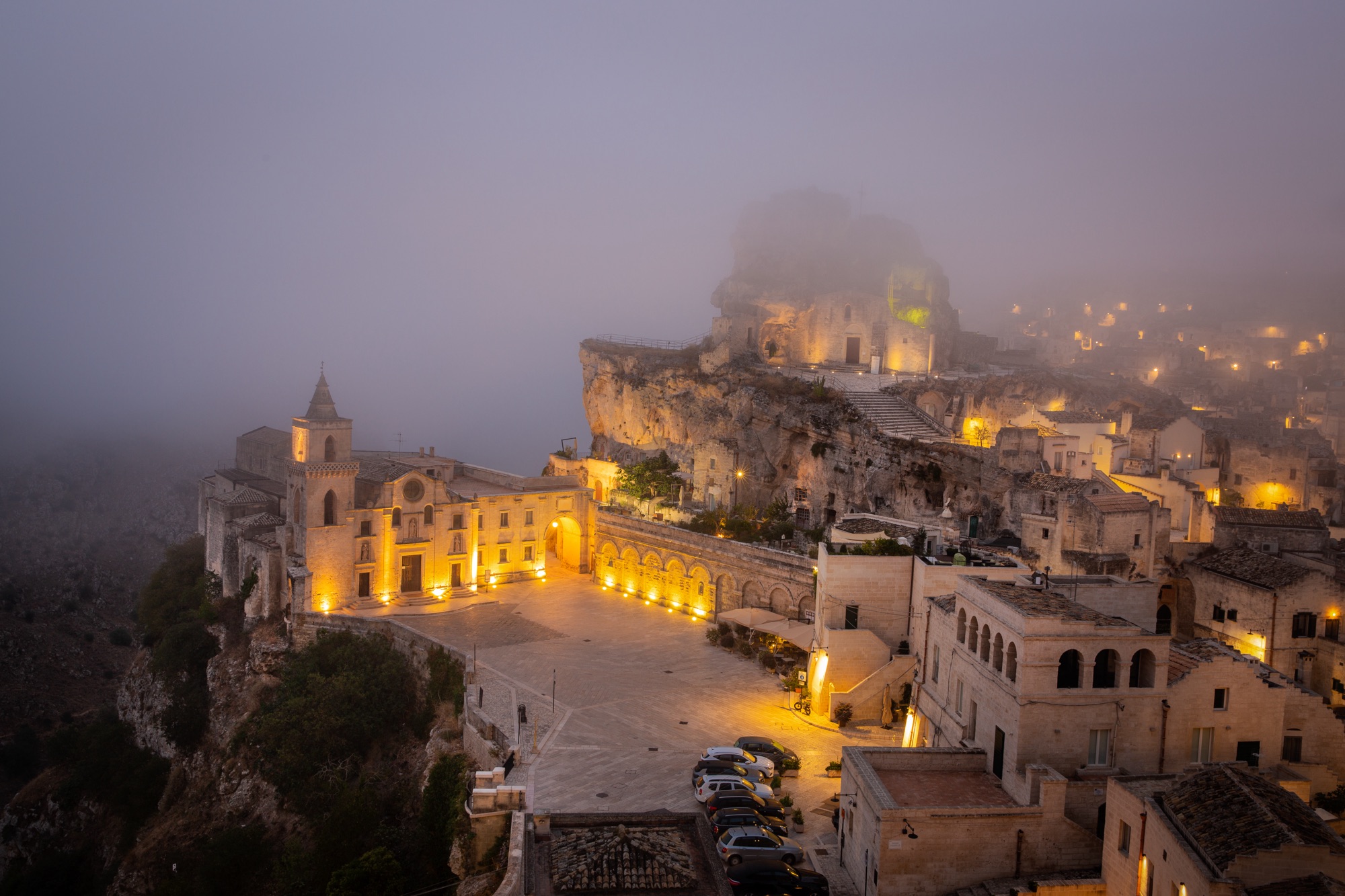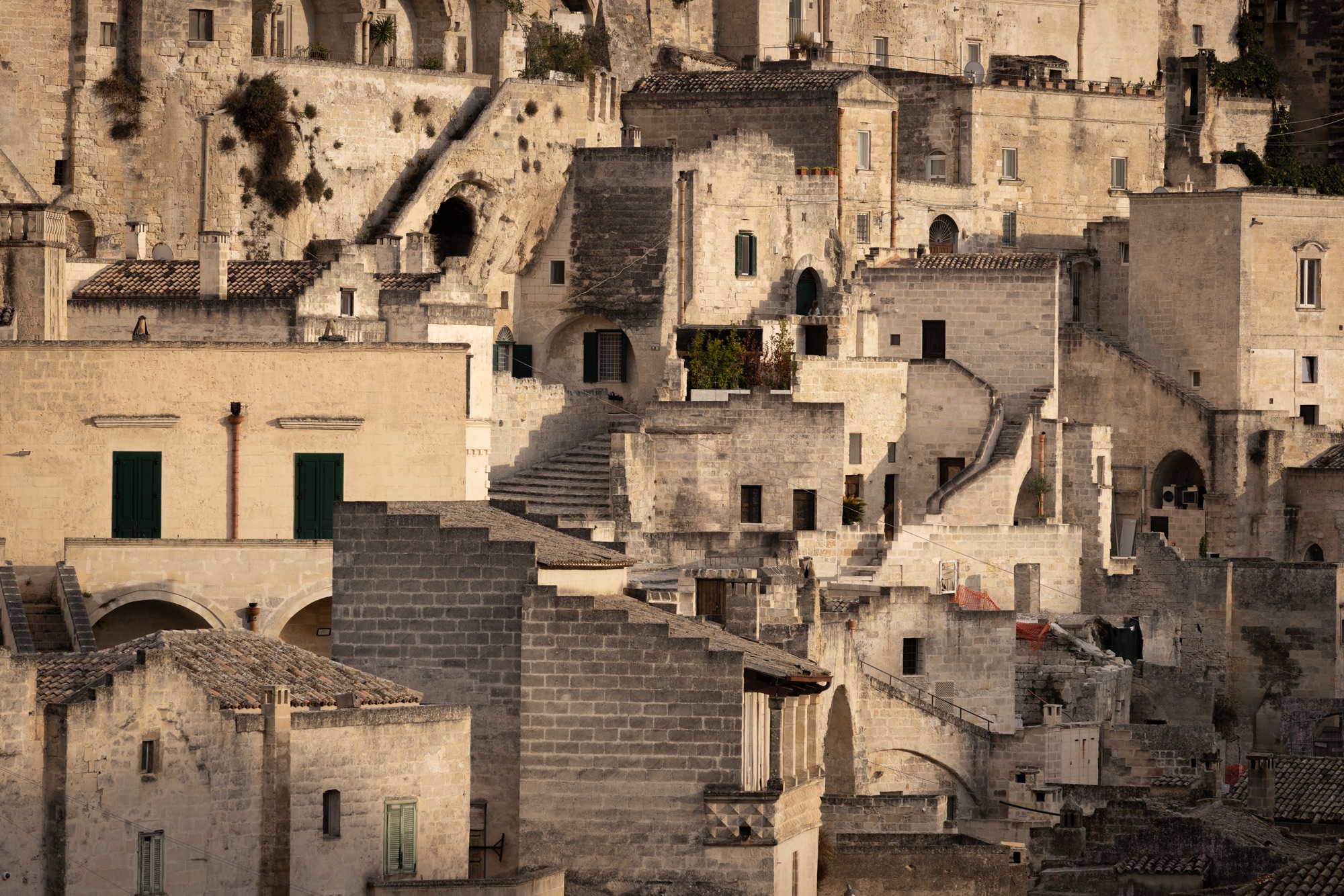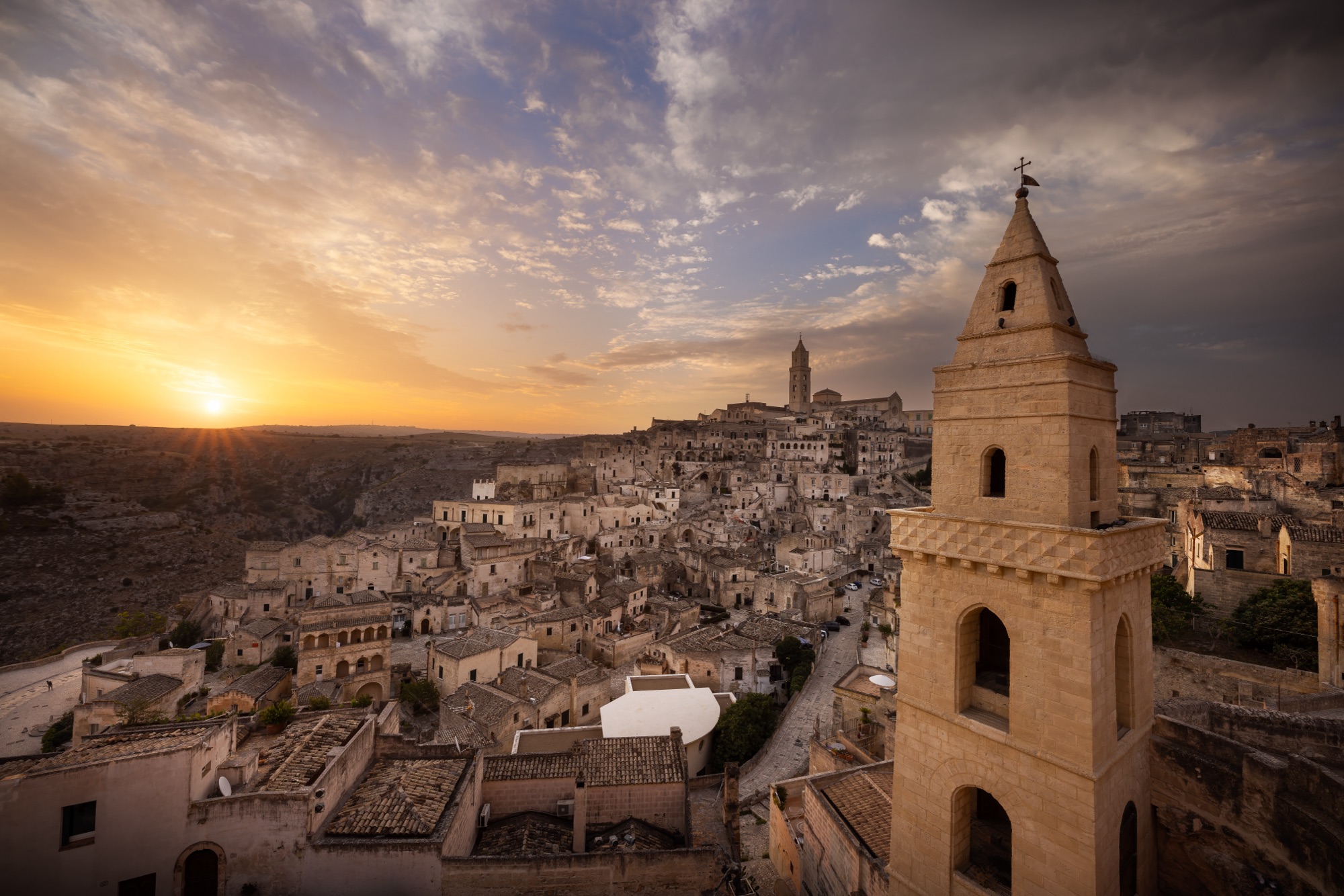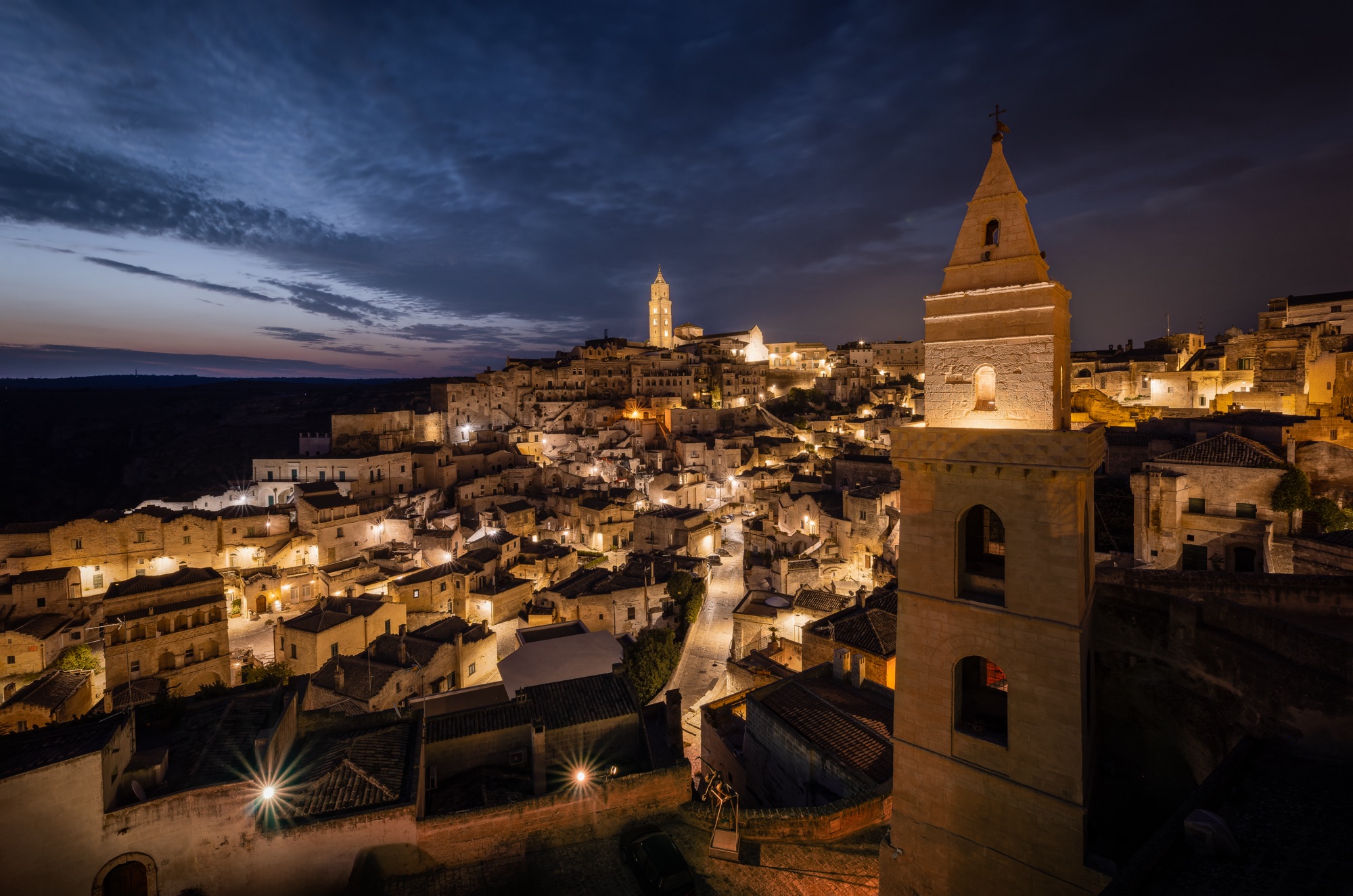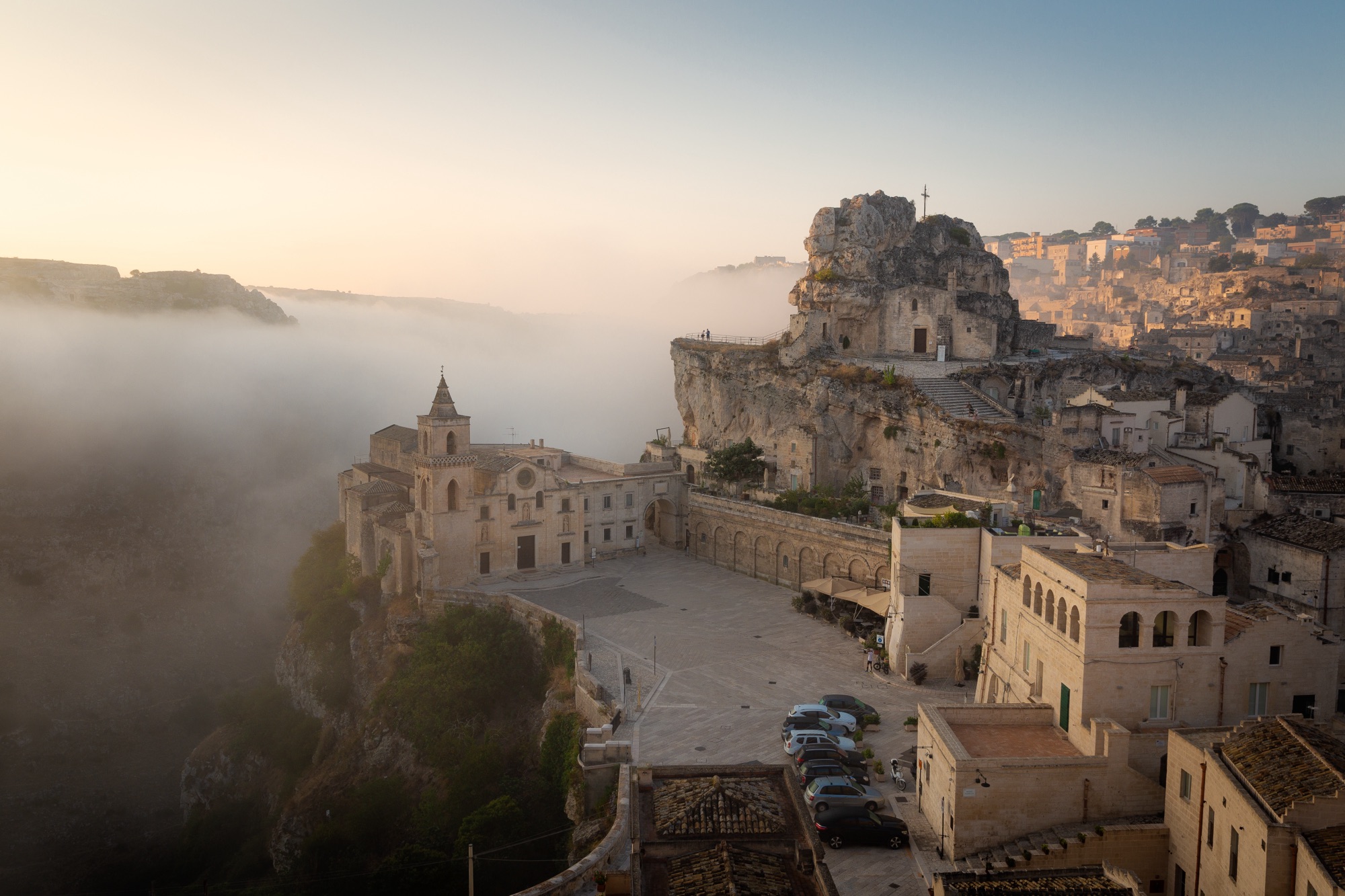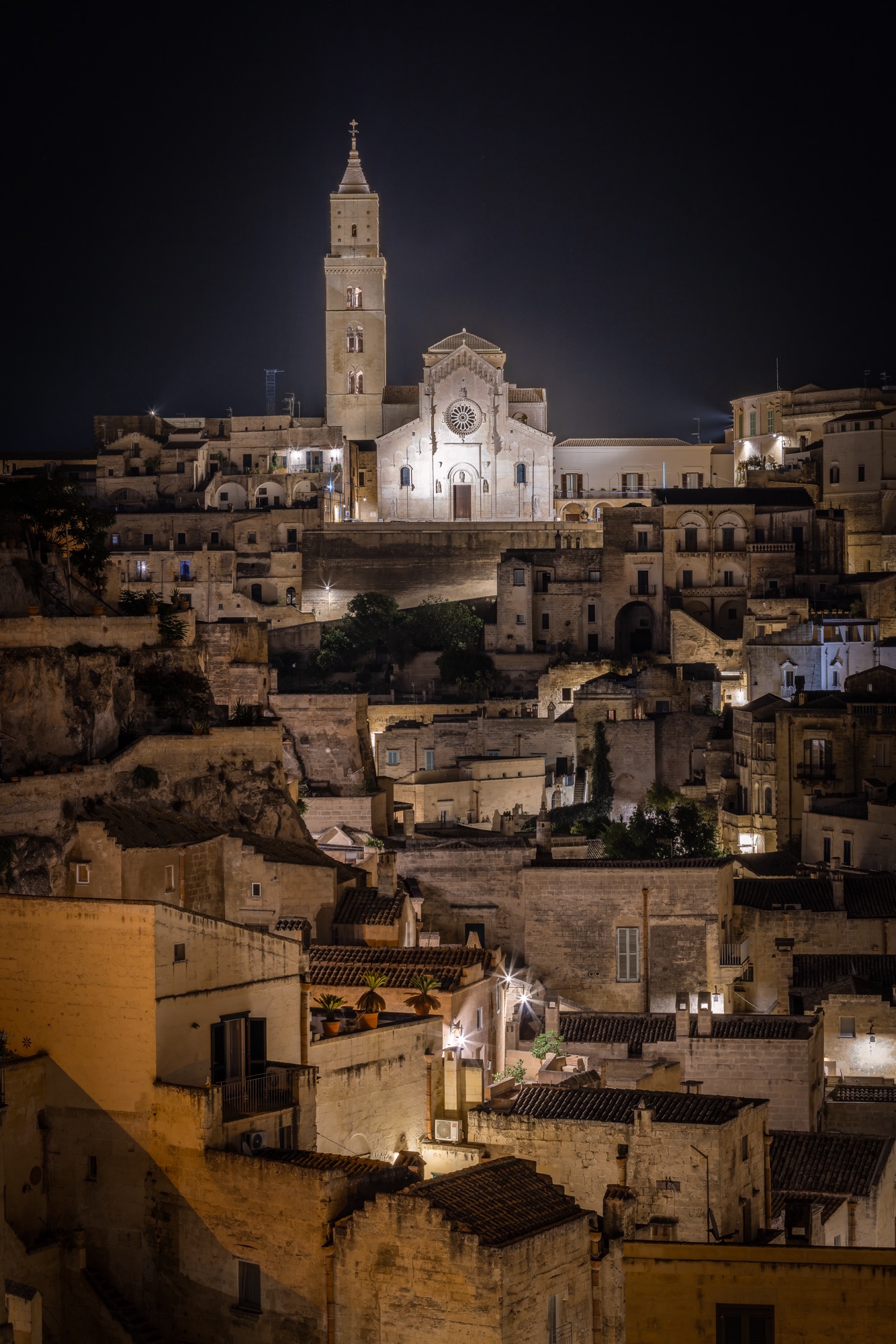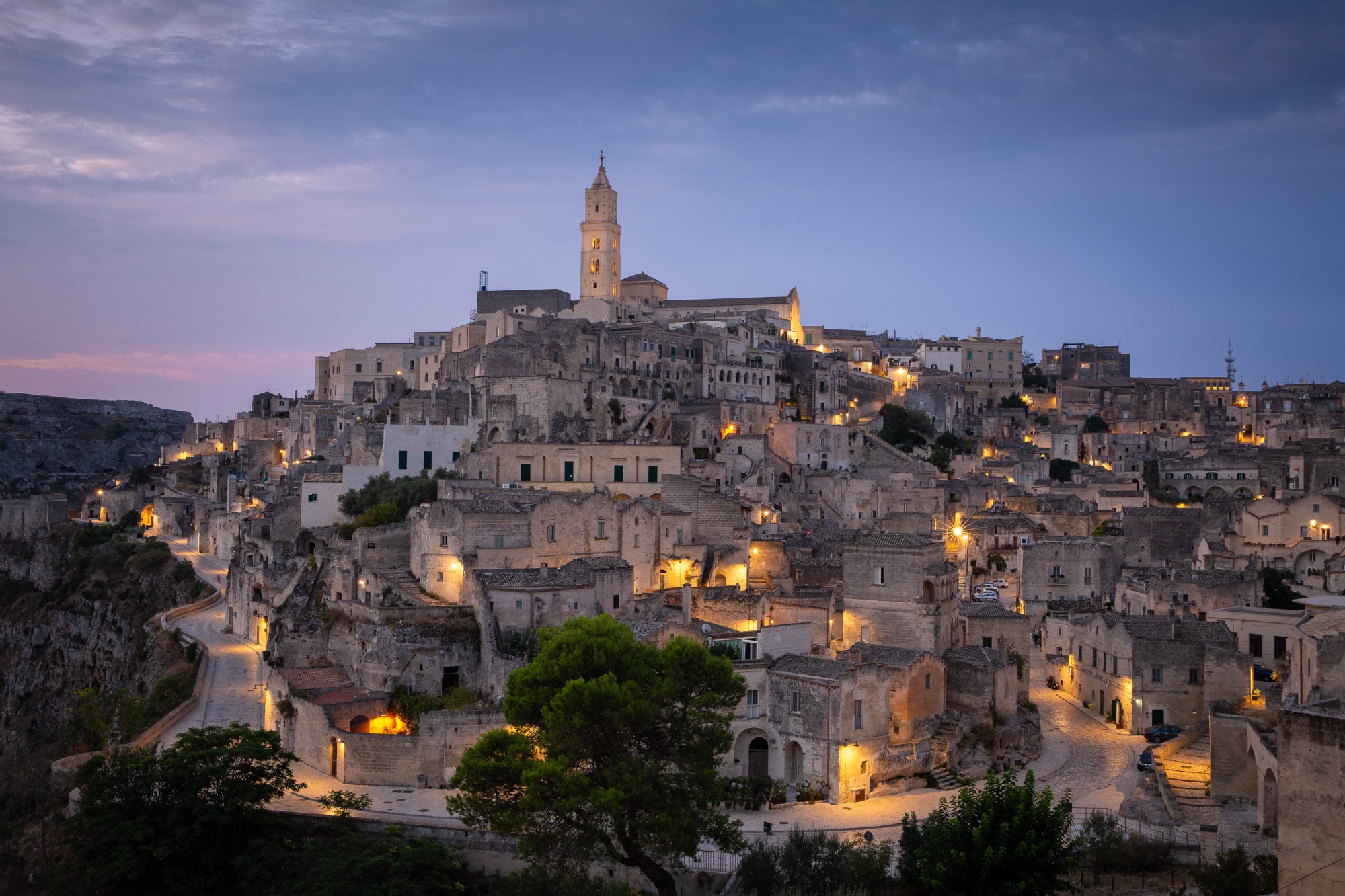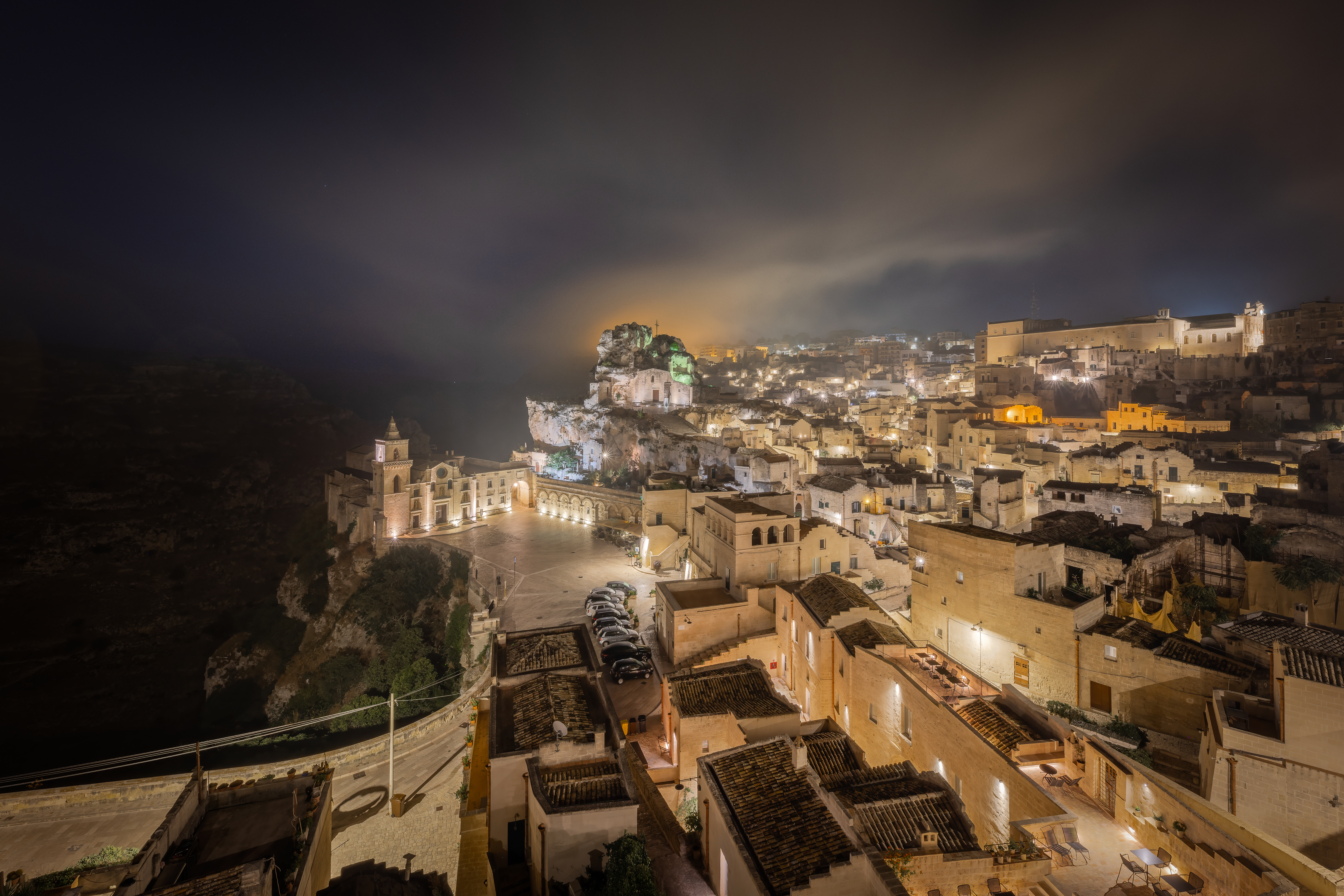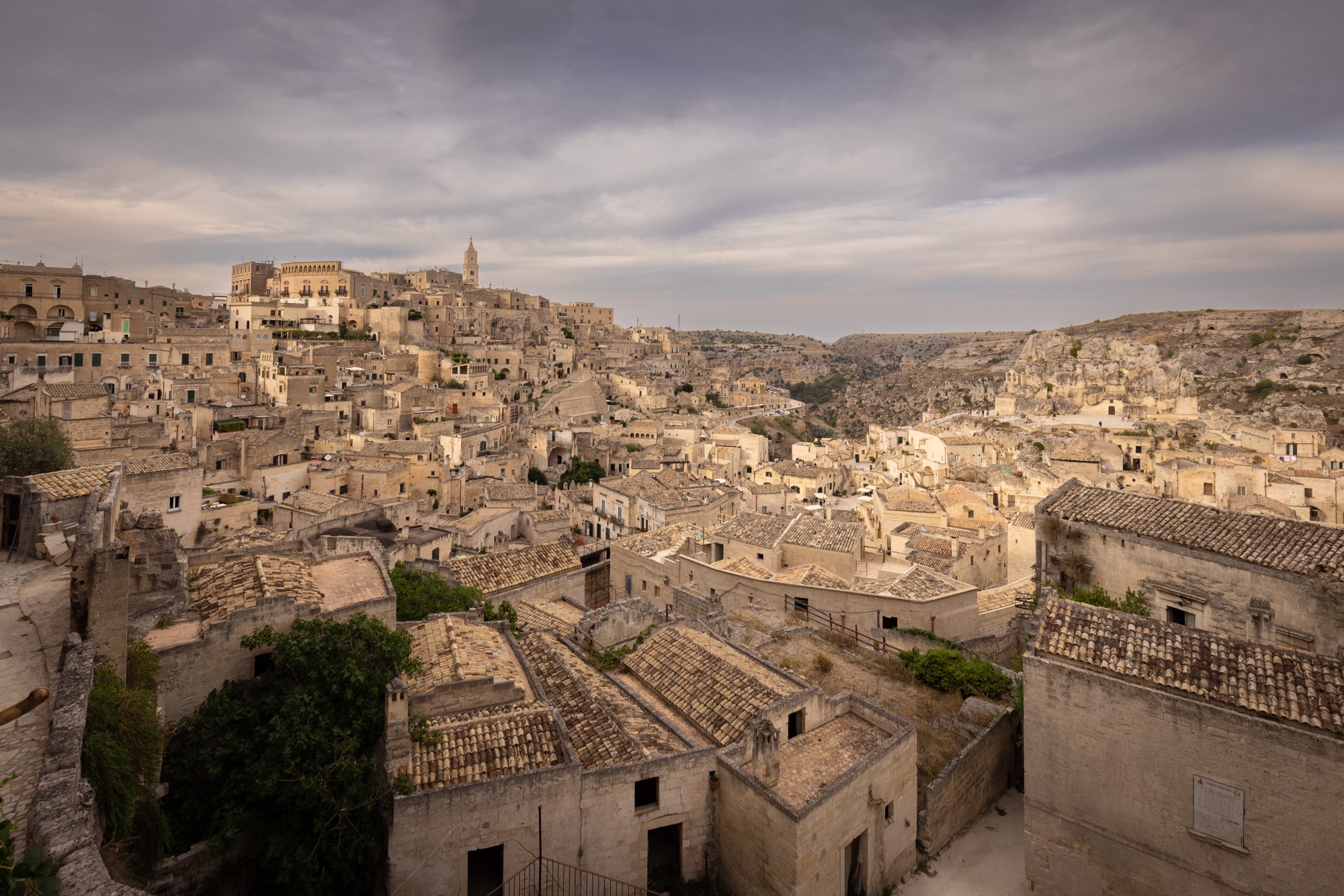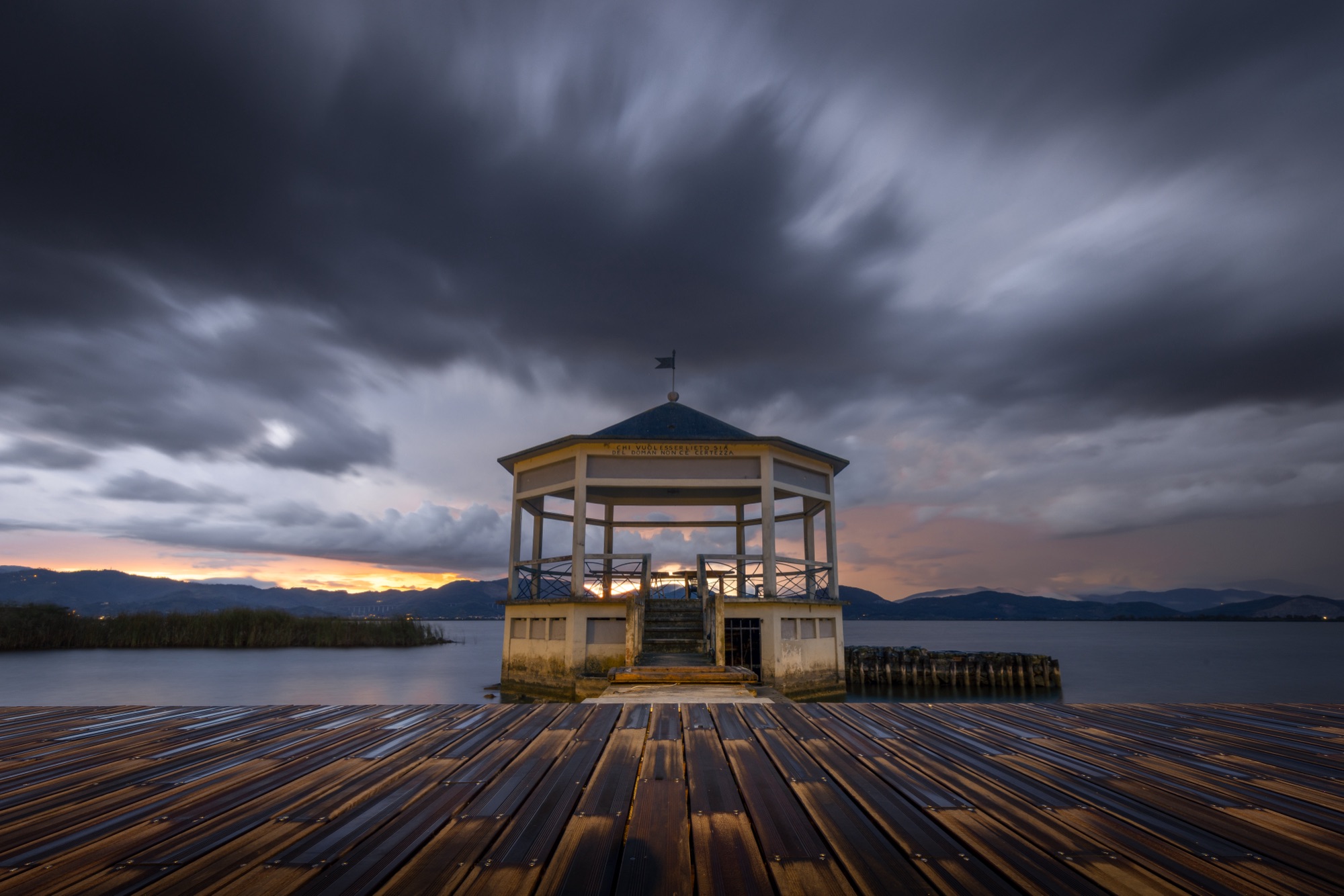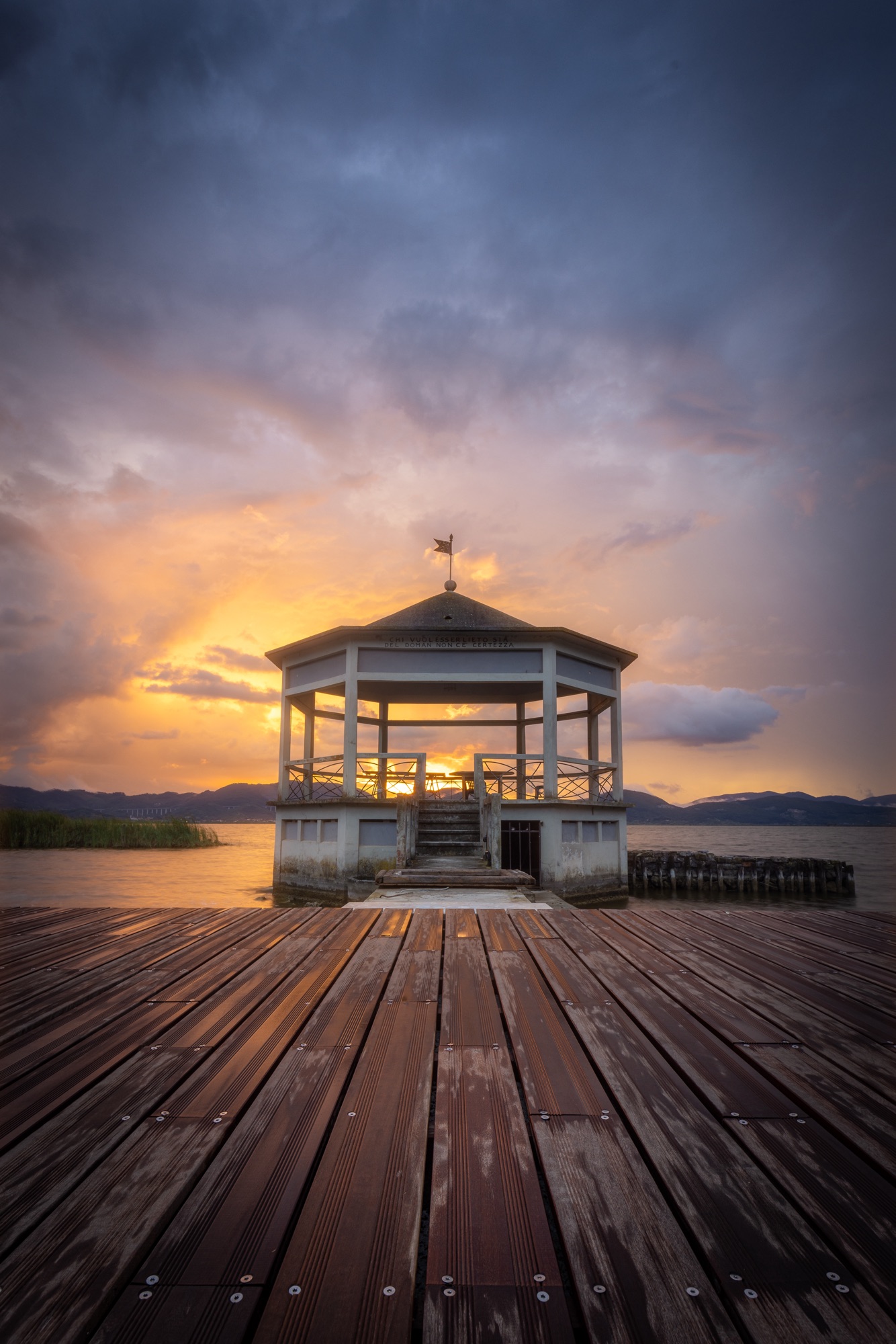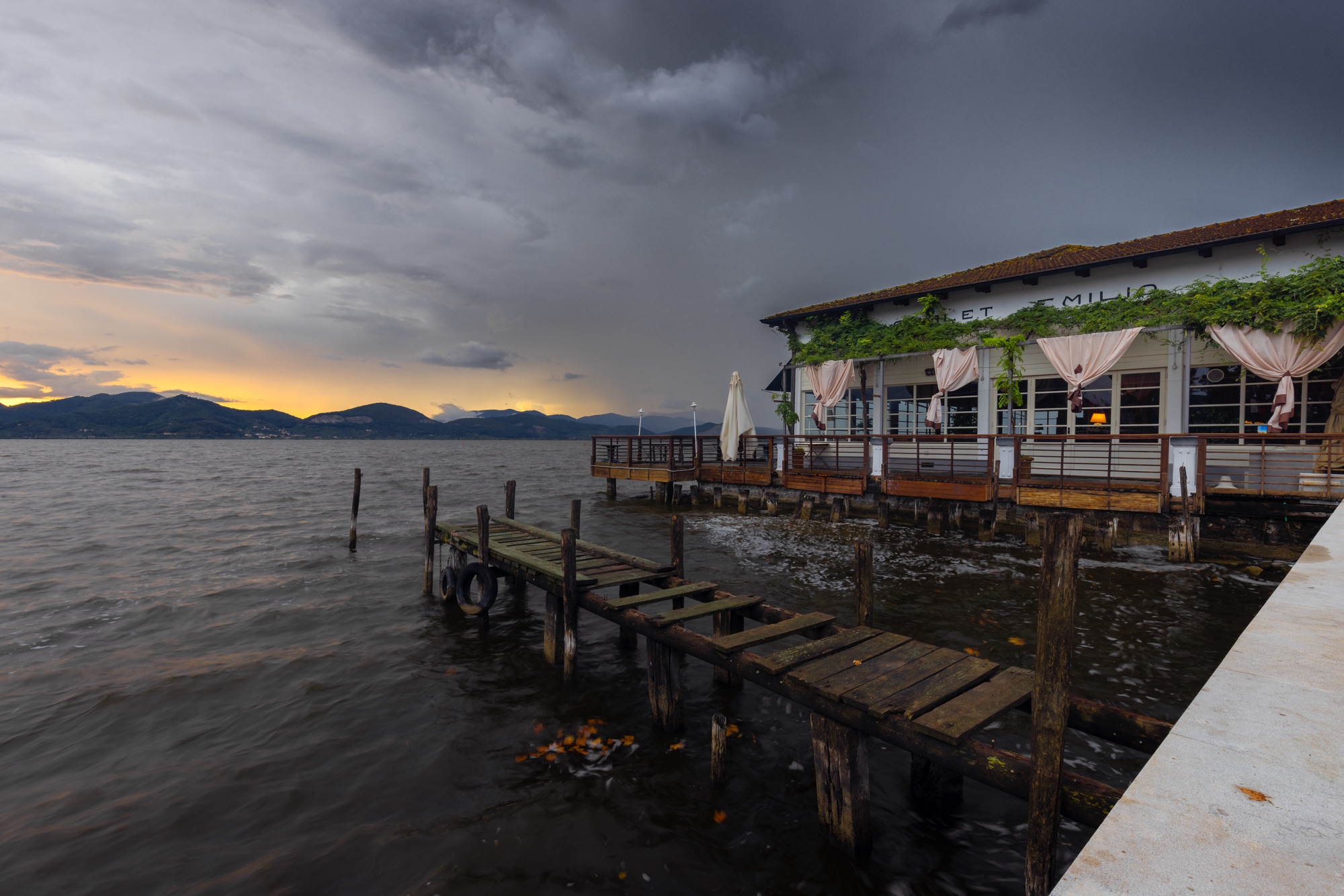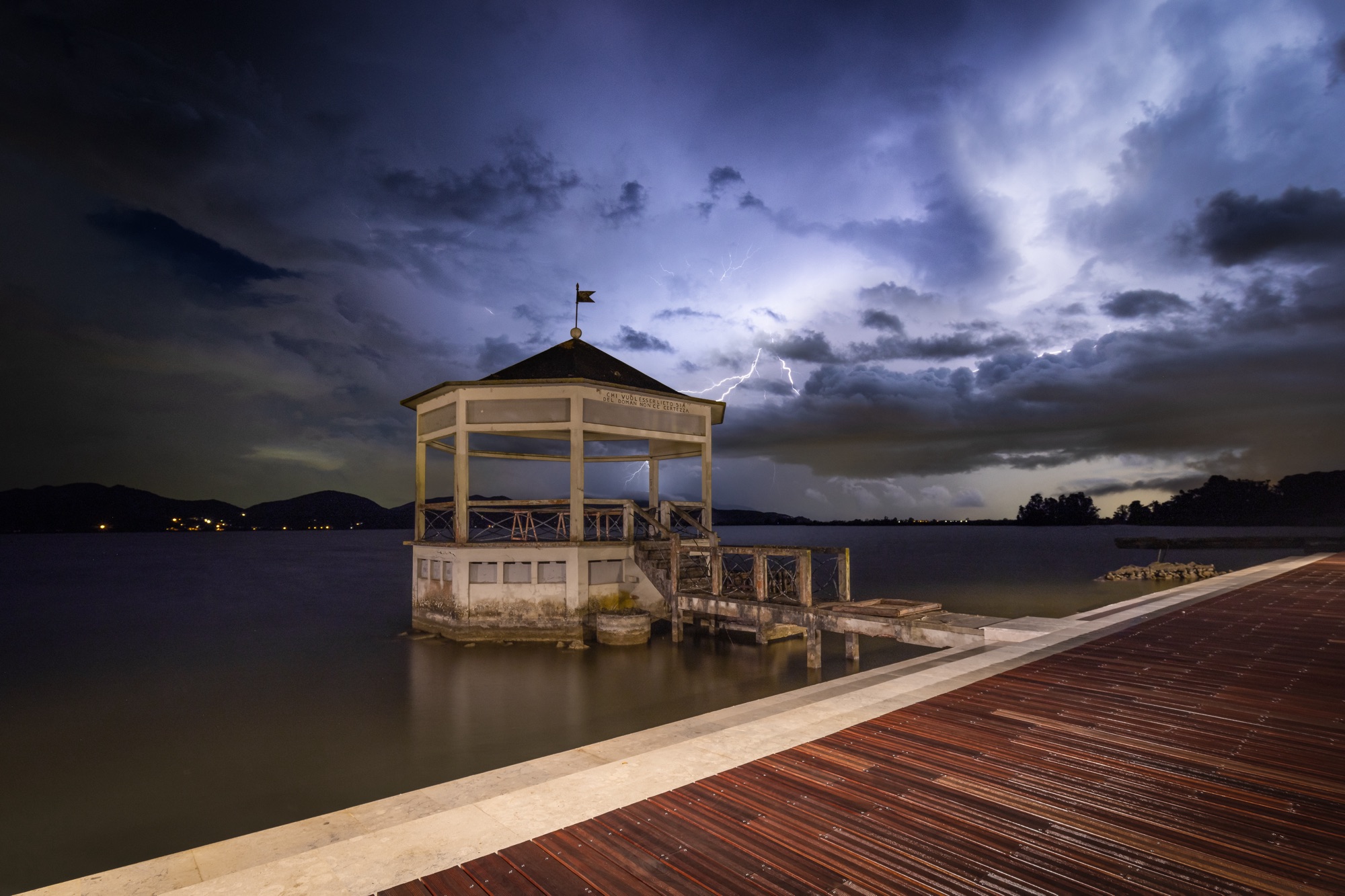Se solo sapeste quanto ho desiderato vedere questa città… sono anni che ci penso. Troppo lontano. Troppo impegnativo. Ed invece eccomi qua… finalmente ho realizzato un piccolo sogno da tempo custodito nel mio cassetto del cuore: visitare e fotografare Matera.
Matera, la città dei sassi, non ha certo bisogno di presentazioni. Rappresenta una delle città ancora abitate più antiche al mondo. Dal 1993 fa parte del patrimonio dell’umanità dell’UNESCO.
Matera è la prima meta del viaggio/vacanze di questa estate. Partiamo di notte, per far riposare i bambini. Il viaggio è piuttosto impegnativo: sono 7 ore e mezza circa. Tutto sommato scorre comunque bene. Poco traffico. Buone condizioni meteo. Tutto come programmato. Arriviamo in centro a Matera alle 8:00 in punto la mattina. La città si è svegliata da poco. Parcheggiamo per raggiungere il centro e fare colazione. La prima cosa che cattura la mia attenzione, è il profumo del pane e dei dolci appena sfornati. Dalle panetterie, un forte aroma di pane appena cotto si propaga per le antiche viuzze della città.
Prima di fare colazione, entriamo in centro storico, affacciandoci dal belvedere di piazzetta Pascoli. La visuale di tutto il Sasso Caveoso si apre davanti ai nostri occhi con un fascino incredibile. Nonostante la luce sia piuttosto dura, è affascinante. Già prendo visione di alcuni scorci da fotografare nelle ore clou, all’alba e in notturna.
Prendiamo un caffè, per riprenderci dal lungo viaggio, e, sempre un po’ intontiti ci dirigiamo al nostro alloggio per rassettarci e riposare un poco, prima di esplorare a fondo la città.
Nel pomeriggio ci addentriamo nelle viuzze del centro storico. Ci perdiamo letteralmente tra i vicoli del quartiere più antico: il Sasso Caveoso. Attraversiamo viuzze che si snodano tra le antichissime case/grotta, scavate nel tufo. L’atmosfera è incredibile. Pensare a quanti anni possa avere questa cittadina è da non credere. Saliamo e scendiamo scale e gradini. Ogni anfratto si collega ad una via che ci porta verso il centro. La città è composta da due rioni fatti a conca, il Sasso Caveoso ed il Sasso Barisano. Essi sono divisi l’uno dall’altro da uno sperone roccioso, la Civita, dove svetta la cattedrale ed i palazzi nobiliari.
Gironzolando, arriviamo all’ora del tramonto, e la città comincia a manifestarsi in tutto il suo splendore. Il cielo comincia a colorare leggermente, le case sono tagliate da squarci di sole, e le ombre si proiettano le une sulle altre, si allungano, e donano ancora più tridimensionalità a questo conglomerato urbano. Man mano che l’oscurità avanza le luci della città si accendono una dopo l’altra, trasformando la città in un piccolo presepe vivente. Di notte Matera ha un fascino ineguagliabile. Le luci color arancio contrastano con le sfumature blu scure del cielo. Fotografarla di notte è un’esperienza incredibile. Andiamo finalmente a dormire, poche preziose ore per affrontare la mattinata successiva.
Ore 4:00. Suona la sveglia. Come di consueto mi alzo, stanco ma speranzoso di trovare delle condizioni ottimali. Passeggio in solitaria per il Sasso Barisano in cerca dei migliori scorci per immortalare la mia prima alba a Matera. Una delle prime foto che scatto, è dalla terrazza della chiesa di Sant’Agostino. Da questo punto, ho una visuale su tutto il Sasso Barisano. Il cielo mi assiste e mi regala una luce mozzafiato, con un cielo che si colora di mille sfumature diverse, dal giallo al viola, passando da un arancio ed un rosso intenso. Cambio postazione e cerco una composizione con entrambi i campanili. Anche questo scatto, subito dopo il sorgere del sole è da pelle d’oca. Continuo a girare e vedo composizioni interessanti ad ogni passo. Sono solo. Gli unici rumori che sento è il suono dei miei passi. Sembra che il tempo si sia fermato. La città ci mette un po’ a svegliarsi. E di questo ne approfitto per fotografare il posto, senza alcuna contaminazione umana.
Intorno alle nove di mattina decido di rientrare alla base. Sono pronto ad affrontare la classica giornata da turista con la famiglia. Durante le ore diurne, ne approfitto per visitare la città, i musei, le chiese. Cerco ispirazione e nuovi scorci da fotografare durante la notte e la mattina successiva. Nel tardo pomeriggio assistiamo ad un tramonto memorabile. Ci troviamo nella piazza di fronte alla cattedrale. Guardando ad ovest verso il Sasso Barisano, il cielo si tinge di mille colori. Quando il sole va giù, le luci delle case prendono vita ed affrontano una nuova oscurità, mentre, sopra i tetti, il cielo prende letteralmente fuoco. È un’emozione difficile da descrivere. Sono stato fortunato a poter immortalare questo momento.
Andiamo a cena. Anche il lato gastronomico ha il suo perché. Salumi, crostoni col pane di Matera, peperoni cruschi, la Cialledda, gli aperitivi. Tutto spettacolare. I sapori lucani sono davvero molto interessanti, decisi, croccanti. Dopo cena mi concedo qualche altro veloce scatto notturno durante la via del rientro. Posso coricarmi e riposare qualche ora. La sveglia è pronta a svegliarmi nuovamente alle 4 della mattina successiva.
Drinnn… ci siamo. Ancora in piedi. Stavolta l’intenzione è esplorare il Sasso Caveoso, la parte più antica e più misteriosa di Matera. Il punto focale è senza dubbio la chiesa rupestre di Santa Maria di Idris. È un edificio scavato nella roccia, che si erge nella parte alta del Monterrone, una rupe calcarea che domina il Sasso Caveoso. Gironzolo senza sosta, cercando il punto più interessante da dove scattare. Aspetto con ansia il sorgere del sole, che illuminerà questo posto. Ma oggi il meteo mi fa un regalo enorme: la nebbia!!! Il primo chiarore del cielo si ovatta completamente. Questa nube biancastra rende tutto così etereo e così incredibilmente magico. Posiziono tutti gli attrezzi del mestiere. Ho due fotocamere, ed una videocamera per un bel time-lapse. Anche stamani sono solo. Soltanto più tardi, un gruppo di giapponesi mi si affianca, cercando di copiare i miei scatti, incuriositi dalle fotocamere appostate. Ciò che ho davanti è difficile da spiegare. La nebbia va e viene. Avvolge tutto e a volte rivela qualche dettaglio, che emerge timido davanti agli occhi. Quando nasce il sole sulla mia sinistra, il calore comincia ad asciugare l’umidità dell’aria, abbassando il muro di nebbia, che pian piano svanisce come un sogno, rivelando il paesaggio sotto i tenui raggi di sole, che illuminano i Sassi. Una meraviglia infinita. Non mi sarei nemmeno mai sognato di trovare queste condizioni. Mi sento davvero baciato dalla fortuna. Ringrazio e continuo il mio giro, cercando gli ultimi scorci prima di rientrare alla base.
Stamani è il giorno della partenza. Devo lasciare Matera. La mia vacanza prosegue, in direzione Puglia. A malincuore devo salutare questa meravigliosa città. Consapevole che un giorno tornerò a vederla e a fotografarla. Tornerò a fare scatti probabilmente con occhi diversi, a questo posto che invece, rimarrà immutato, come un piccolo mondo a sé, dove il tempo sembra essersi fermato da tanto. Matera… ti porterò sempre nel mio cuore. Arrivederci.
If you only knew how much I’ve wanted to see this city… I’ve been thinking about it for years. Too far. Too challenging. And yet here I am… I have finally realized a little dream that has been kept in my heart for a long time: visiting and photographing Matera.
Matera, the city of stones, certainly needs no introduction. It represents one of the oldest still inhabited cities in the world. Since 1993 it has been part of the UNESCO world heritage site.
Matera is the first destination of this summer’s trip/holiday. We leave at night, to let the children rest. The journey is quite demanding: it takes around 7 and a half hours. All in all it runs well though. Little traffic. Good weather conditions. Everything as planned. We arrive in the center of Matera at 8:00 sharp in the morning. The city has recently woken up. We park to reach the center and have breakfast. The first thing that catches my attention is the smell of freshly baked bread and desserts. From the bakeries, a strong aroma of freshly baked bread wafts through the ancient streets of the city.
Before having breakfast, we enter the historic center, looking out from the viewpoint of Piazzetta Pascoli. The view of the entire Sasso Caveoso opens before our eyes with incredible charm. Although the light is quite harsh, it is fascinating. I am already looking at some views to photograph during the peak hours, at dawn and at night.
We have a coffee, to recover from the long journey, and, still a little groggy, we head to our accommodation to tidy up and rest a little, before exploring the city in depth.
In the afternoon we enter the narrow streets of the historic center. We literally get lost in the alleys of the oldest neighborhood: Sasso Caveoso. We cross alleys that wind between the very ancient houses/caves, dug into the tuff. The atmosphere is incredible. Thinking about how old this town can be is unbelievable. We go up and down stairs and steps. Each ravine connects to a road that takes us towards the center. The city is made up of two basin-shaped districts, Sasso Caveoso and Sasso Barisano. They are divided from each other by a rocky spur, the Civita, where the cathedral and the noble palaces stand out.
Wandering around, we arrive at sunset, and the city begins to reveal itself in all its splendor. The sky begins to color slightly, the houses are cut by glimpses of sun, and the shadows are projected onto each other, lengthen, and give even more three-dimensionality to this urban conglomerate. As darkness advances, the city lights come on one after the other, transforming the city into a small living nativity scene. At night Matera has an unparalleled charm. The orange lights contrast with the dark blue shades of the sky. Photographing it at night is an incredible experience. We finally go to sleep, a few precious hours to face the next morning.
4:00 am. The alarm rings. As usual I get up, tired but hopeful of finding optimal conditions. I walk alone through Sasso Barisano in search of the best views to immortalize my first sunrise in Matera. One of the first photos I take is from the terrace of the church of Sant’Agostino. From this point, I have a view of the entire Sasso Barisano. The sky assists me and gives me a breathtaking light, with a sky that is colored with a thousand different shades, from yellow to purple, passing through orange and intense red. I change location and look for a composition with both bell towers. This shot, immediately after sunrise, also gives you goosebumps. I keep turning and see interesting compositions at every step. I’m alone. The only noises I hear are the sound of my footsteps. It seems that time has stopped. It takes a while for the city to wake up. And I take advantage of this to photograph the place, without any human contamination.
Around nine in the morning I decide to return to base. I’m ready to face the classic tourist day with my family. During the daytime, I take the opportunity to visit the city, the museums, the churches. I look for inspiration and new views to photograph during the night and the next morning. In the late afternoon we witness a memorable sunset. We are in the square in front of the cathedral. Looking west towards Sasso Barisano, the sky is tinged with a thousand colours. When the sun goes down, the lights of the houses come to life and face a new darkness, while, above the roofs, the sky literally catches fire. It’s a difficult emotion to describe. I was lucky to be able to capture this moment.
Let’s go to dinner. The gastronomic side also has its reasons. Cured meats, crostoni with Matera bread, bran peppers, Cialledda, aperitifs. Everything spectacular. The Lucanian flavors are really very interesting, decisive, crunchy. After dinner I treat myself to a few more quick night shots on the way back. I can lie down and rest for a few hours. The alarm is ready to wake me up again at 4am the next morning.
Drinnn… here we go. Still standing. This time the intention is to explore Sasso Caveoso, the oldest and most mysterious part of Matera. The focal point is undoubtedly the rock church of Santa Maria di Idris. It is a building carved into the rock, which stands in the upper part of Monterrone, a limestone cliff that dominates Sasso Caveoso. I wander around non-stop, looking for the most interesting point from which to shoot. I anxiously await the sunrise, which will illuminate this place. But today the weather gives me a huge gift: the fog!!! The first light of the sky is completely muffled. This whitish cloud makes everything so ethereal and so incredibly magical. I place all the tools of the trade. I have two cameras, and a video camera for a nice time-lapse. Even this morning I’m alone. Only later, a group of Japanese came alongside me, trying to copy my shots, intrigued by the cameras stationed there. What I have before me is difficult to explain. The fog comes and goes. It envelops everything and sometimes reveals some details, which emerge shyly before the eyes. When the sun rises on my left, the heat begins to dry the humidity in the air, lowering the wall of fog, which slowly vanishes like a dream, revealing the landscape under the soft rays of the sun, which illuminate the Sassi. An infinite wonder. I never even dreamed of finding these conditions. I feel truly blessed. I thank you and continue my tour, looking for the last glimpses before returning to base.
This morning is the day of departure. I have to leave Matera. My holiday continues, towards Puglia. Reluctantly I have to say goodbye to this wonderful city. Aware that one day I will return to see it and photograph it. I will probably return to take shots with different eyes, of this place which, however, will remain unchanged, like a small world in itself, where time seems to have stopped for a long time. Matera… I will always carry you in my heart. Until we meet again.
4:00 am. The alarm rings. As usual I get up, tired but hopeful of finding optimal conditions. I walk alone through Sasso Barisano in search of the best views to immortalize my first sunrise in Matera. One of the first photos I take is from the terrace of the church of Sant’Agostino. From this point, I have a view of the entire Sasso Barisano. The sky assists me and gives me a breathtaking light, with a sky that is colored with a thousand different shades, from yellow to purple, passing through orange and intense red. I change location and look for a composition with both bell towers. This shot, immediately after sunrise, also gives you goosebumps. I keep turning and see interesting compositions at every step. I’m alone. The only noises I hear are the sound of my footsteps. It seems that time has stopped. It takes a while for the city to wake up. And I take advantage of this to photograph the place, without any human contamination.
Around nine in the morning I decide to return to base. I’m ready to face the classic tourist day with my family. During the daytime, I take the opportunity to visit the city, the museums, the churches. I look for inspiration and new views to photograph during the night and the next morning. In the late afternoon we witness a memorable sunset. We are in the square in front of the cathedral. Looking west towards Sasso Barisano, the sky is tinged with a thousand colours. When the sun goes down, the lights of the houses come to life and face a new darkness, while, above the roofs, the sky literally catches fire. It’s a difficult emotion to describe. I was lucky to be able to capture this moment.
Let’s go to dinner. The gastronomic side also has its reasons. Cured meats, crostoni with Matera bread, bran peppers, Cialledda, aperitifs. Everything spectacular. The Lucanian flavors are really very interesting, decisive, crunchy. After dinner I treat myself to a few more quick night shots on the way back. I can lie down and rest for a few hours. The alarm is ready to wake me up again at 4am the next morning.
